One of the recommendations for people who are hiking into Machu Picchu is that they acclimate in Cusco for 2 to 3 days first. All of the preparation just to walk 37 miles over several days might seem overkill. It isn’t. Those of us that fared best out of the group we hiked with were the ones who wore the most comfortable hiking boots, trained with an intense hiking regimen before going, and were the most comfortable hiking at altitude. We had yet to meet our group. Some of the people from the group finished the trek, and others didn’t. There was illness, there were injuries, and there were adult meltdowns. It really is an intense 37-mile hike. I don’t want to make it too daunting in case it’s something you’re interested in doing, but you should be forewarned that it’s not a casual stroll in the park. 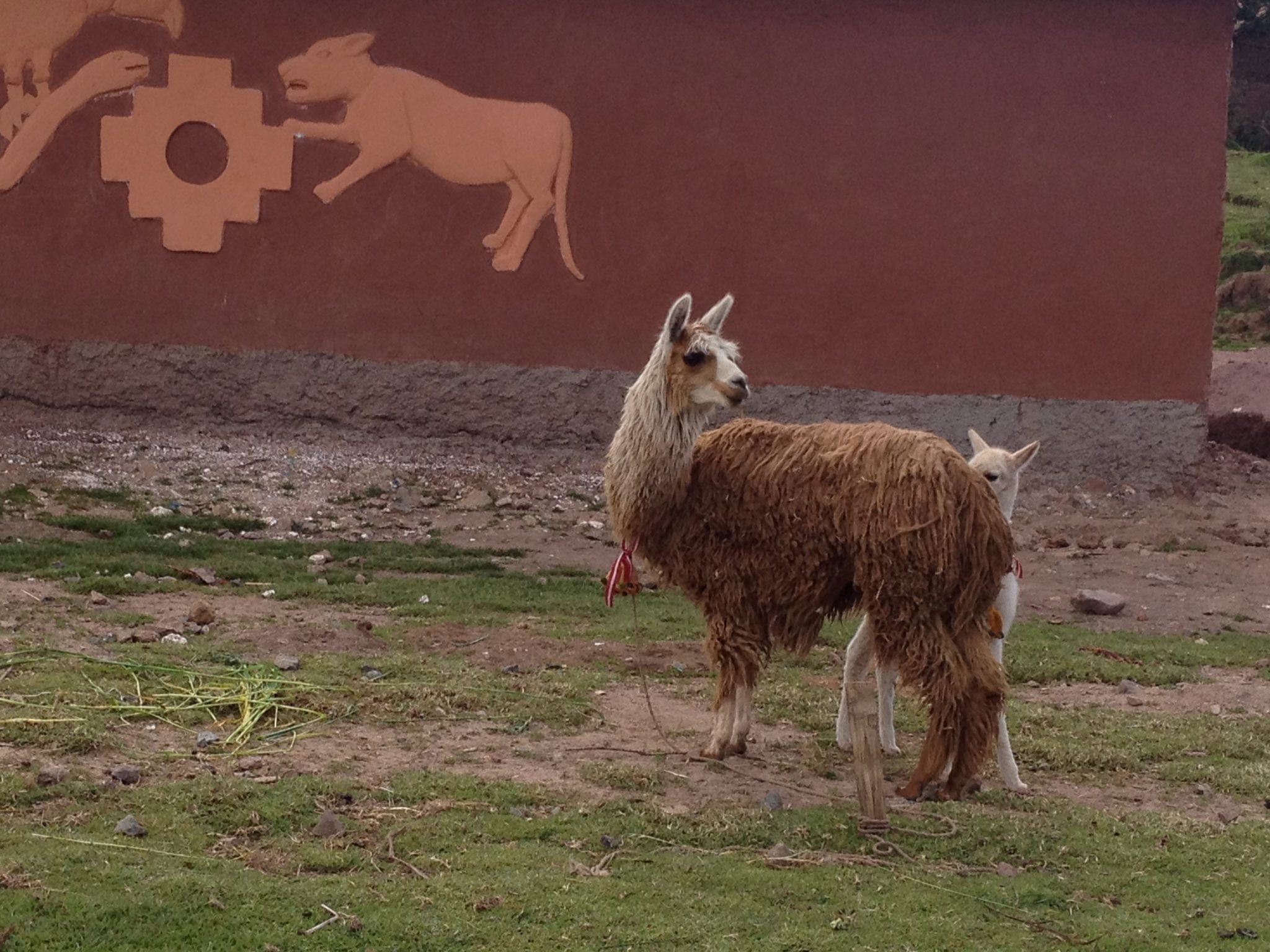 This was our last full day in Cusco, and we decided to go off the beaten path and visit some of the less touristy sites. Have you been wondering where the llama photos are? We had two llamas at home, so the llamas didn’t make a big impression on us. Here is one I found while going through the photo album as I was writing this post.
This was our last full day in Cusco, and we decided to go off the beaten path and visit some of the less touristy sites. Have you been wondering where the llama photos are? We had two llamas at home, so the llamas didn’t make a big impression on us. Here is one I found while going through the photo album as I was writing this post. 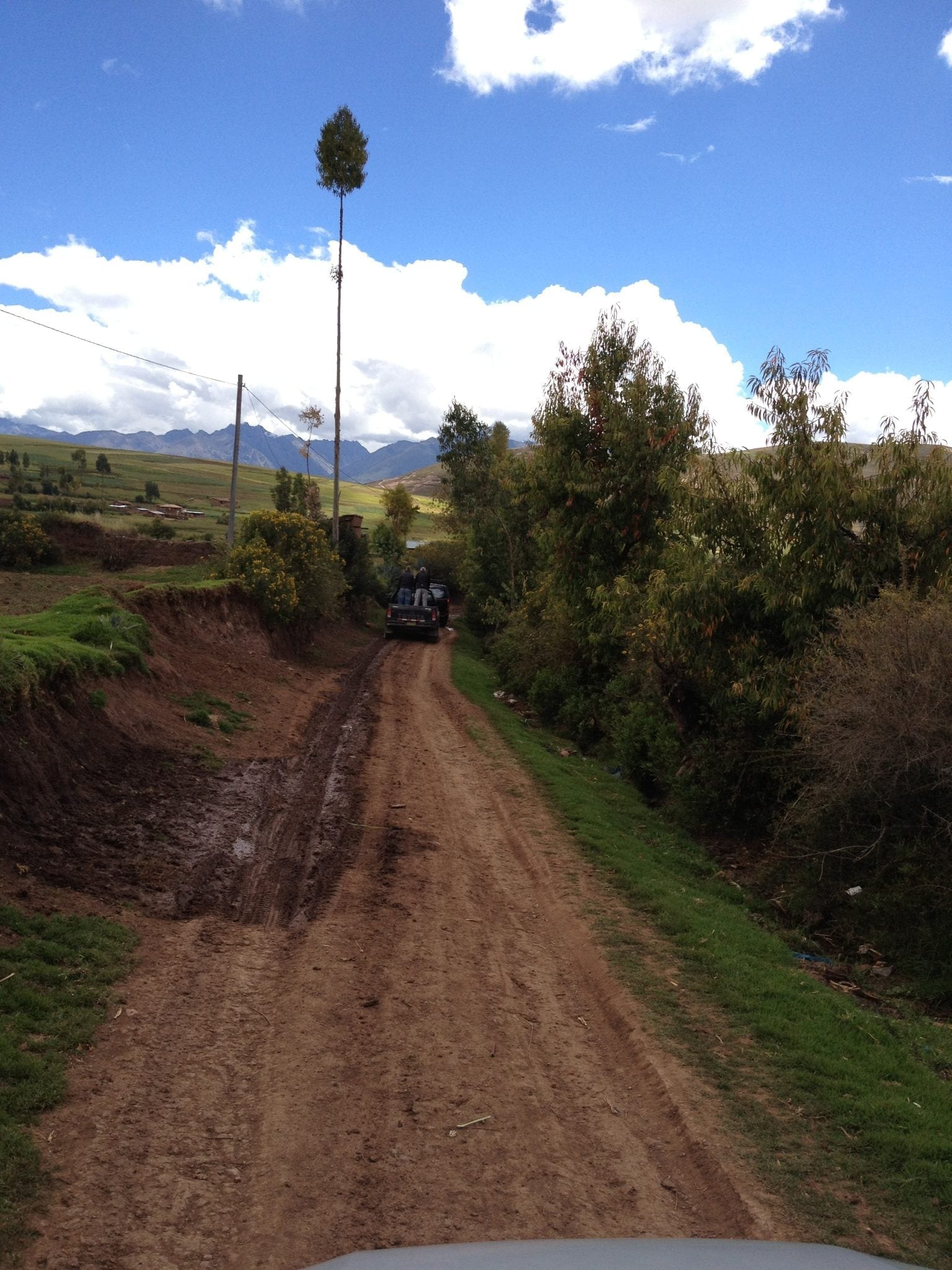 This is the side of a native house of the type you see once you get out of the city. Even today most Peruvians live a rural life. They make these bricks from the clay soil near where they live and mix it with water and hay. The bricks do not dissolve in the rain as you would think they would.
This is the side of a native house of the type you see once you get out of the city. Even today most Peruvians live a rural life. They make these bricks from the clay soil near where they live and mix it with water and hay. The bricks do not dissolve in the rain as you would think they would. 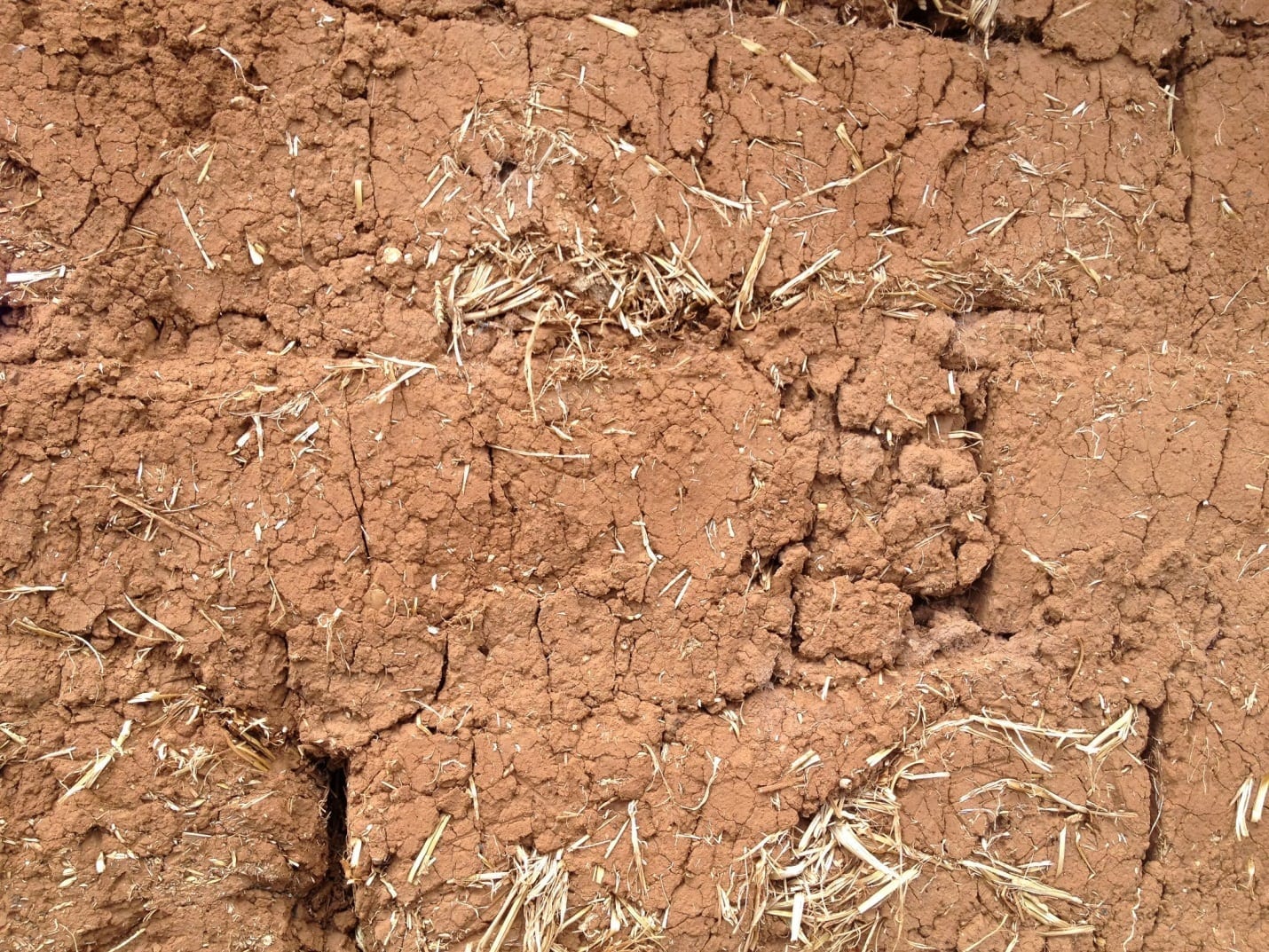
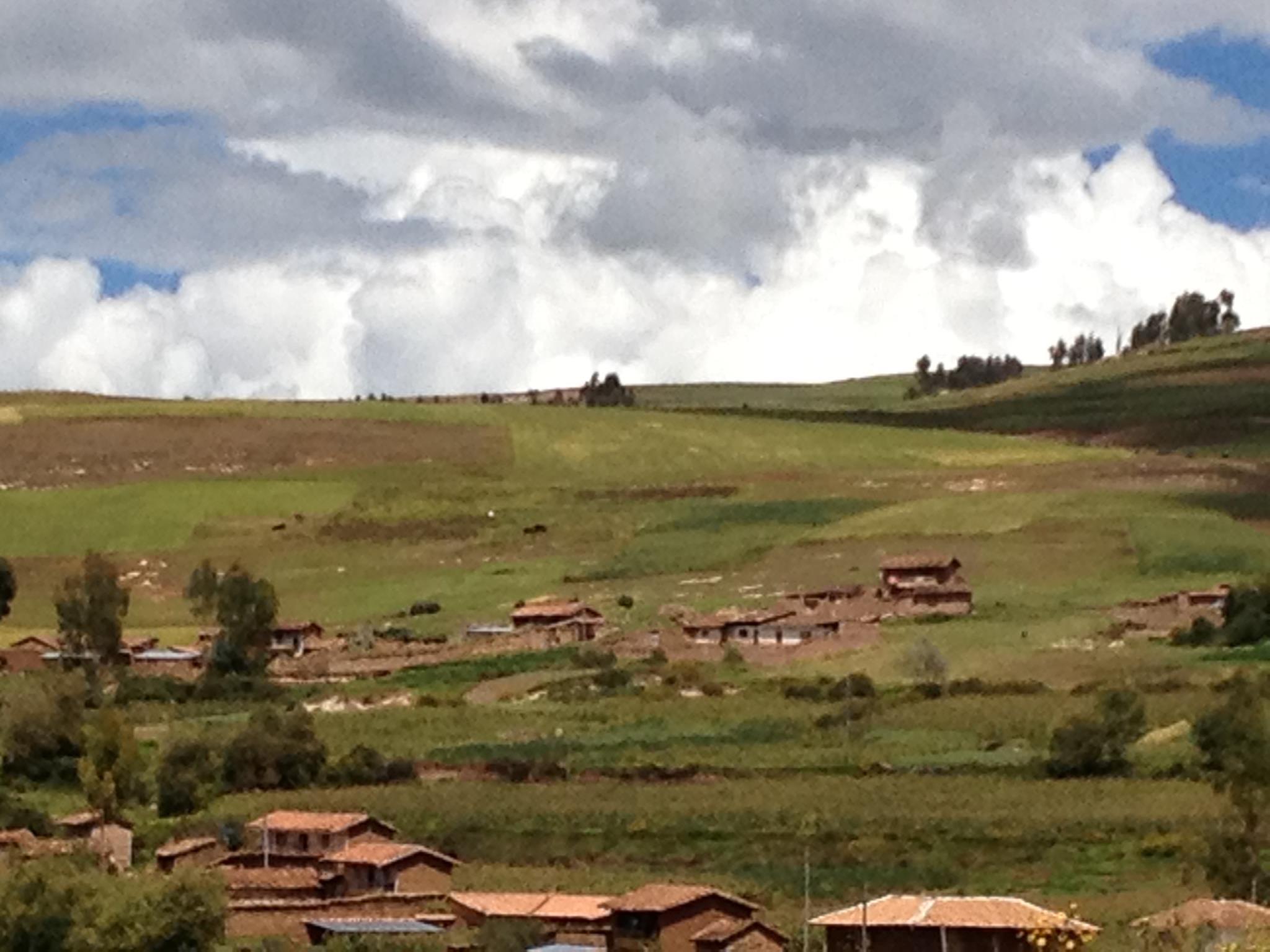 This is a typical looking rural village. They are not very big. These photos show typical dress in the country.
This is a typical looking rural village. They are not very big. These photos show typical dress in the country. 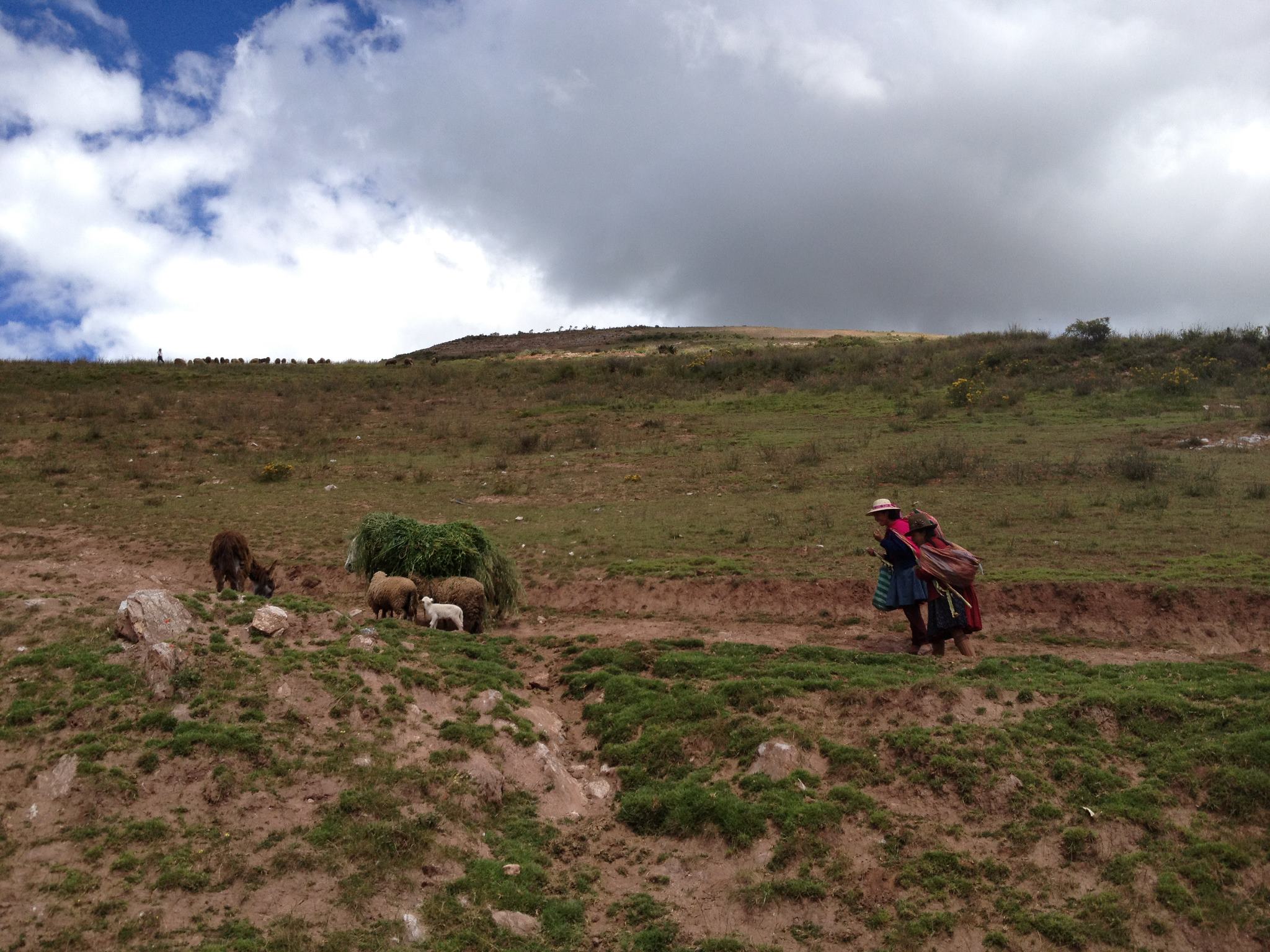
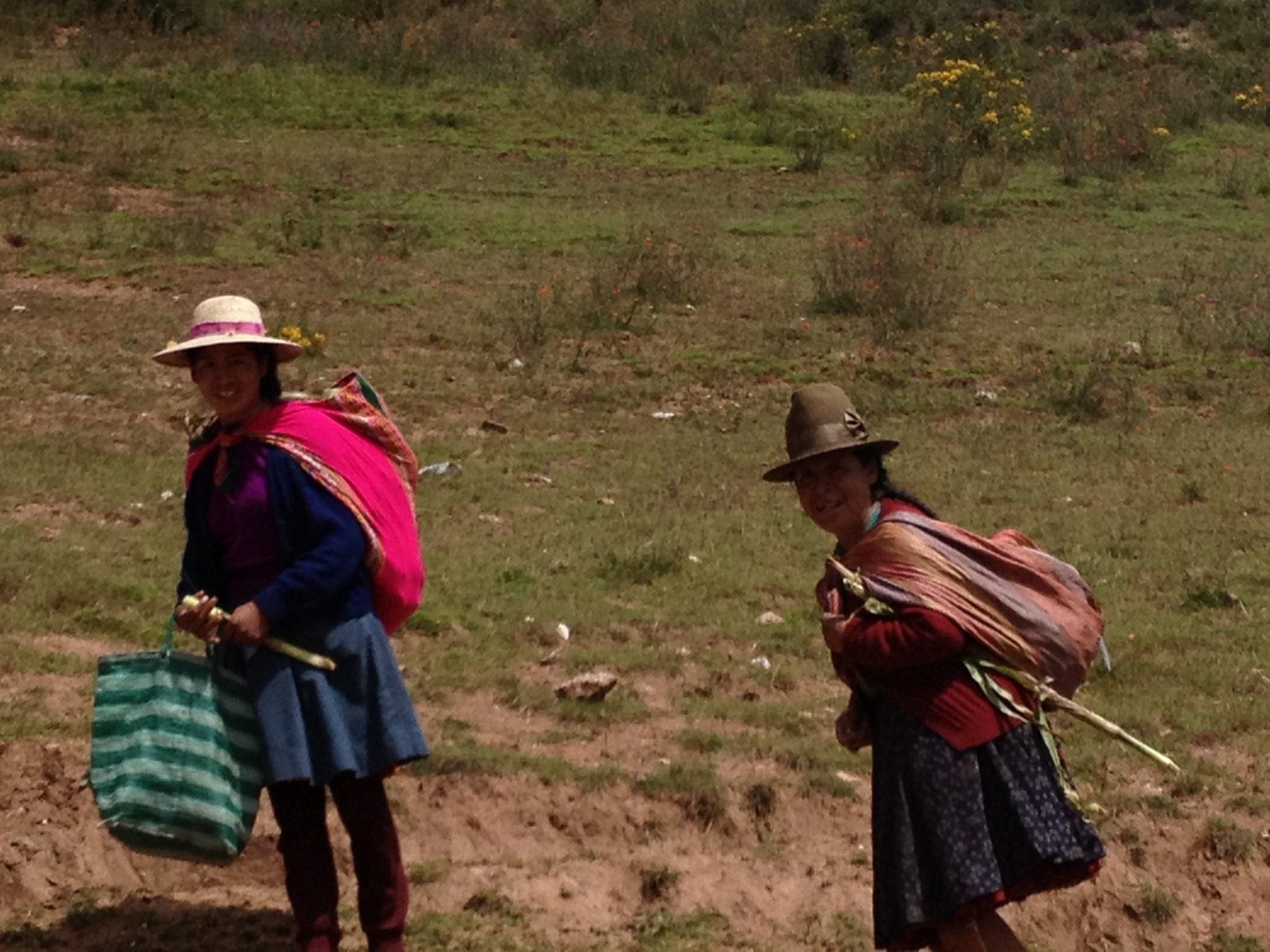
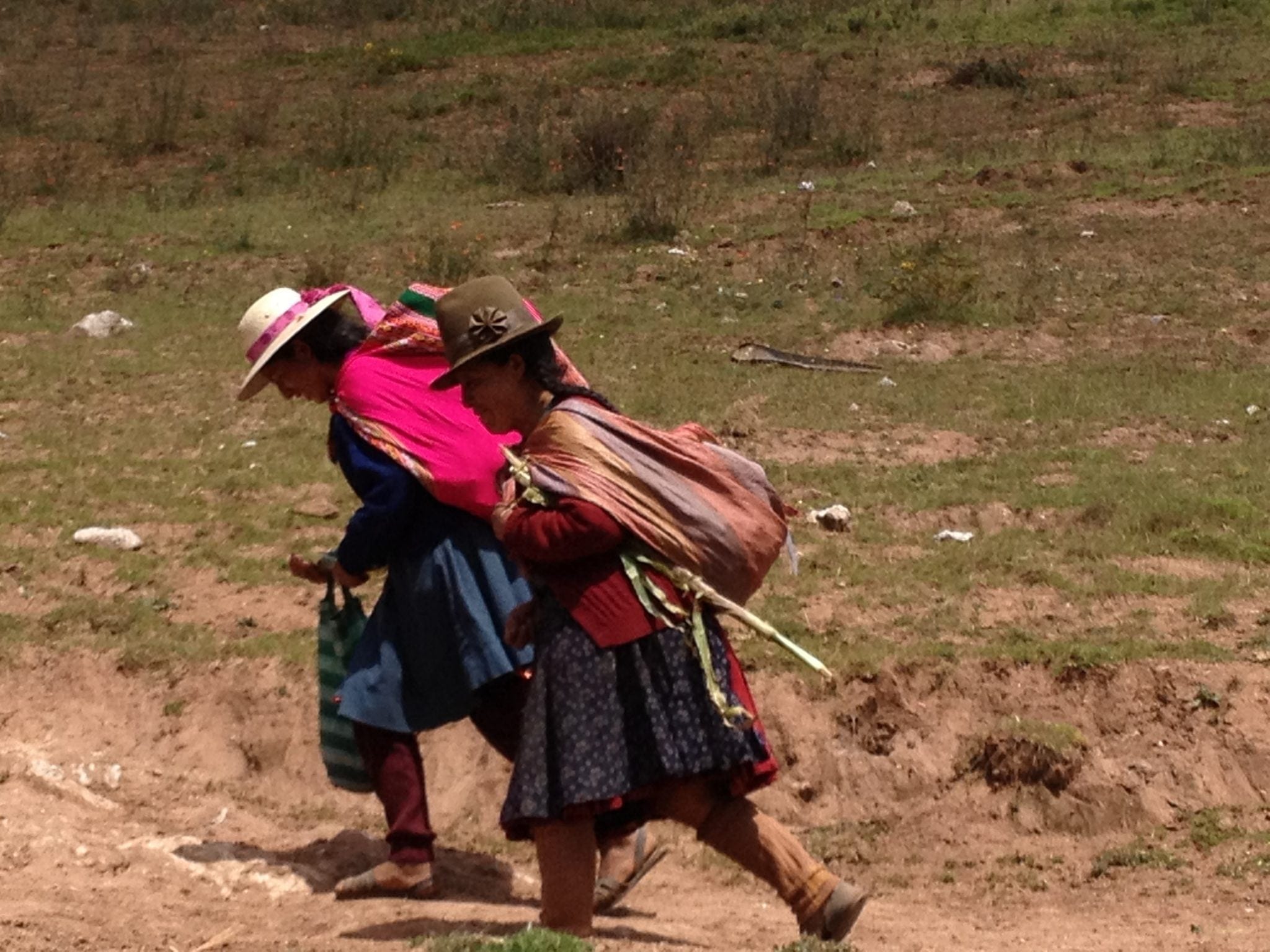 The life expectancy in the country is mid-40s. Why? The people chew coca leaves, which inhibit their appetite. Plus they eat a meal of mostly meat and potatoes. The life expectancy in Lima and the cities is the mid-70s.
The life expectancy in the country is mid-40s. Why? The people chew coca leaves, which inhibit their appetite. Plus they eat a meal of mostly meat and potatoes. The life expectancy in Lima and the cities is the mid-70s. 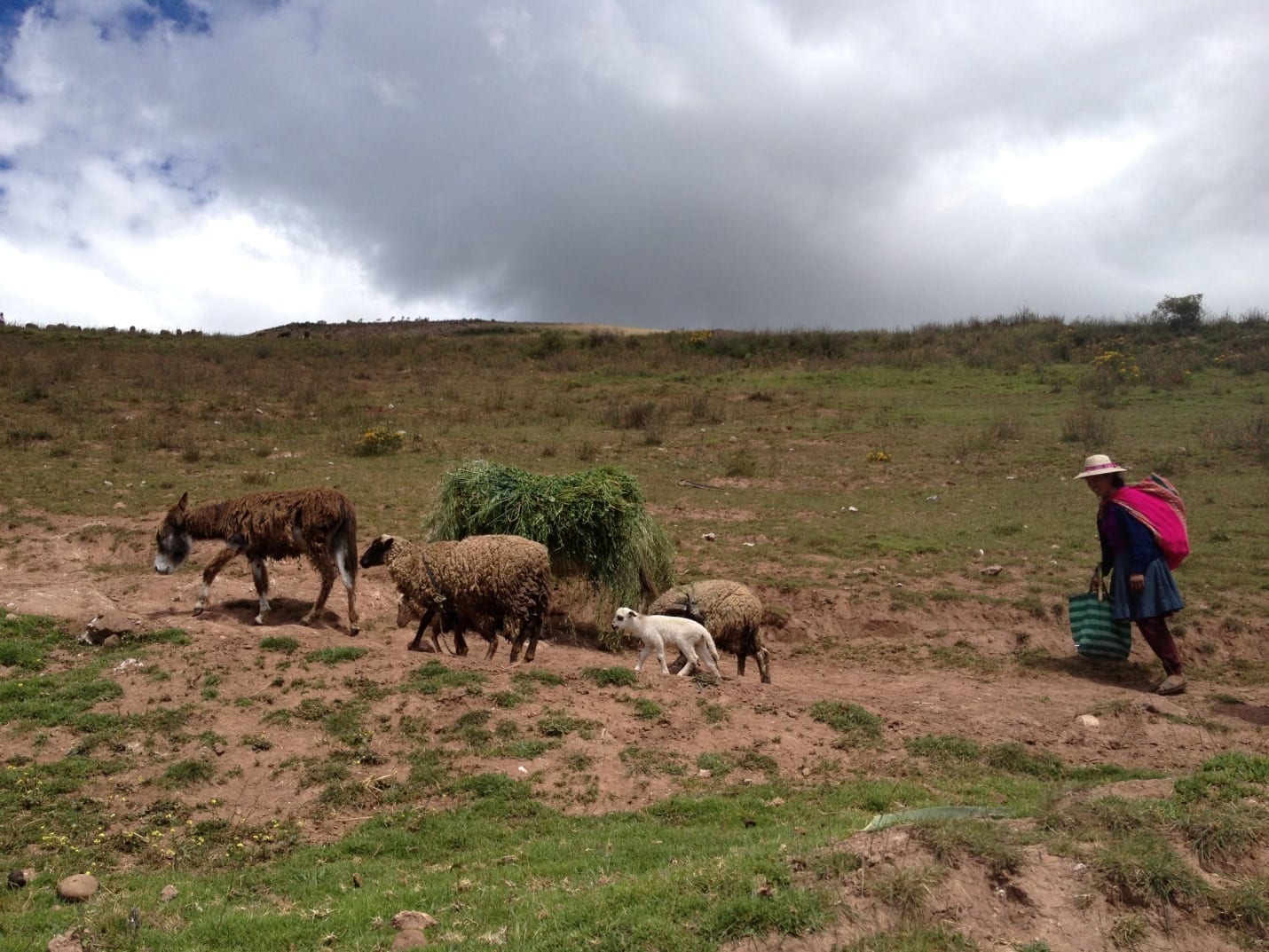 The donkey in the back is carrying food for guinea pigs. I’m not kidding. The first stop today was at Moray. “Moray or Muray (Quechua)[1] is an archaeological site in Peru approximately 50 km (31 mi) northwest of Cuzco on a high plateau at about 3,500 m (11,500 ft) and just west of the village of Maras. The site contains unusual Inca ruins, mostly consisting of several enormous terraced circular depressions, the largest of which is approximately 30 m (98 ft) deep. As with many other Inca sites, it also has a sophisticated irrigation system. The purpose of these depressions is uncertain, but their depth, design, and orientation with respect to wind and sun creates a temperature difference of as much as 15 °C (27 °F) between the top and the bottom. It is possible that this large temperature difference was used by the Inca to study the effects of different climatic conditions on crops. Speculation about the site has led to discussion about Moray as an Inca agricultural experiment station. Its microclimatic conditions and other significant characteristics led to the use of the site as a center for the ancient study of domestication, acclimatization, and hybridization of wild vegetable species that were modified or adapted for human consumption.” http://en.wikipedia.org/wiki/Moray_%28Inca_ruin%29.
The donkey in the back is carrying food for guinea pigs. I’m not kidding. The first stop today was at Moray. “Moray or Muray (Quechua)[1] is an archaeological site in Peru approximately 50 km (31 mi) northwest of Cuzco on a high plateau at about 3,500 m (11,500 ft) and just west of the village of Maras. The site contains unusual Inca ruins, mostly consisting of several enormous terraced circular depressions, the largest of which is approximately 30 m (98 ft) deep. As with many other Inca sites, it also has a sophisticated irrigation system. The purpose of these depressions is uncertain, but their depth, design, and orientation with respect to wind and sun creates a temperature difference of as much as 15 °C (27 °F) between the top and the bottom. It is possible that this large temperature difference was used by the Inca to study the effects of different climatic conditions on crops. Speculation about the site has led to discussion about Moray as an Inca agricultural experiment station. Its microclimatic conditions and other significant characteristics led to the use of the site as a center for the ancient study of domestication, acclimatization, and hybridization of wild vegetable species that were modified or adapted for human consumption.” http://en.wikipedia.org/wiki/Moray_%28Inca_ruin%29. 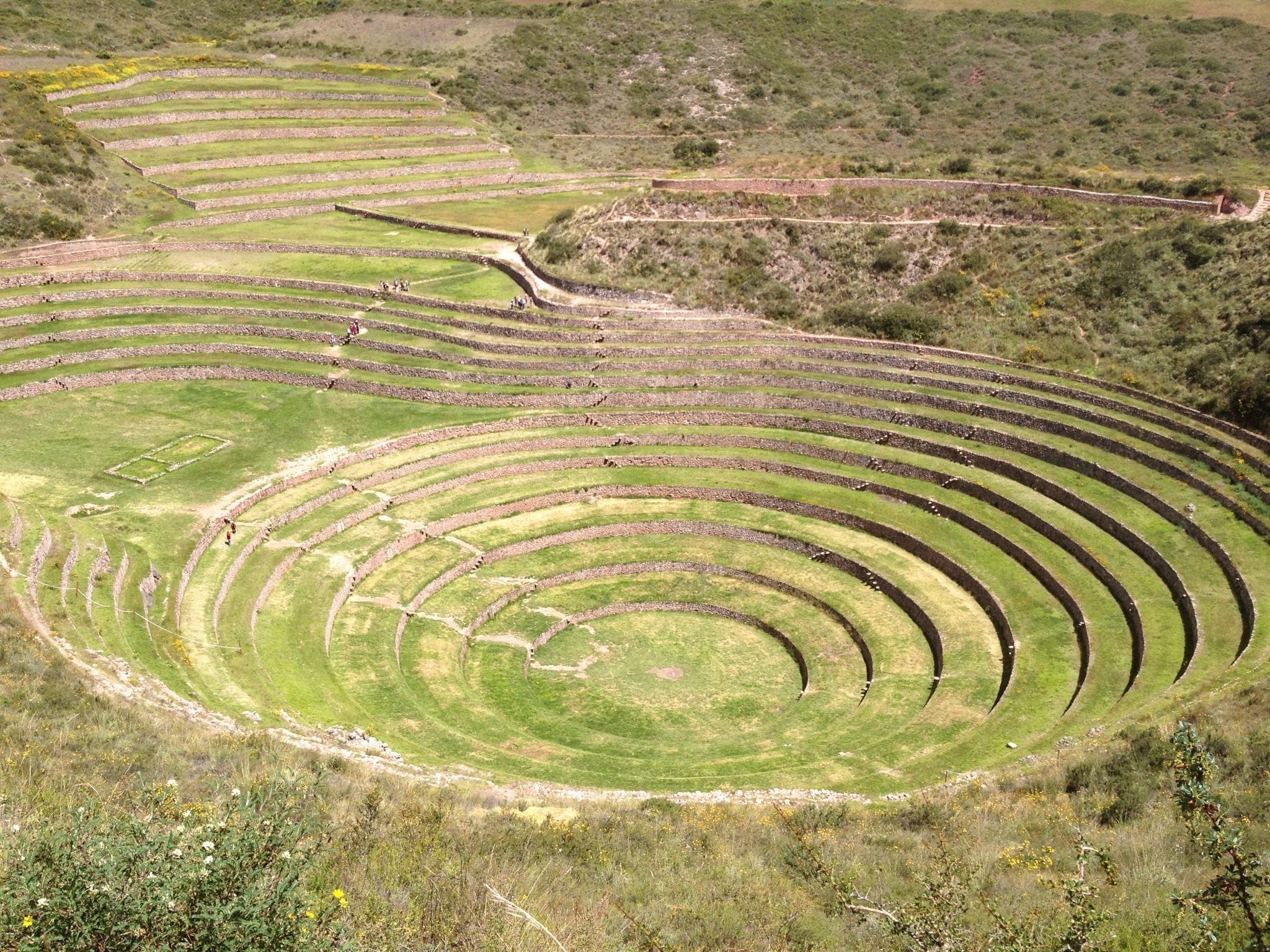
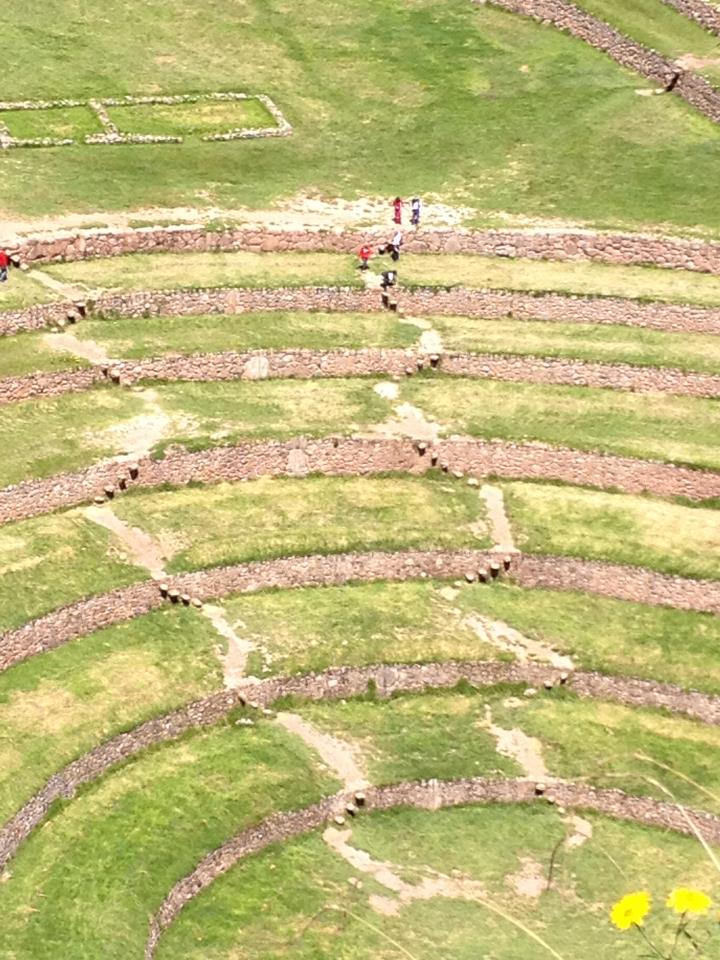 This is huge there are four of them. The terracing and depth creates different micro climates, with different temperature, water, and wind zones. The difference in the humidity and temperature from top to bottom is surprising. You start out chilly and dry at the top and end up warm and damp from humidity at the bottom. As much as a 59 degree Fahrenheit temperature difference has been measured from the top to the bottom.
This is huge there are four of them. The terracing and depth creates different micro climates, with different temperature, water, and wind zones. The difference in the humidity and temperature from top to bottom is surprising. You start out chilly and dry at the top and end up warm and damp from humidity at the bottom. As much as a 59 degree Fahrenheit temperature difference has been measured from the top to the bottom.
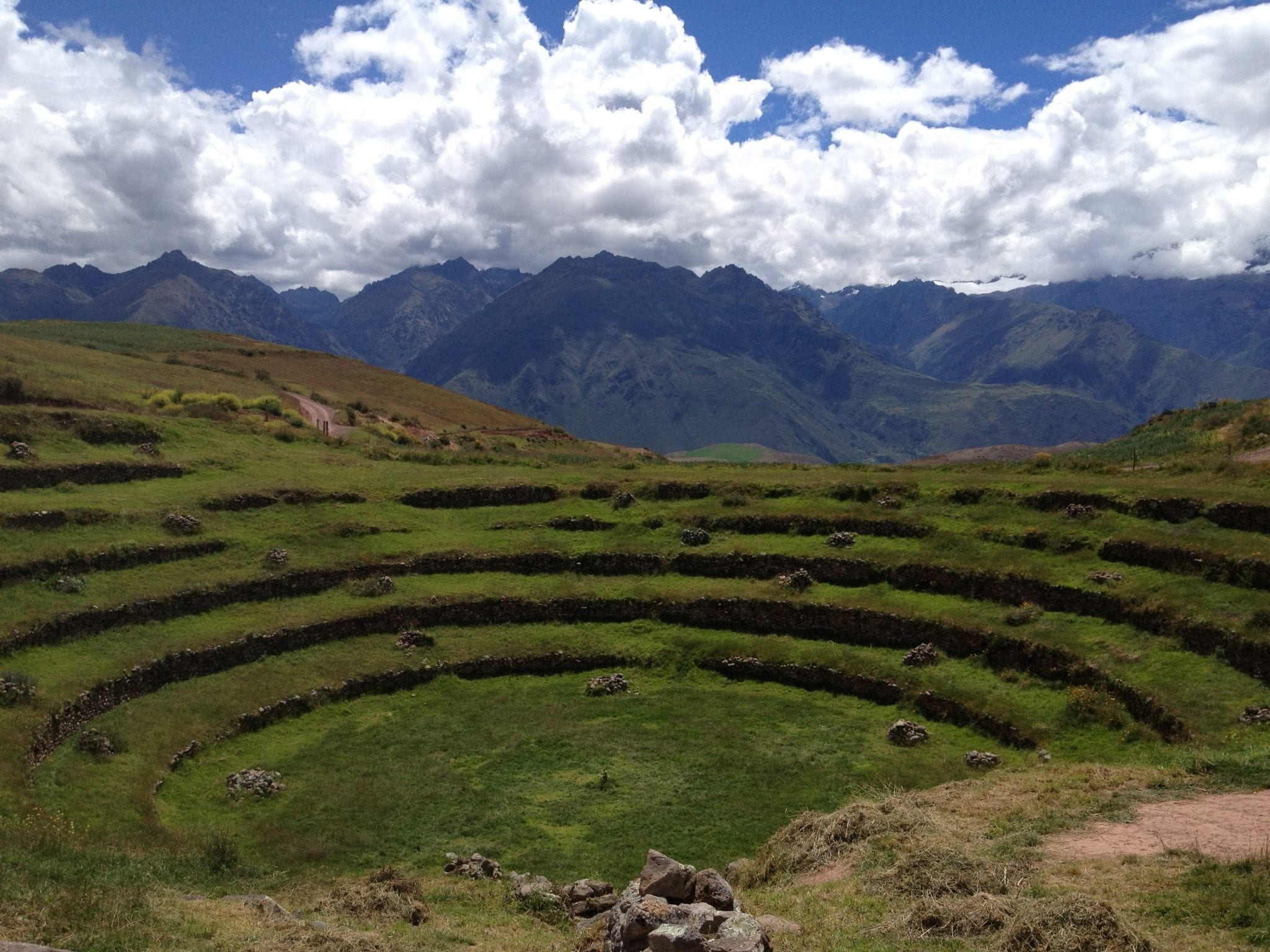
This is a different ring, one that has not been fully excavated yet. It was much windier at this ring. This is important because some plants need wind to pollinate. The piles of stones came from the walls and are being put back into them as this site is restored. 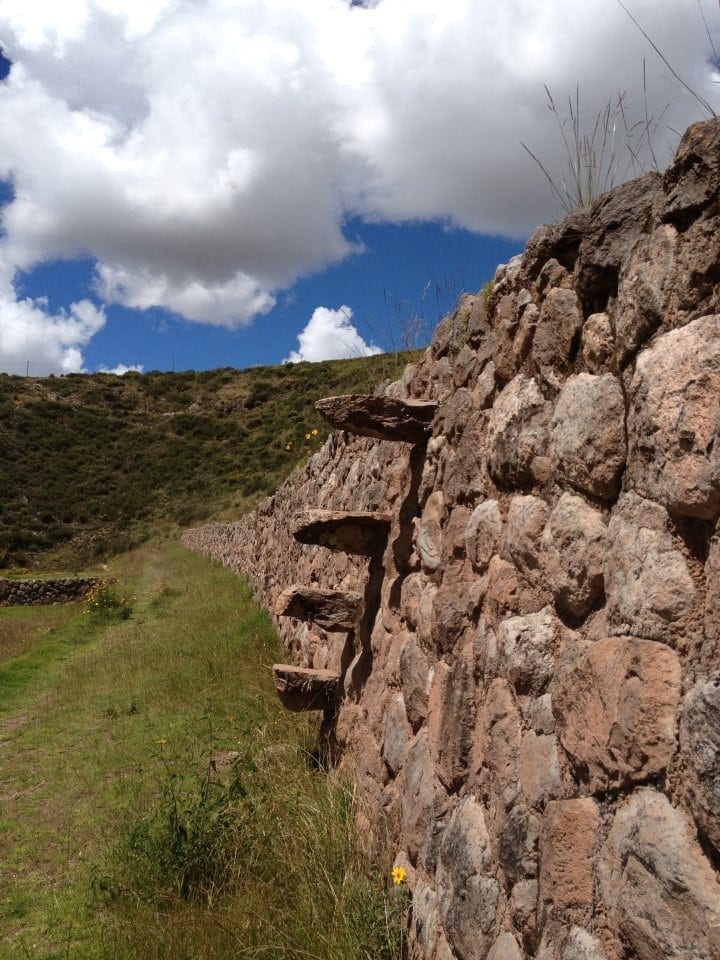 This is a staircase going from one level to the next.
This is a staircase going from one level to the next. 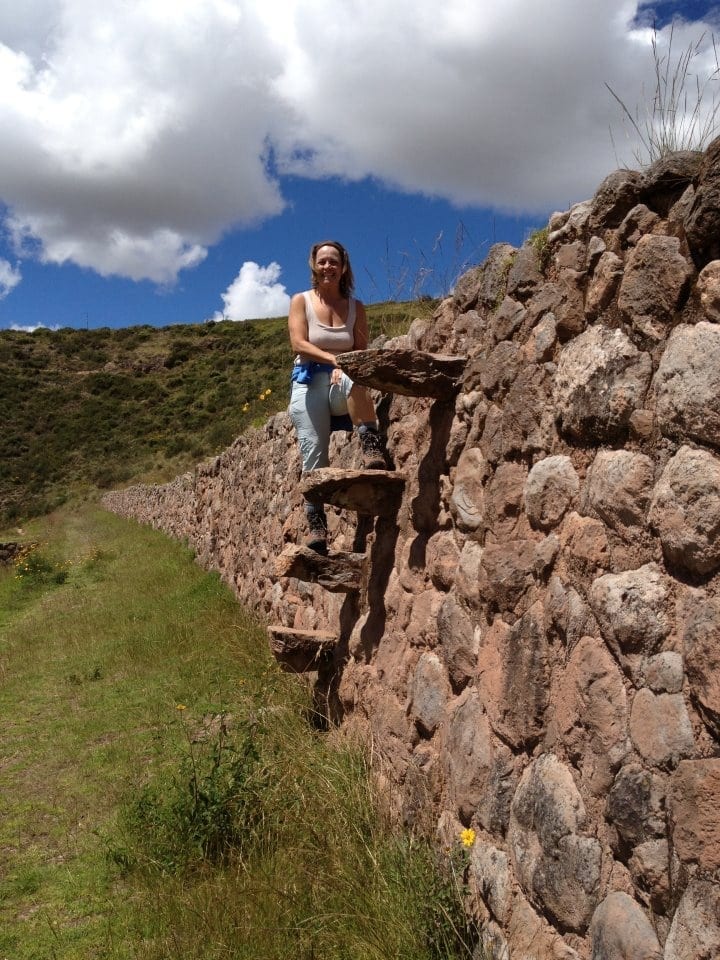 Sean is at the top, and missed the cool stairs. There was no way to get down to the bottom with crutches.
Sean is at the top, and missed the cool stairs. There was no way to get down to the bottom with crutches. 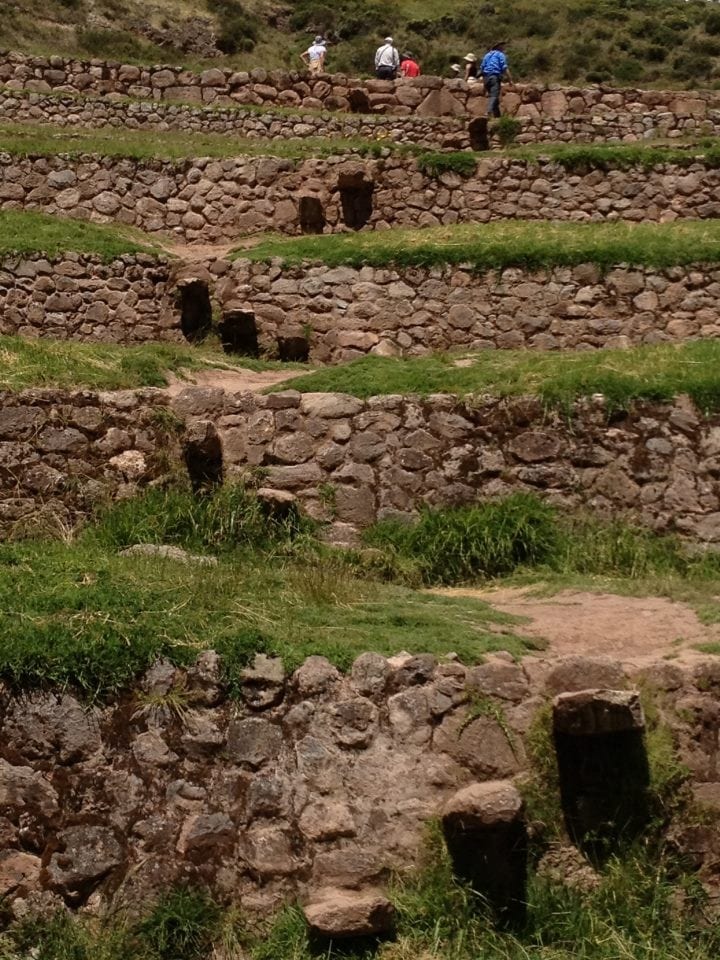 These steps are at least 600 years old. Can you imagine?
These steps are at least 600 years old. Can you imagine? 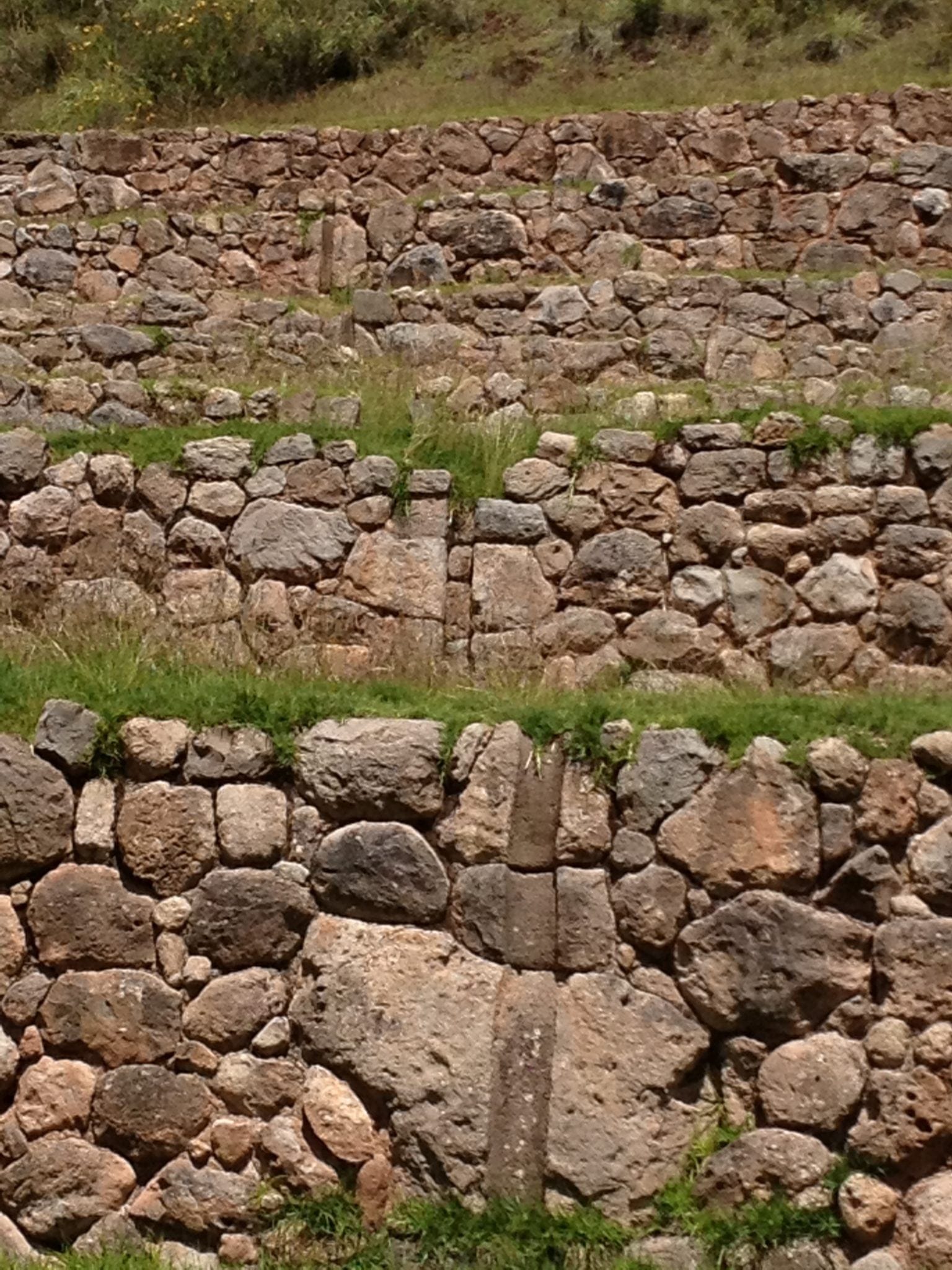 Each of the levels have many of these irrigation channels around the circles. To this day they do not know how they did it, but the bottom levels do not pool water. The water drains perfectly.
Each of the levels have many of these irrigation channels around the circles. To this day they do not know how they did it, but the bottom levels do not pool water. The water drains perfectly. 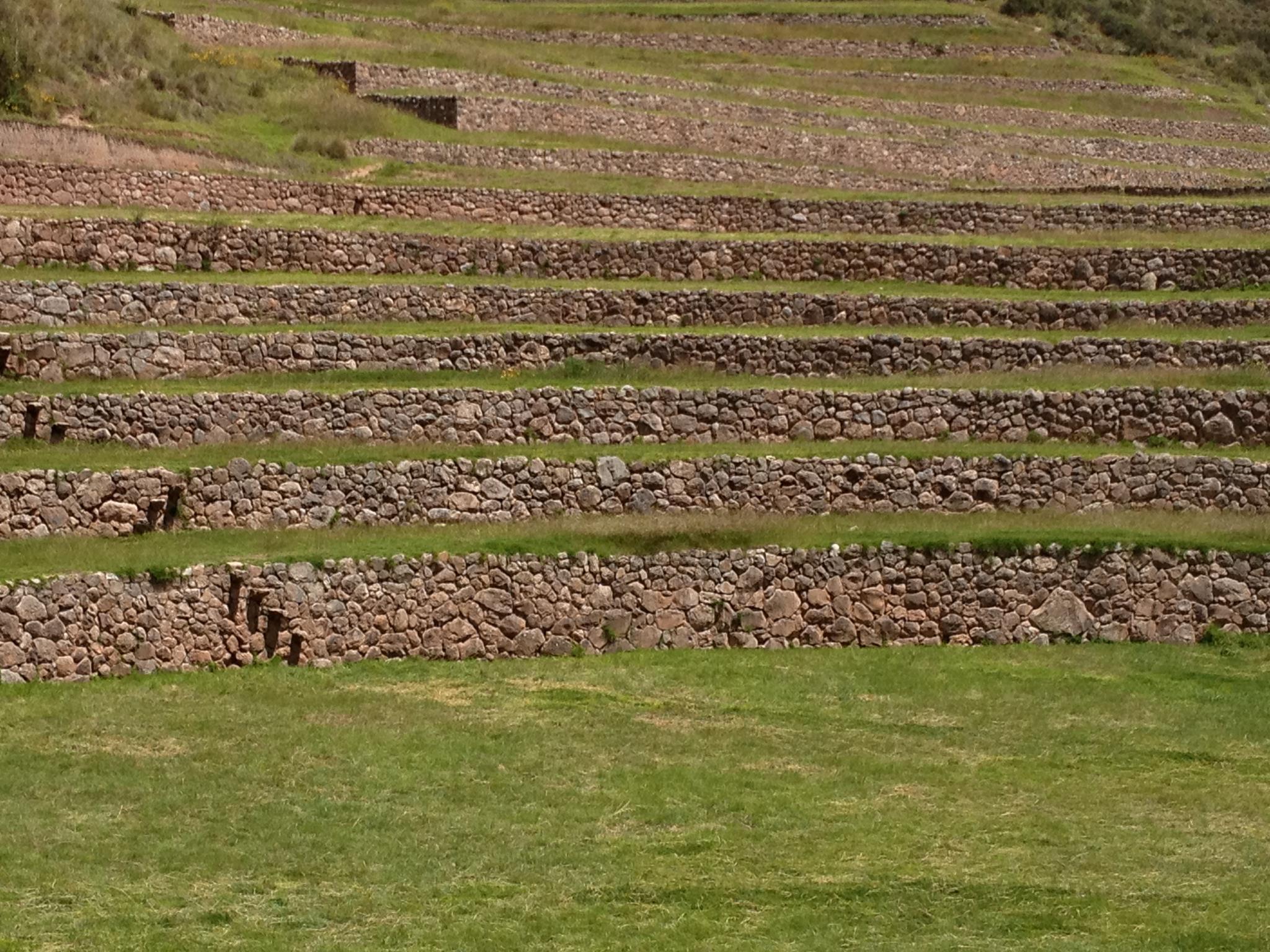 This is a major site for New Agers. It is supposedly one of the most important energy centers on earth. The group in the center at the bottom are communing. All I really know as a chemist is, energy is damn interesting, and just how life comes out of it, I am speaking on the atomic level here, is fascinating. Not that I am a New Ager. It is just something to think about.
This is a major site for New Agers. It is supposedly one of the most important energy centers on earth. The group in the center at the bottom are communing. All I really know as a chemist is, energy is damn interesting, and just how life comes out of it, I am speaking on the atomic level here, is fascinating. Not that I am a New Ager. It is just something to think about. 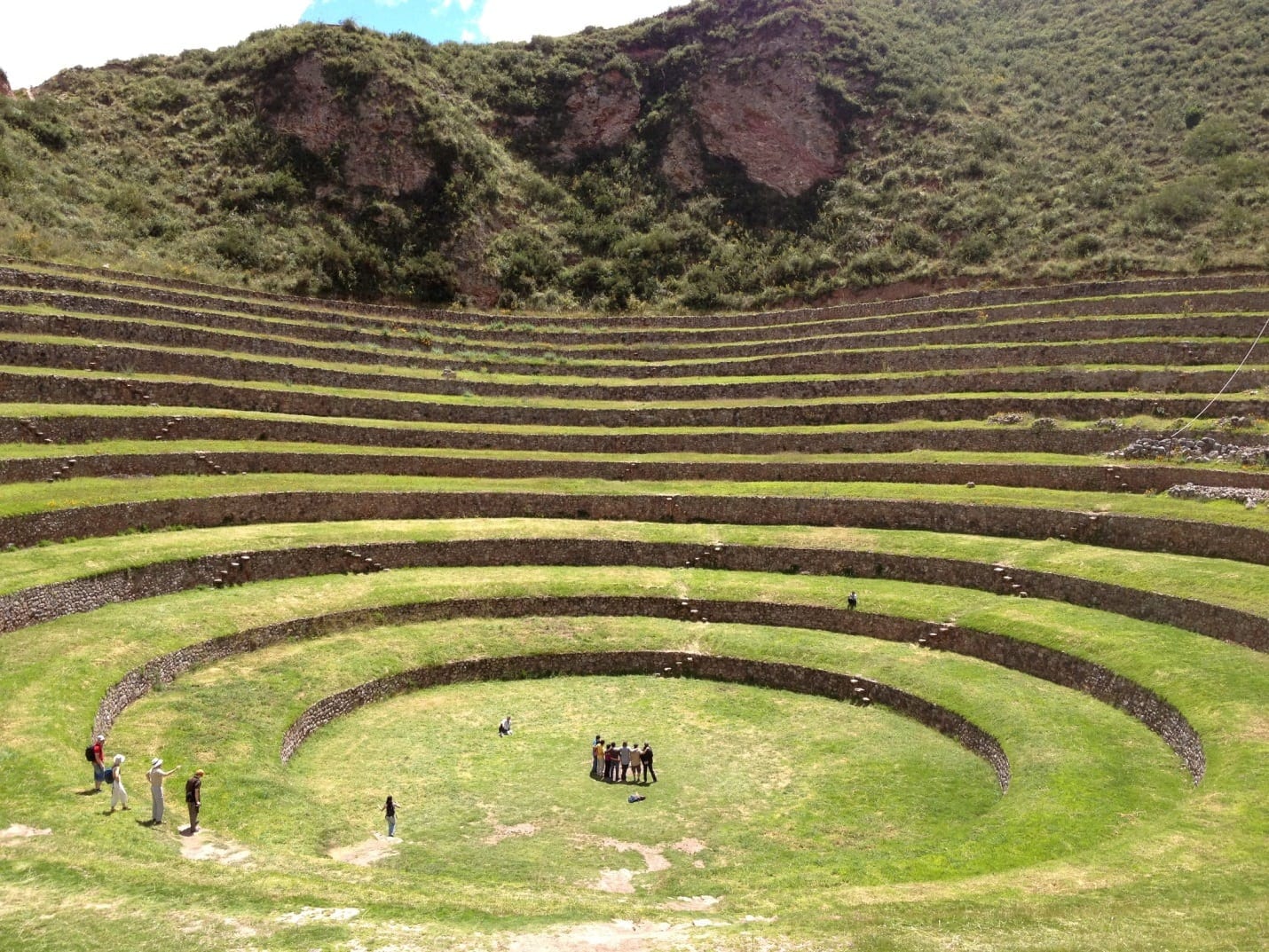 The Andes: Even if you are from the mountains, the Andes are spectacular.
The Andes: Even if you are from the mountains, the Andes are spectacular. 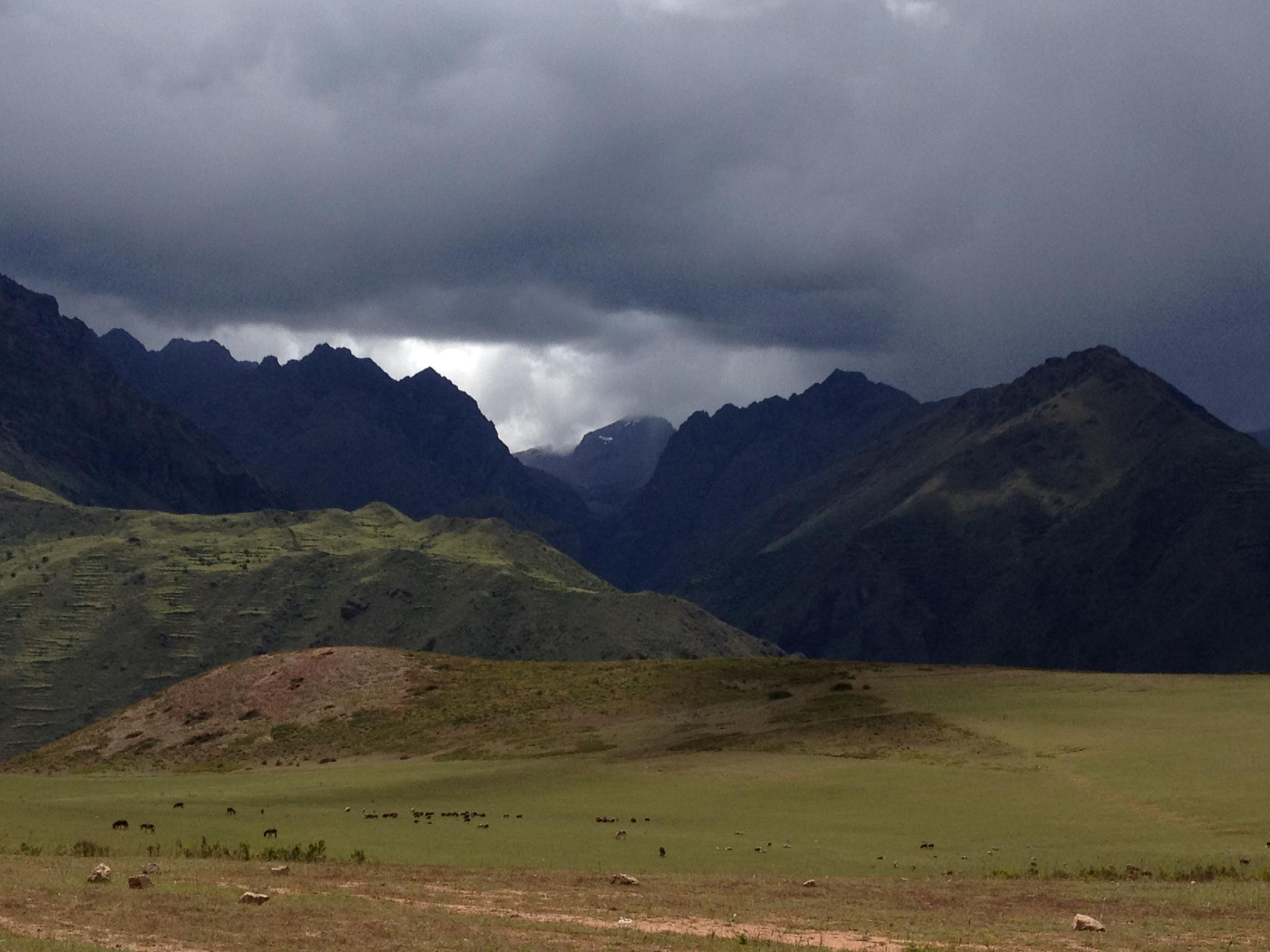 Facts I learned today about the Andes” It is 13 degrees south of the equator. It is the longest Mountain range in the world. The mountains are 300 million years old. 7500 = the length the range grows in millimeters every year. The first snow we have seen was up on high in the Andes today.
Facts I learned today about the Andes” It is 13 degrees south of the equator. It is the longest Mountain range in the world. The mountains are 300 million years old. 7500 = the length the range grows in millimeters every year. The first snow we have seen was up on high in the Andes today. 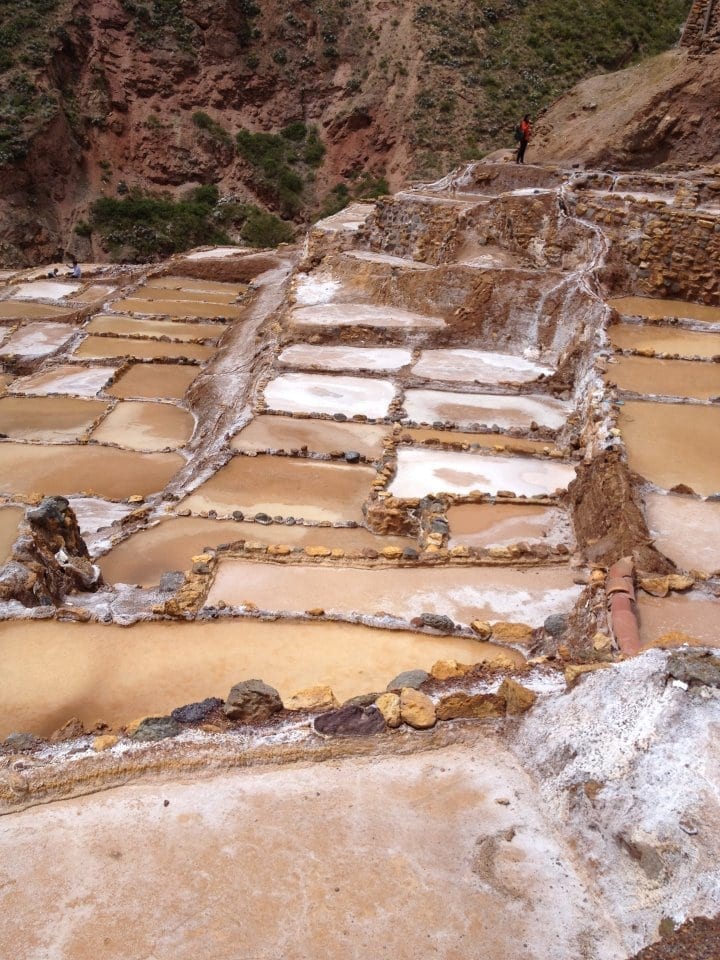 Our next stop was Maras. This is from the top on the way in. The small white squares are individual salt flats. The salt mines have been in continuous operation for more than 1000 years. They’re pre-Incan.
Our next stop was Maras. This is from the top on the way in. The small white squares are individual salt flats. The salt mines have been in continuous operation for more than 1000 years. They’re pre-Incan. 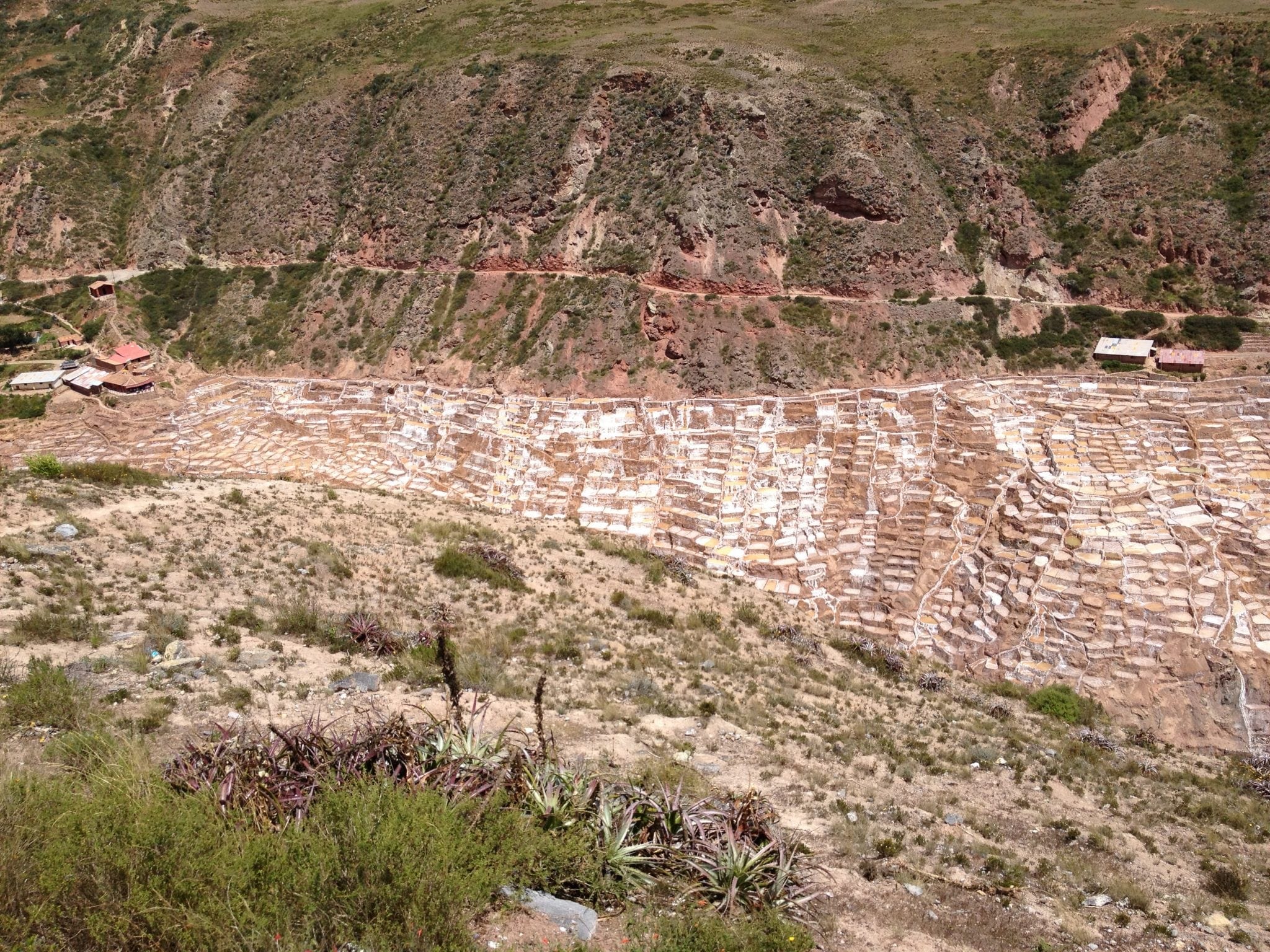
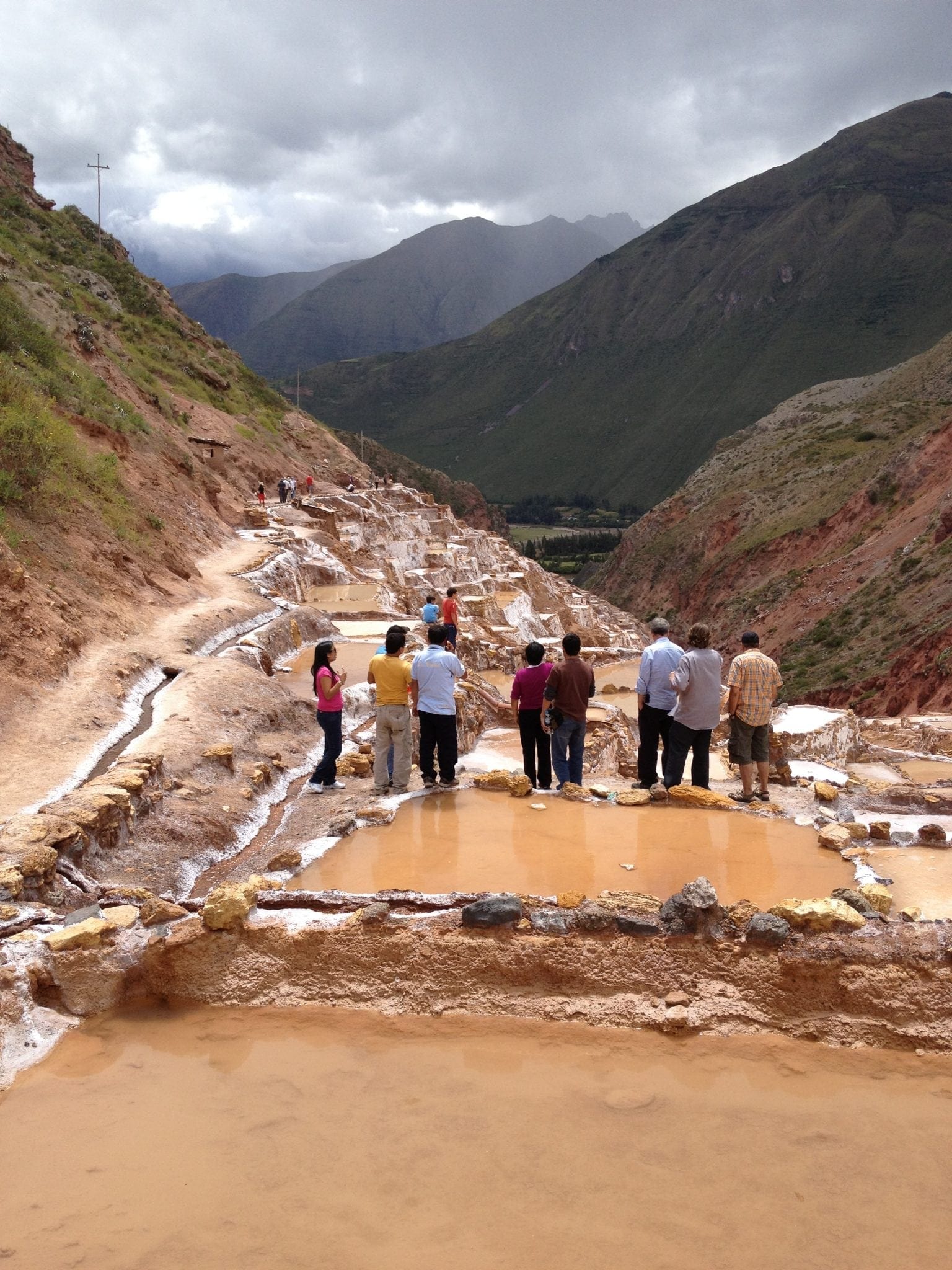 The photo below shows how the water gets to the pans. Are you wondering why there would be an archaeological site for salt? And even if there was why would someone visit it? Well, in the millennium before everything could be bought anywhere at any time, some commodities shaped history. People (and lots of other animals as well) need salt, but salt is not available everywhere. Salt used to be worth its weight in gold. A very interesting book on this subject is called Salt. It is nonfiction and tells the history of salt. This author also wrote a book called Cod, which is a fish that changed history. Both of these foods changed history more than many documents and most historical figures did.
The photo below shows how the water gets to the pans. Are you wondering why there would be an archaeological site for salt? And even if there was why would someone visit it? Well, in the millennium before everything could be bought anywhere at any time, some commodities shaped history. People (and lots of other animals as well) need salt, but salt is not available everywhere. Salt used to be worth its weight in gold. A very interesting book on this subject is called Salt. It is nonfiction and tells the history of salt. This author also wrote a book called Cod, which is a fish that changed history. Both of these foods changed history more than many documents and most historical figures did. 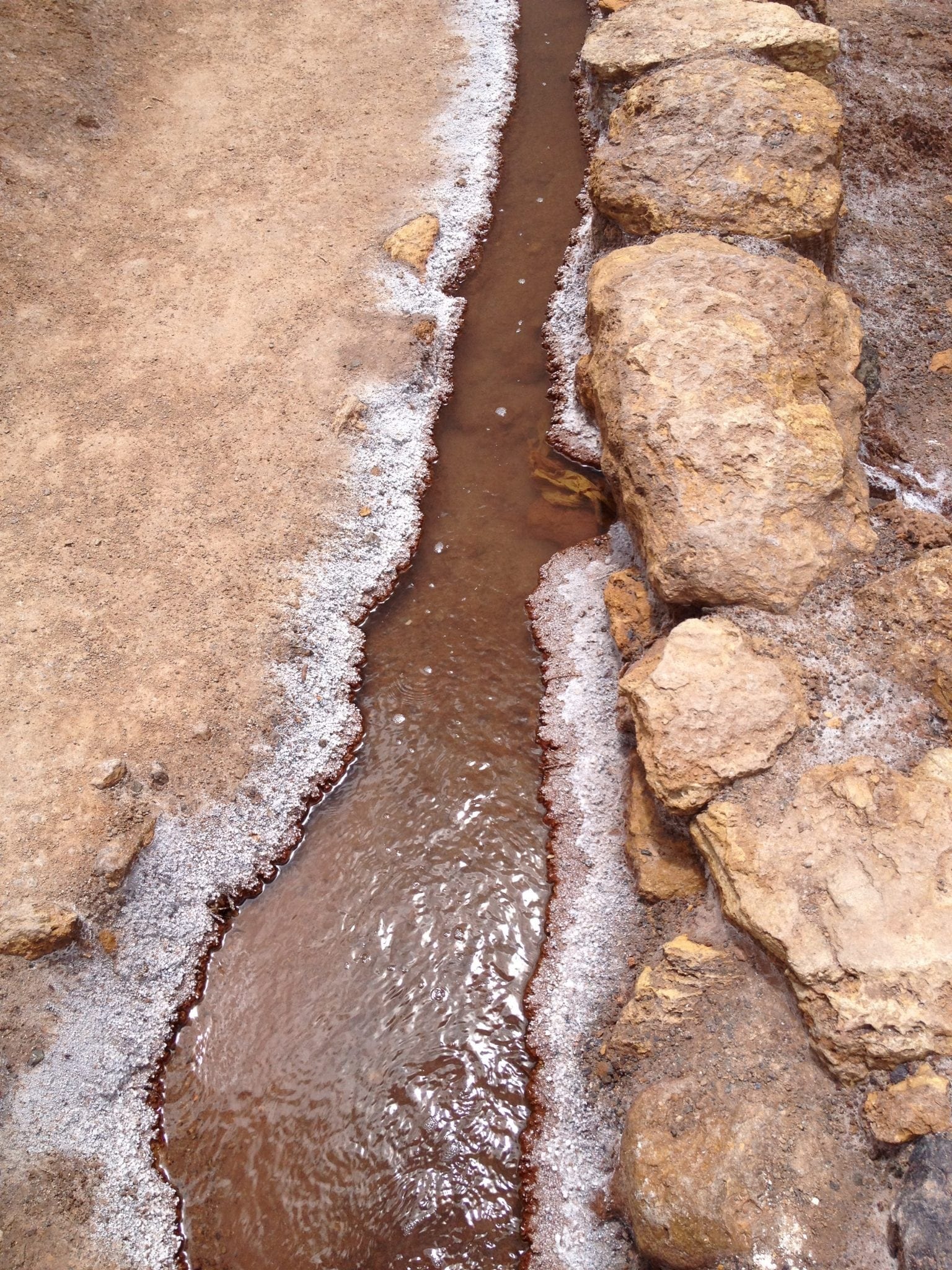
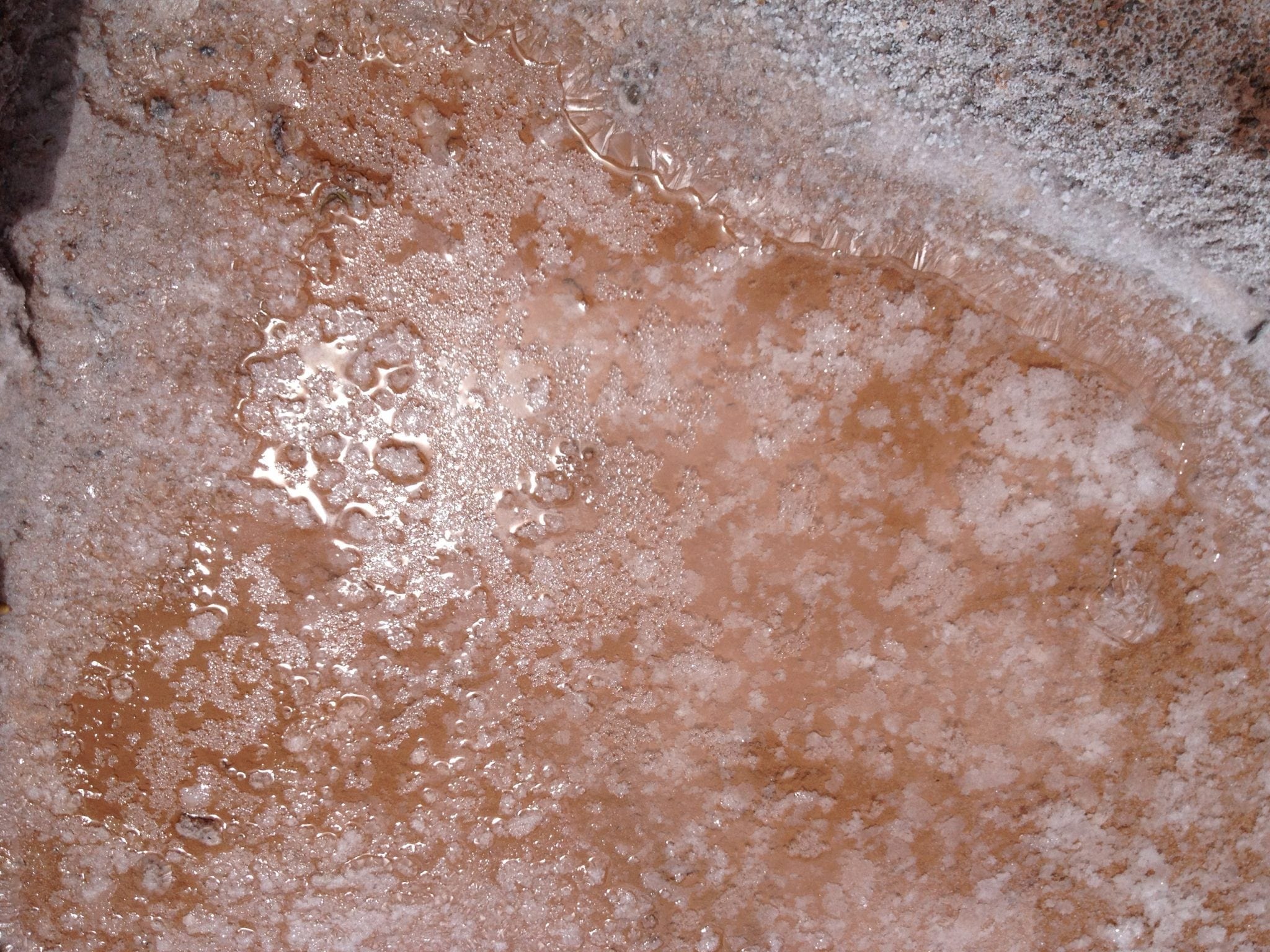 “Since pre-Inca times, salt has been obtained in Maras by evaporating salty water from a local subterranean stream. The highly salty water emerges at a spring, a natural outlet of the underground stream. The flow is directed into an intricate system of tiny channels constructed so that the water runs gradually down onto the several hundred ancient terraced ponds. Almost all the ponds are less than four meters square in area, and none exceeds thirty centimeters in depth. All are necessarily shaped into polygons with the flow of water carefully controlled and monitored by the workers. The altitude of the ponds slowly decreases, so that the water may flow through the myriad branches of the water-supply channels and be introduced slowly through a notch in one sidewall of each pond. The proper maintenance of the adjacent feeder channel, the side walls and the water-entry notch, the pond’s bottom surface, the quantity of water, and the removal of accumulated salt deposits requires close cooperation among the community of users. It is agreed among local residents and pond workers that the cooperative system was established during the time of the Incas, if not earlier. As water evaporates from the sun-warmed ponds, the water becomes supersaturated and salt precipitates as various size crystals onto the inner surfaces of a pond’s earthen walls and on the pond’s earthen floor. The pond’s keeper then closes the water-feeder notch and allows the pond to go dry. Within a few days the keeper carefully scrapes the dry salt from the sides and bottom, puts it into a suitable vessel, reopens the water-supply notch, and carries away the salt. Color of the salt varies from white to a light reddish or brownish tan, depending on the skill of an individual worker. Some salt is sold at a gift store nearby. The salt mines traditionally have been available to any person wishing to harvest salt. The owners of the salt ponds must be members of the community, and families that are new to the community wishing to propitiate a salt pond get the one farthest from the community. The size of the salt pond assigned to a family depends on the family’s size. Usually there are many unused salt pools available to be farmed. Any prospective salt farmer need only locate an empty currently unmaintained pond, consult with the local informal cooperative, learn how to keep a pond properly within the accepted communal system, and start working.” http://en.wikipedia.org/wiki/Maras,_Peru
“Since pre-Inca times, salt has been obtained in Maras by evaporating salty water from a local subterranean stream. The highly salty water emerges at a spring, a natural outlet of the underground stream. The flow is directed into an intricate system of tiny channels constructed so that the water runs gradually down onto the several hundred ancient terraced ponds. Almost all the ponds are less than four meters square in area, and none exceeds thirty centimeters in depth. All are necessarily shaped into polygons with the flow of water carefully controlled and monitored by the workers. The altitude of the ponds slowly decreases, so that the water may flow through the myriad branches of the water-supply channels and be introduced slowly through a notch in one sidewall of each pond. The proper maintenance of the adjacent feeder channel, the side walls and the water-entry notch, the pond’s bottom surface, the quantity of water, and the removal of accumulated salt deposits requires close cooperation among the community of users. It is agreed among local residents and pond workers that the cooperative system was established during the time of the Incas, if not earlier. As water evaporates from the sun-warmed ponds, the water becomes supersaturated and salt precipitates as various size crystals onto the inner surfaces of a pond’s earthen walls and on the pond’s earthen floor. The pond’s keeper then closes the water-feeder notch and allows the pond to go dry. Within a few days the keeper carefully scrapes the dry salt from the sides and bottom, puts it into a suitable vessel, reopens the water-supply notch, and carries away the salt. Color of the salt varies from white to a light reddish or brownish tan, depending on the skill of an individual worker. Some salt is sold at a gift store nearby. The salt mines traditionally have been available to any person wishing to harvest salt. The owners of the salt ponds must be members of the community, and families that are new to the community wishing to propitiate a salt pond get the one farthest from the community. The size of the salt pond assigned to a family depends on the family’s size. Usually there are many unused salt pools available to be farmed. Any prospective salt farmer need only locate an empty currently unmaintained pond, consult with the local informal cooperative, learn how to keep a pond properly within the accepted communal system, and start working.” http://en.wikipedia.org/wiki/Maras,_Peru 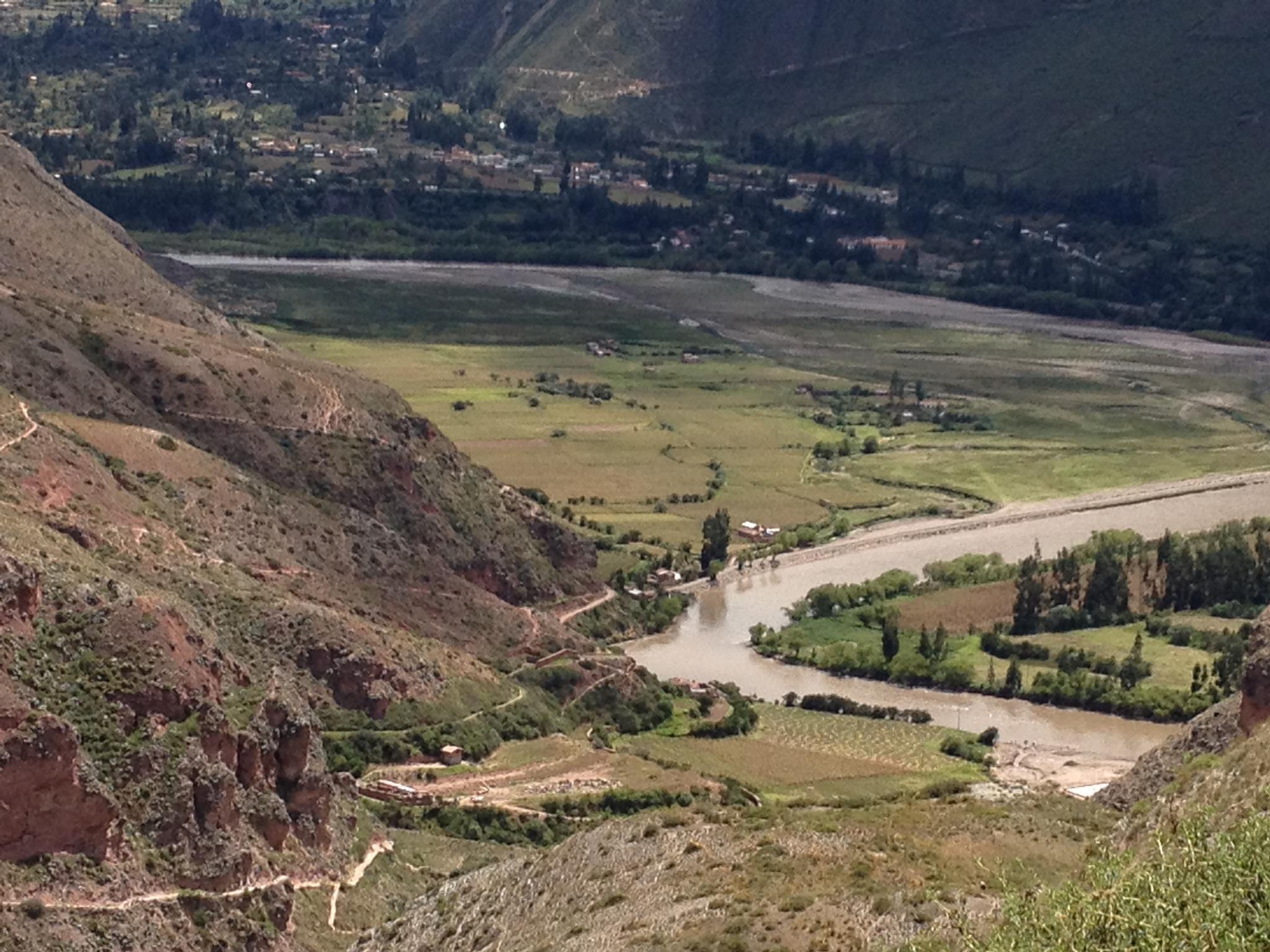 That is the Urubamba River that flows through Sacred Valley. The Maras salt mines are on a slope of the Qaqawinay Mountain that goes down into Sacred Valley. The Urubamba is a major tributary of the Amazon River. The Amazon River has so much of its water flow into the Atlantic Ocean every year, that it has a major effect on the Atlantic Ocean’s chemistry. The little creek shown below is the source of all the salt pans, and it is not bigger than it looks. It actually made me think of some of the pools we have around Bridgeport. This little stream does NOT have a major effect on the chemistry of the Atlantic Ocean 😉
That is the Urubamba River that flows through Sacred Valley. The Maras salt mines are on a slope of the Qaqawinay Mountain that goes down into Sacred Valley. The Urubamba is a major tributary of the Amazon River. The Amazon River has so much of its water flow into the Atlantic Ocean every year, that it has a major effect on the Atlantic Ocean’s chemistry. The little creek shown below is the source of all the salt pans, and it is not bigger than it looks. It actually made me think of some of the pools we have around Bridgeport. This little stream does NOT have a major effect on the chemistry of the Atlantic Ocean 😉 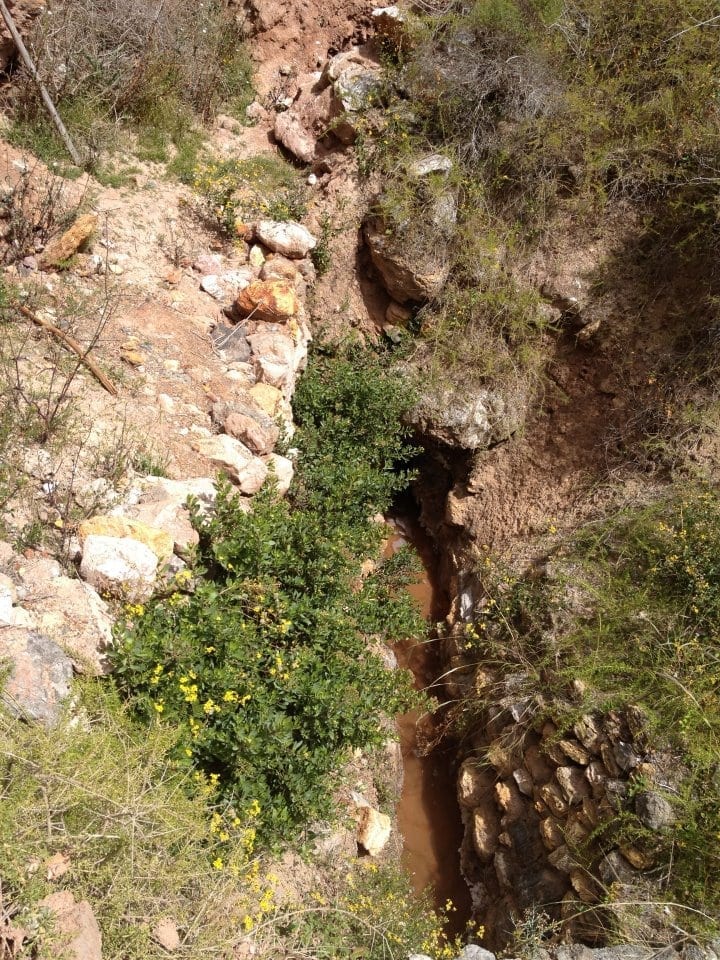 The stones along this stream were put there to line it more than 1,000 years ago. This is pre-Incan and still here. The stone work around the natural settings is incredible. These stones highlight the reason for hiring a guide. Without a guide you would walk by and not realize how spectacular something this simple is. How many structures near where we live will still be there more than 1,000 years from now?
The stones along this stream were put there to line it more than 1,000 years ago. This is pre-Incan and still here. The stone work around the natural settings is incredible. These stones highlight the reason for hiring a guide. Without a guide you would walk by and not realize how spectacular something this simple is. How many structures near where we live will still be there more than 1,000 years from now? 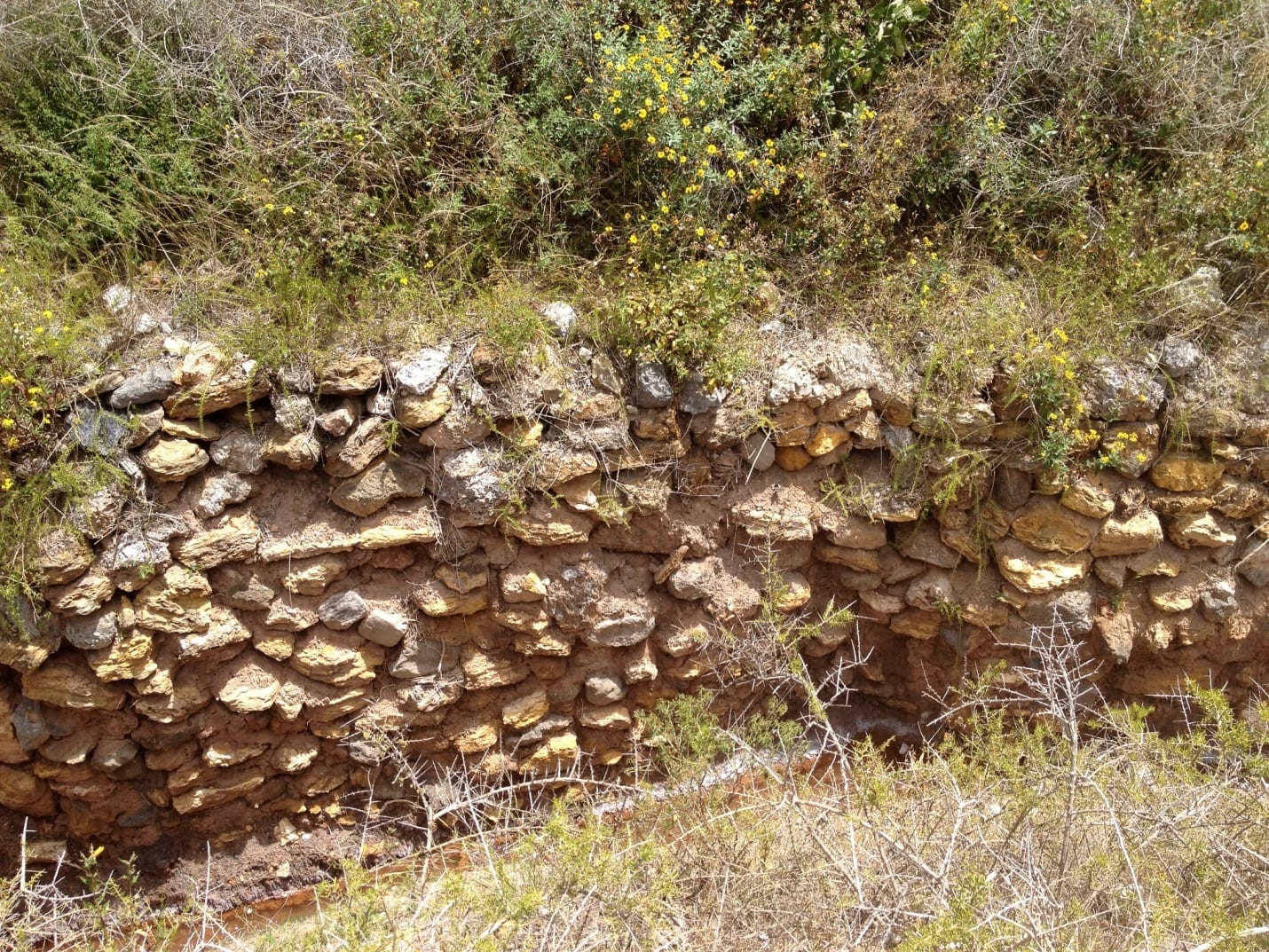 We have to get back to meet our guide for the trek and our group and to have dinner. By the time we got back, it was just starting to rain but people were lining the streets waiting for the parade on Good Friday. We were told more than once that Cuzco is a muy Catolico City.
We have to get back to meet our guide for the trek and our group and to have dinner. By the time we got back, it was just starting to rain but people were lining the streets waiting for the parade on Good Friday. We were told more than once that Cuzco is a muy Catolico City. 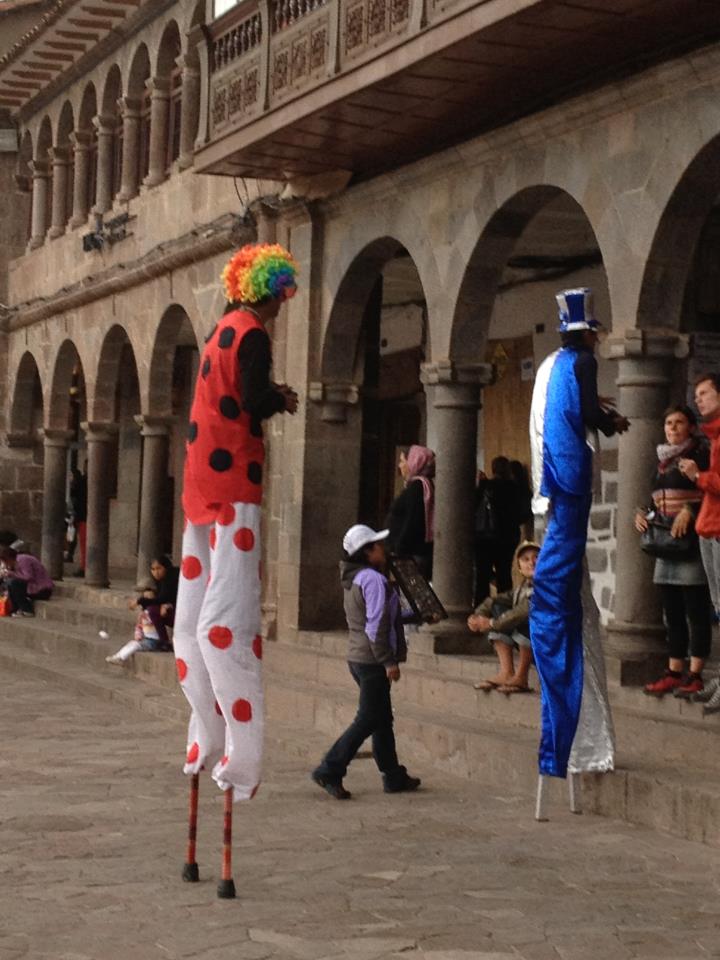
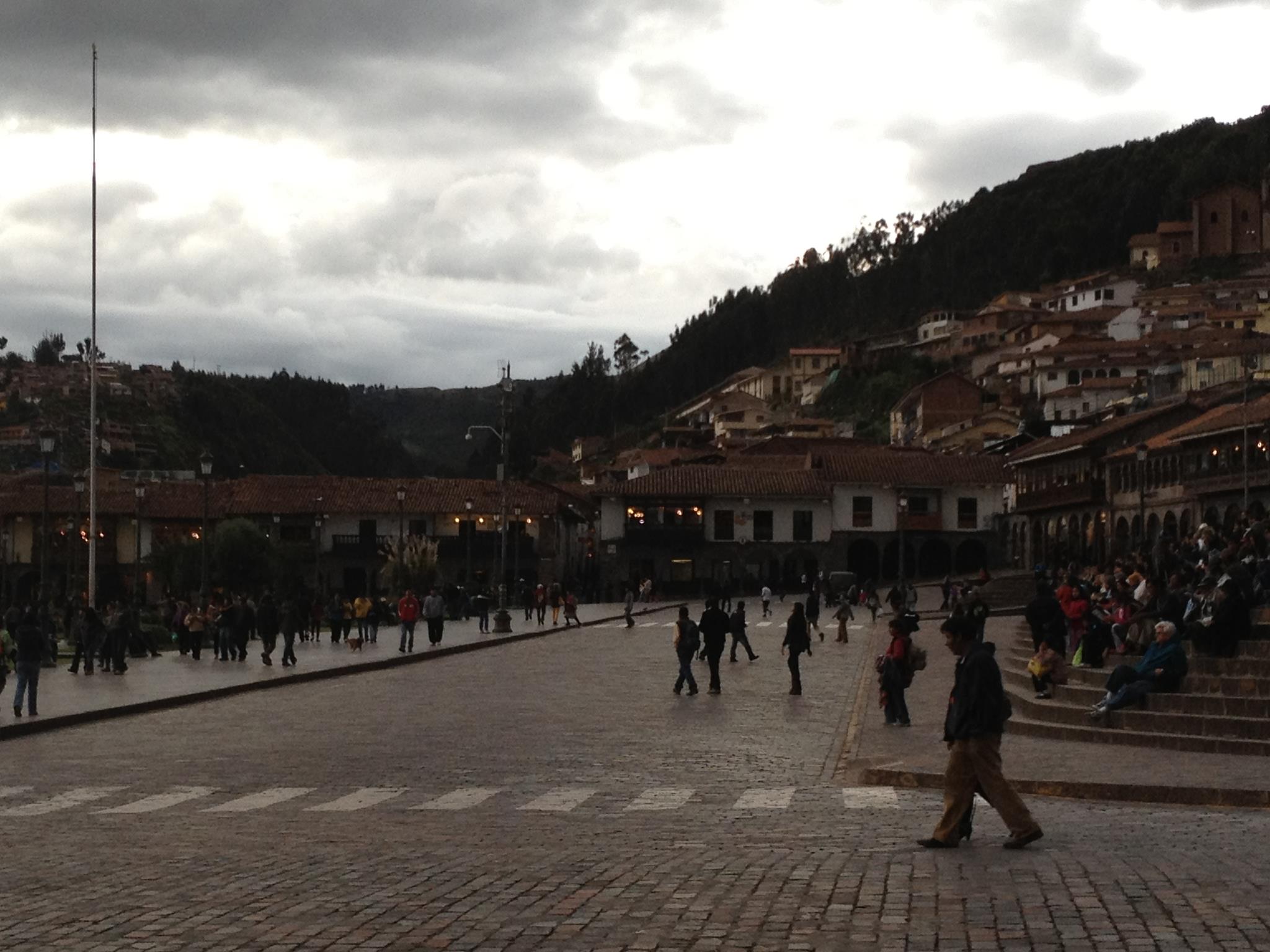
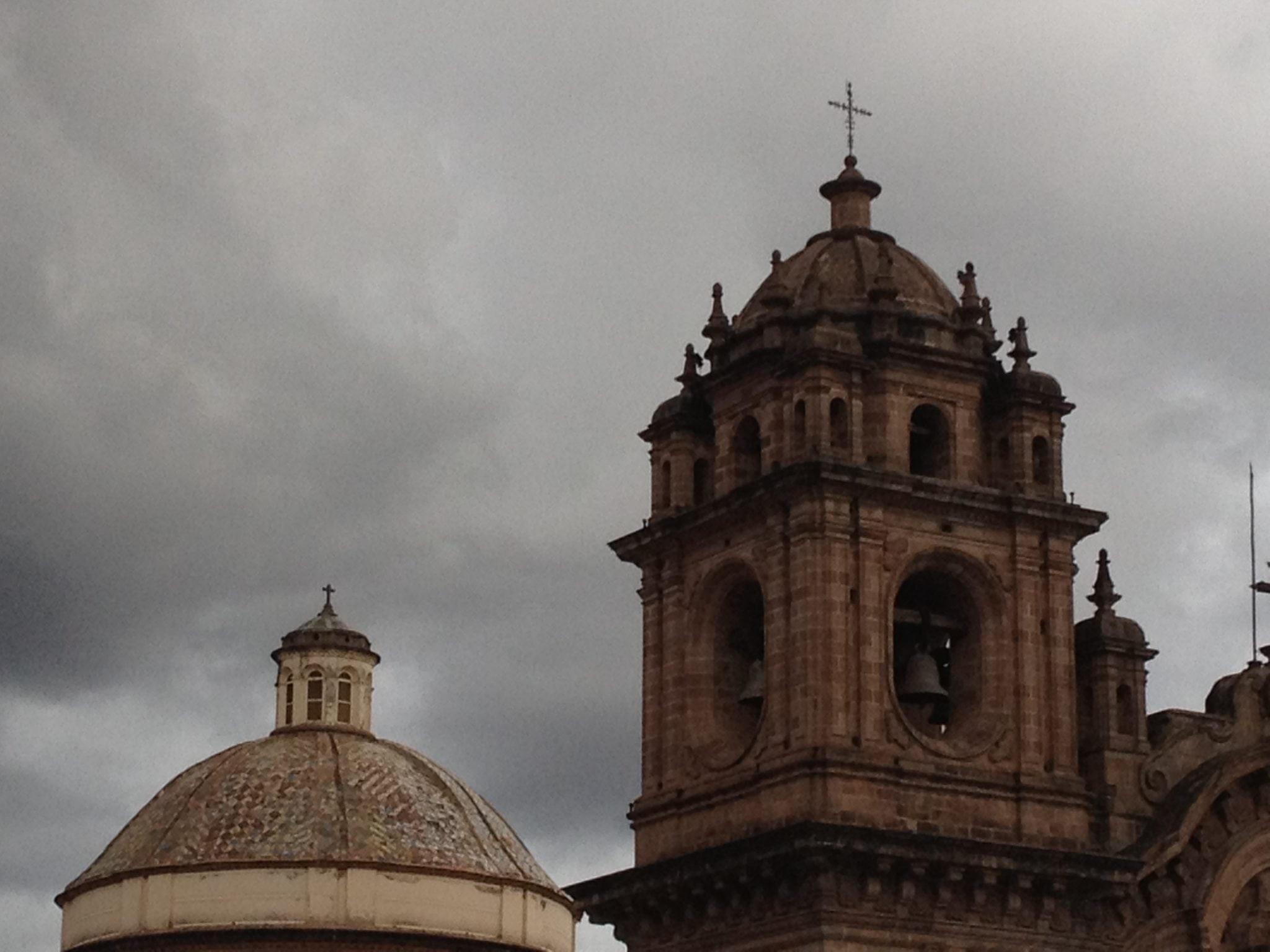 The ashtray? I have no idea why. No one smokes here. And you would know why if you walked through this area for even an hour.
The ashtray? I have no idea why. No one smokes here. And you would know why if you walked through this area for even an hour. 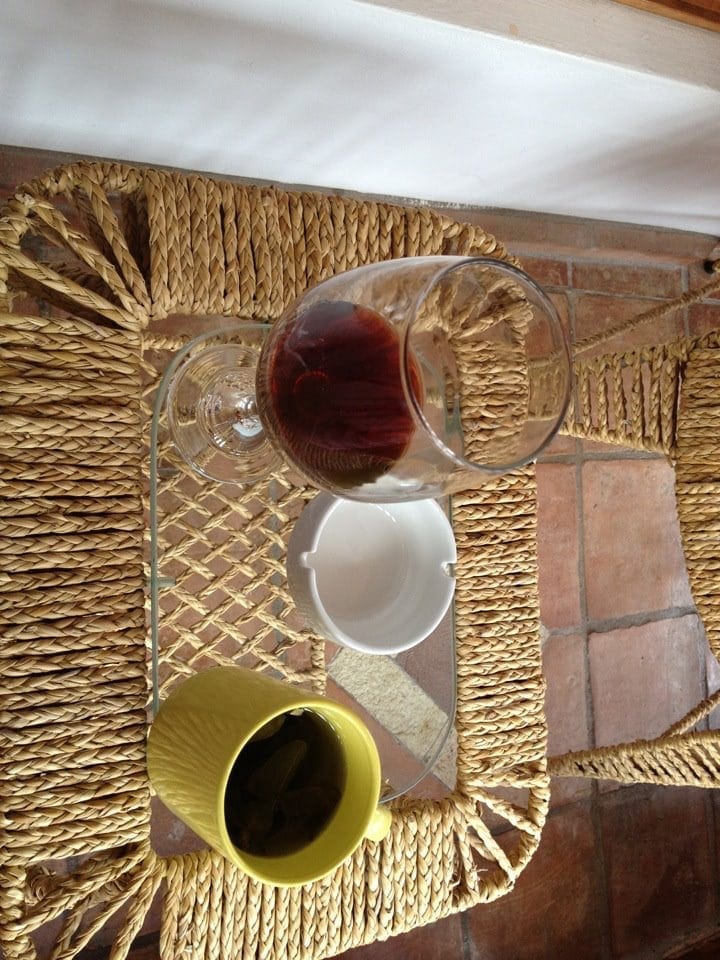
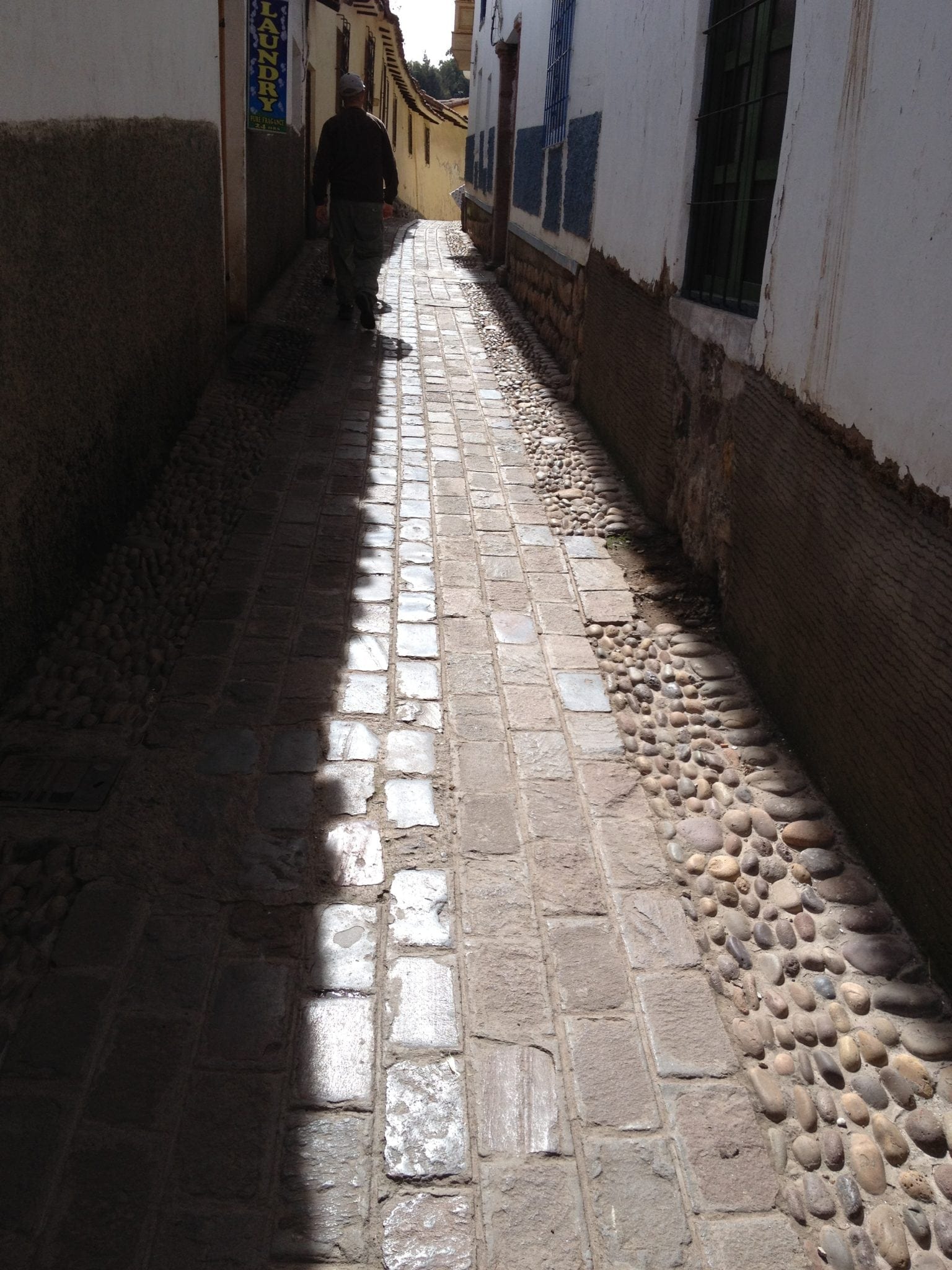
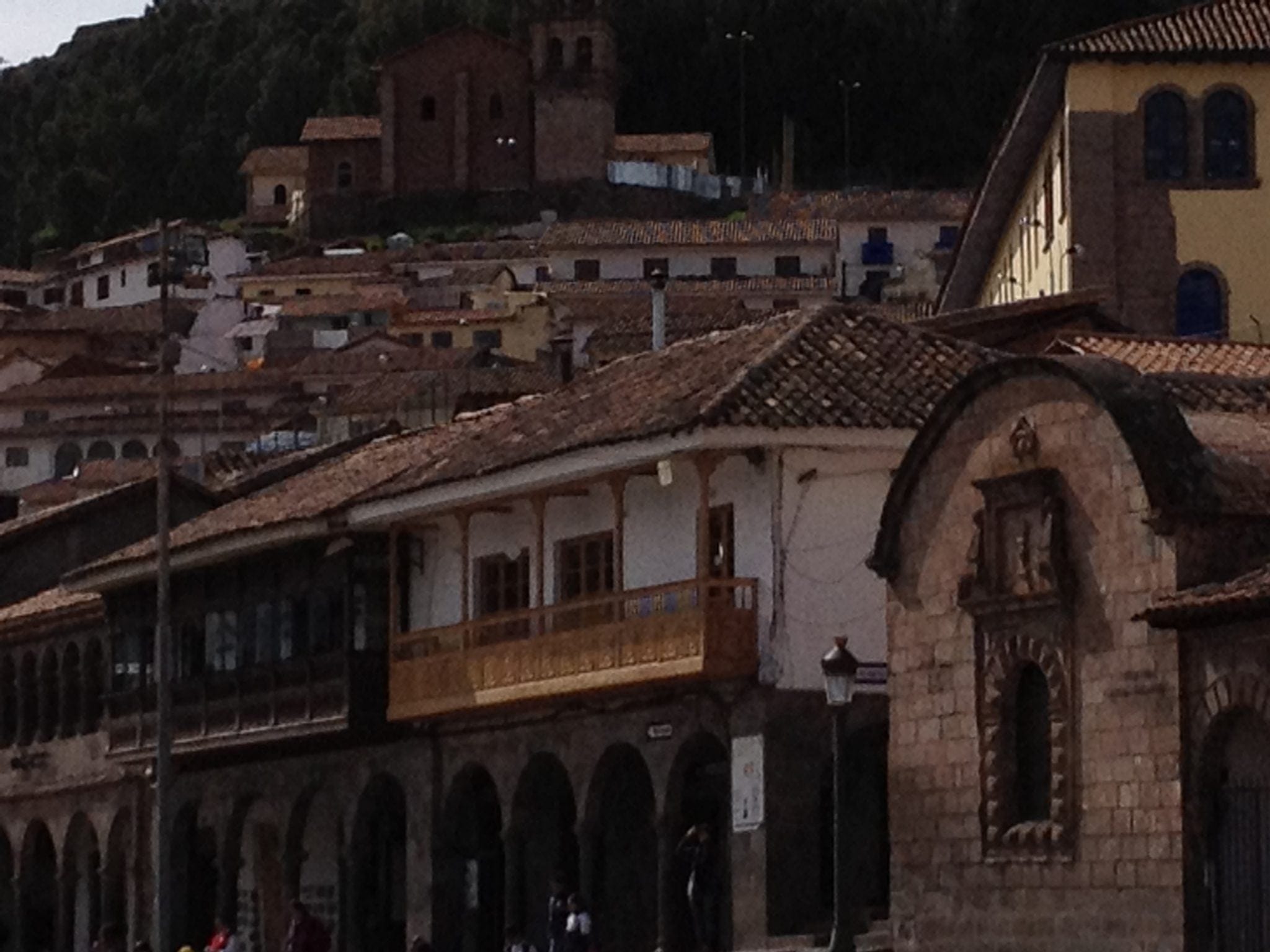
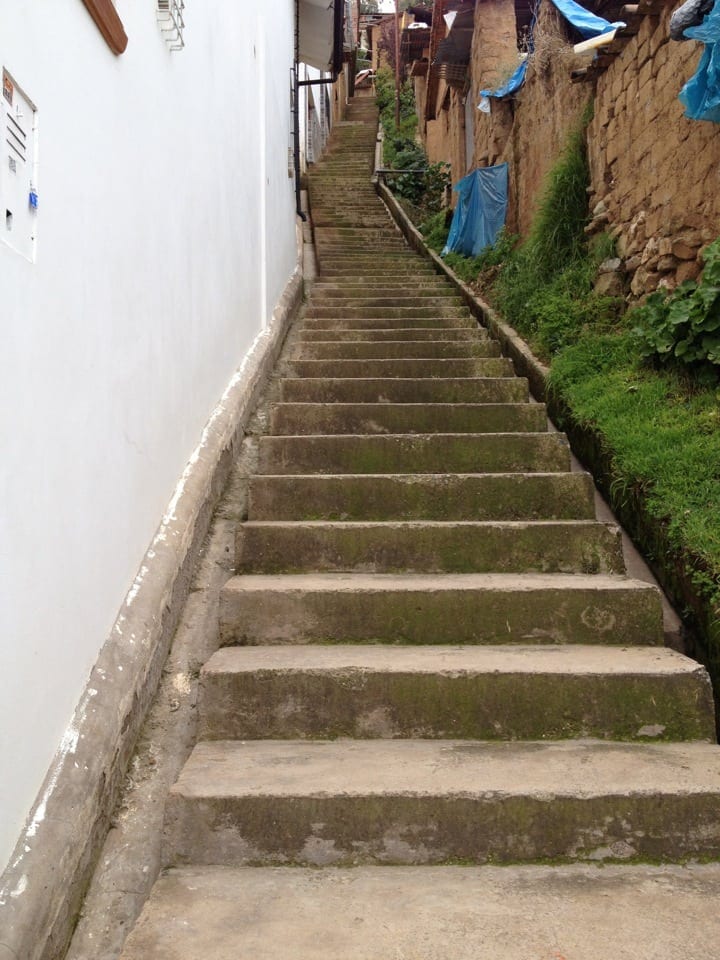 These steps lead to our hotel. Here are some foods that are native to this area.
These steps lead to our hotel. Here are some foods that are native to this area. 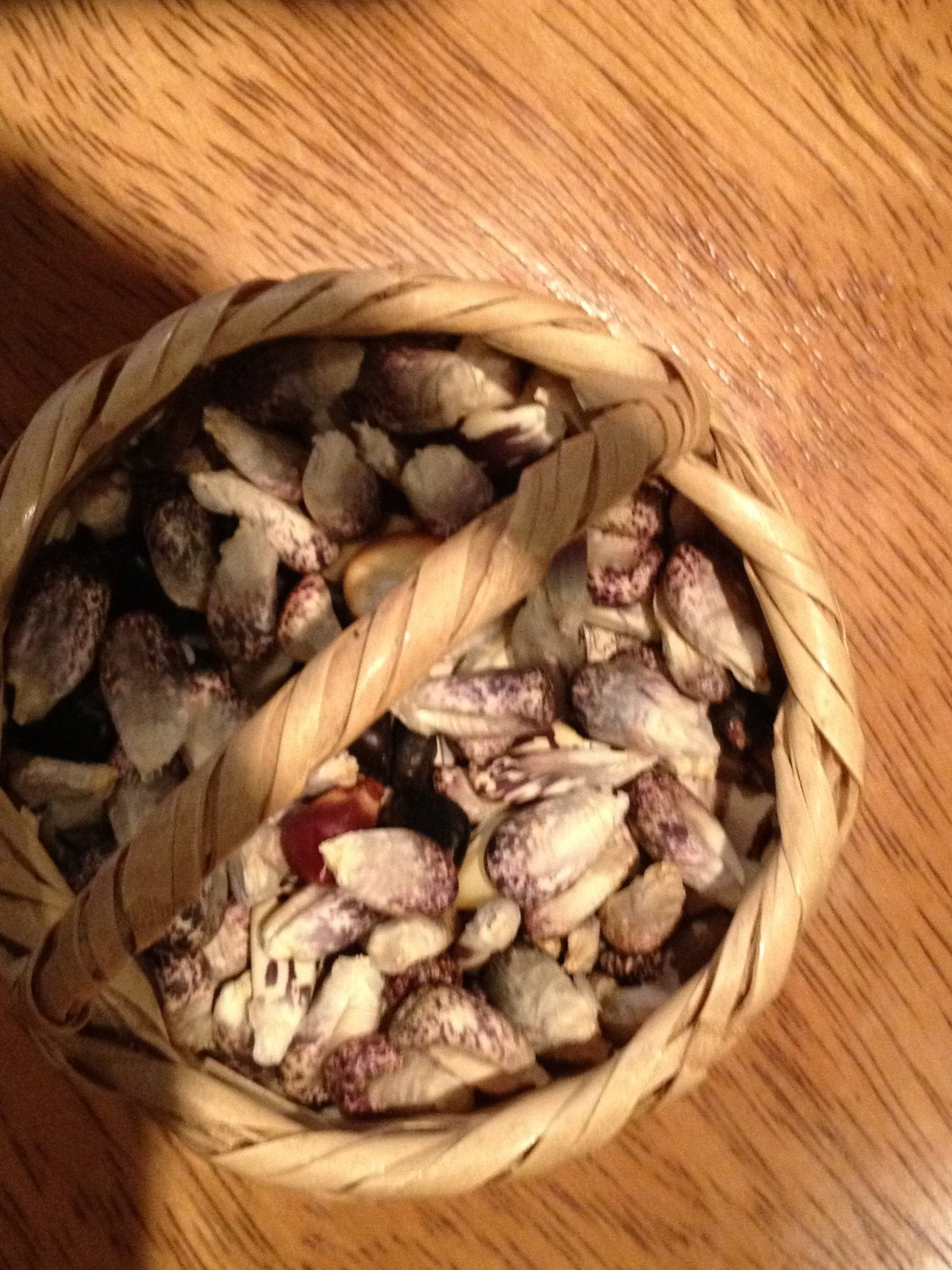
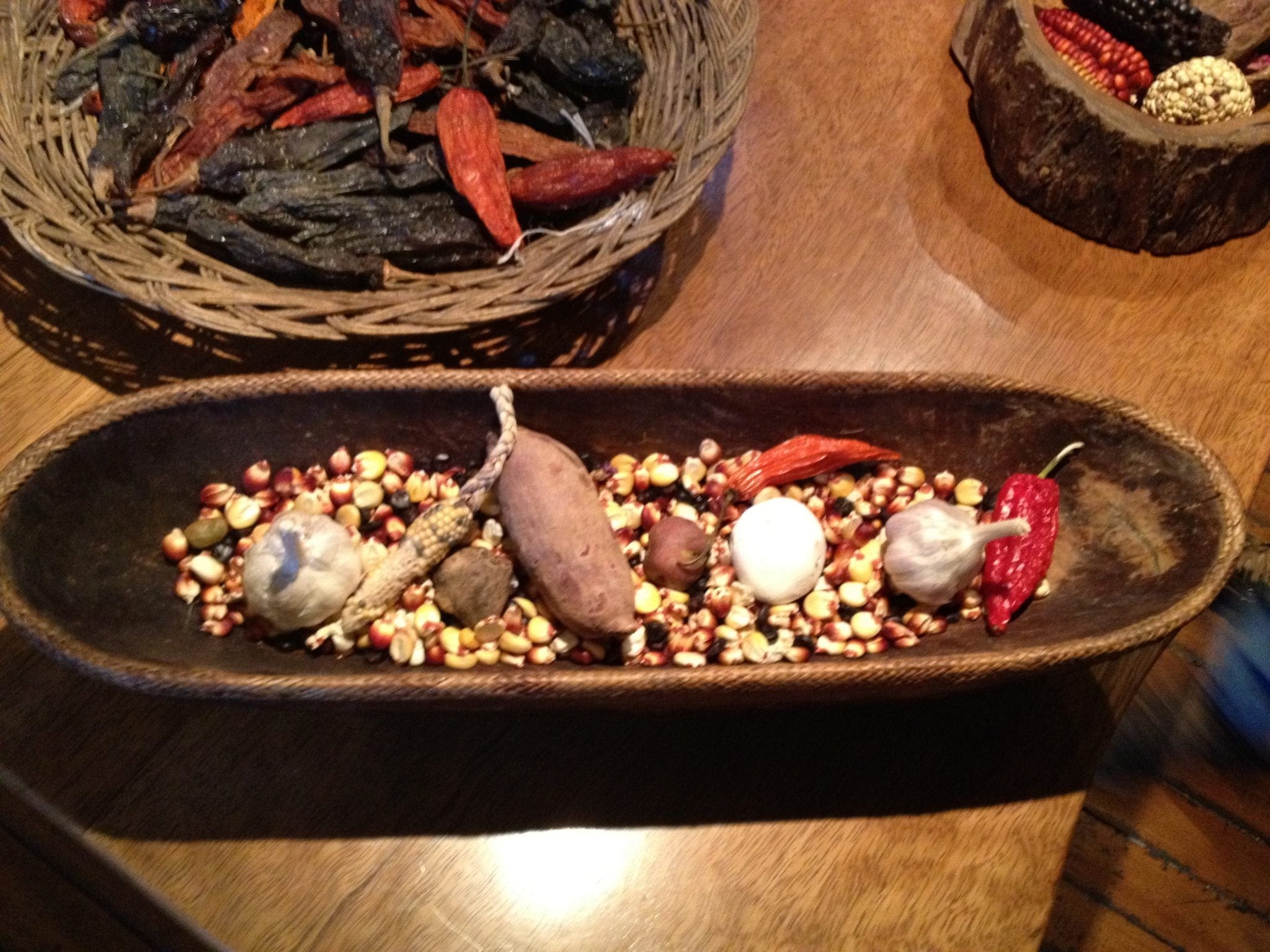
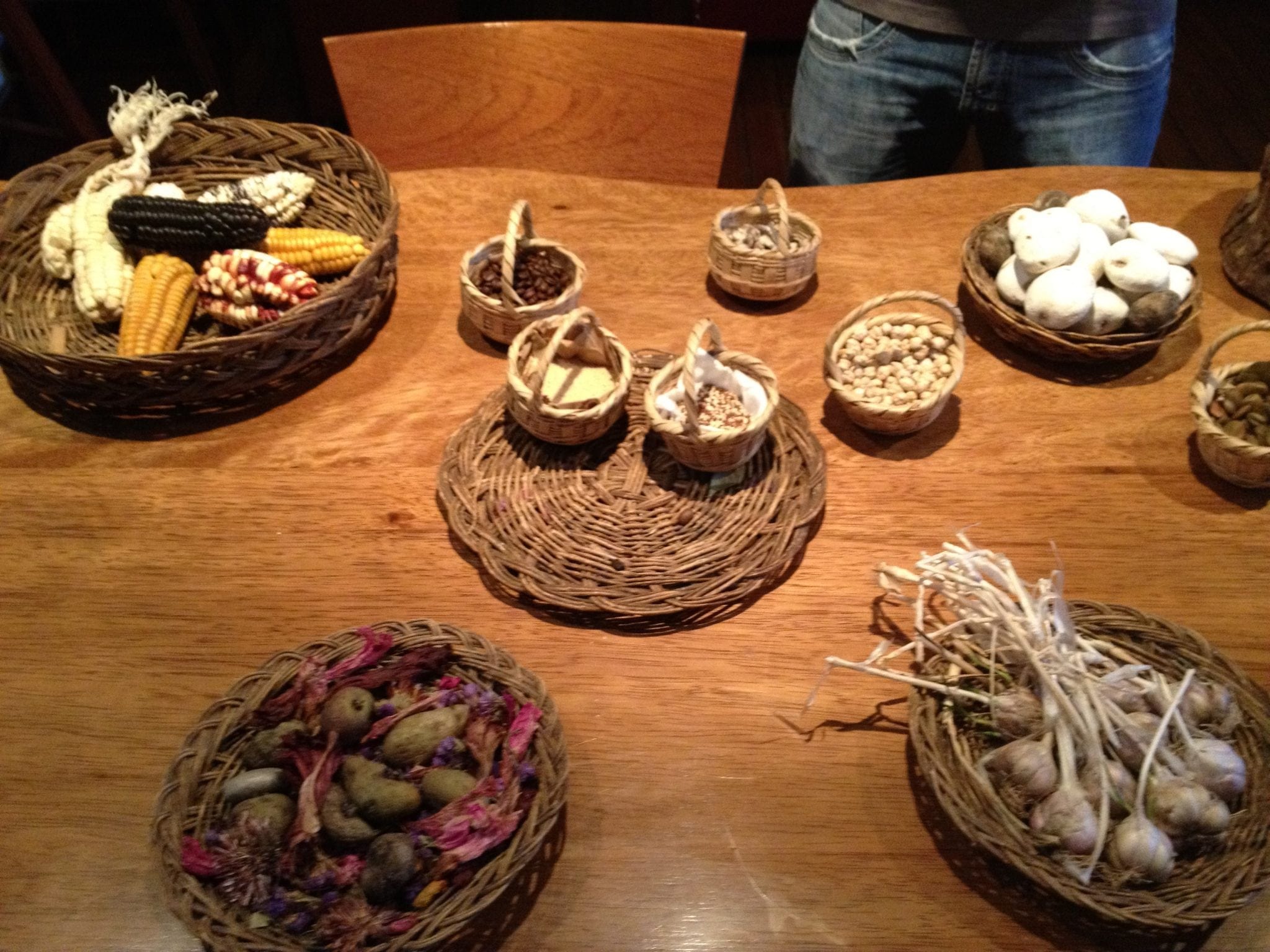
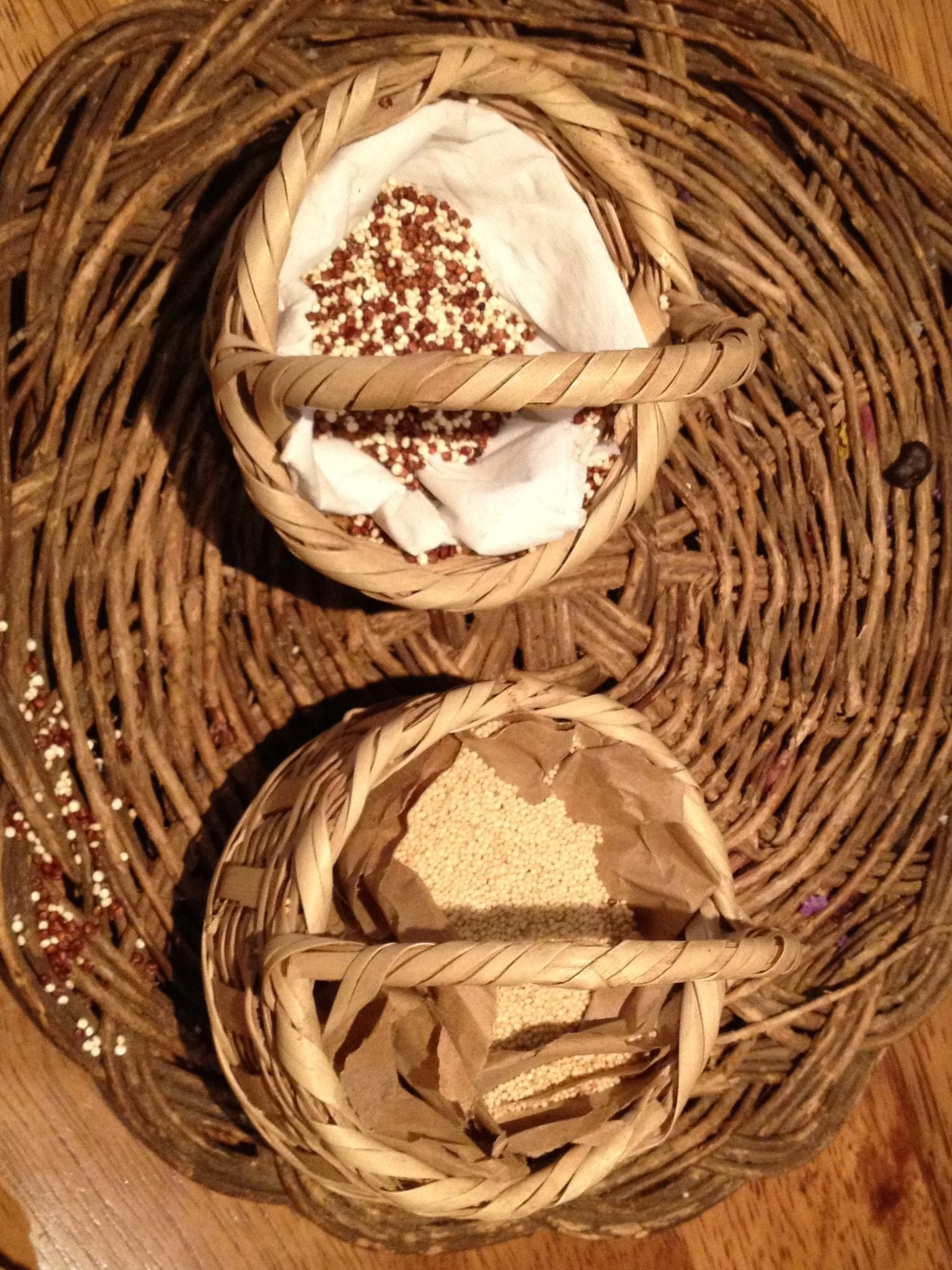
Check out day four here.

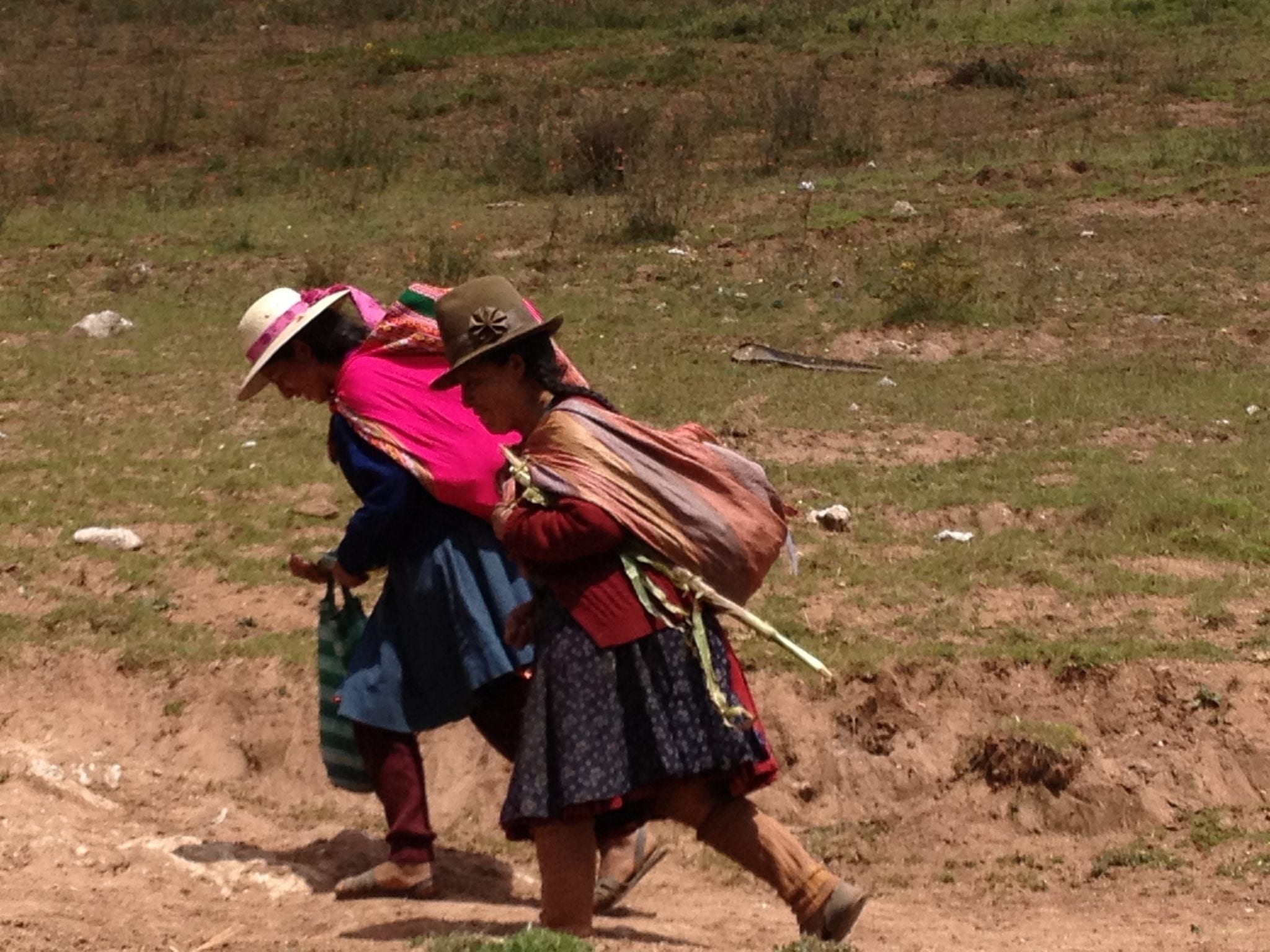
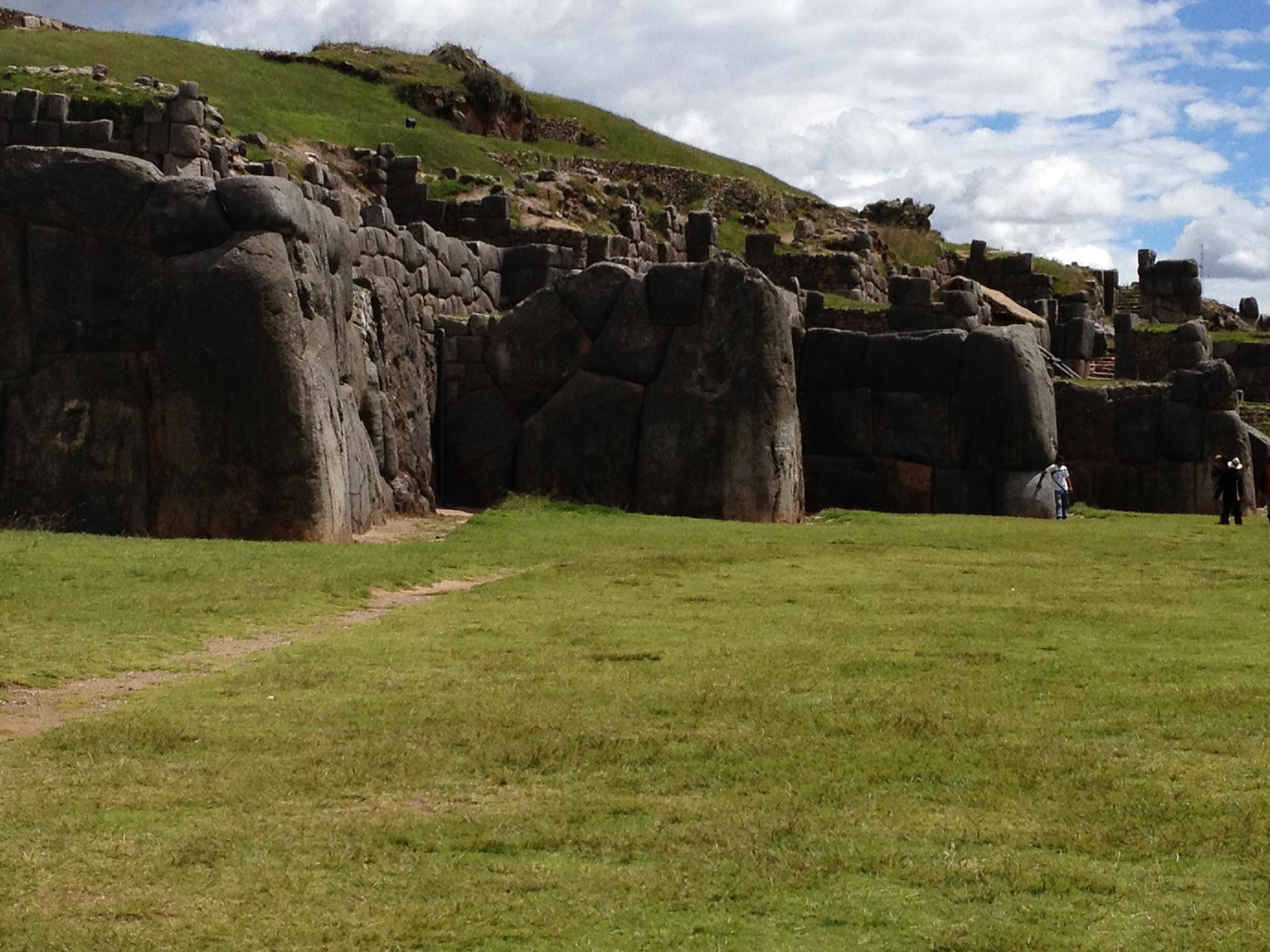
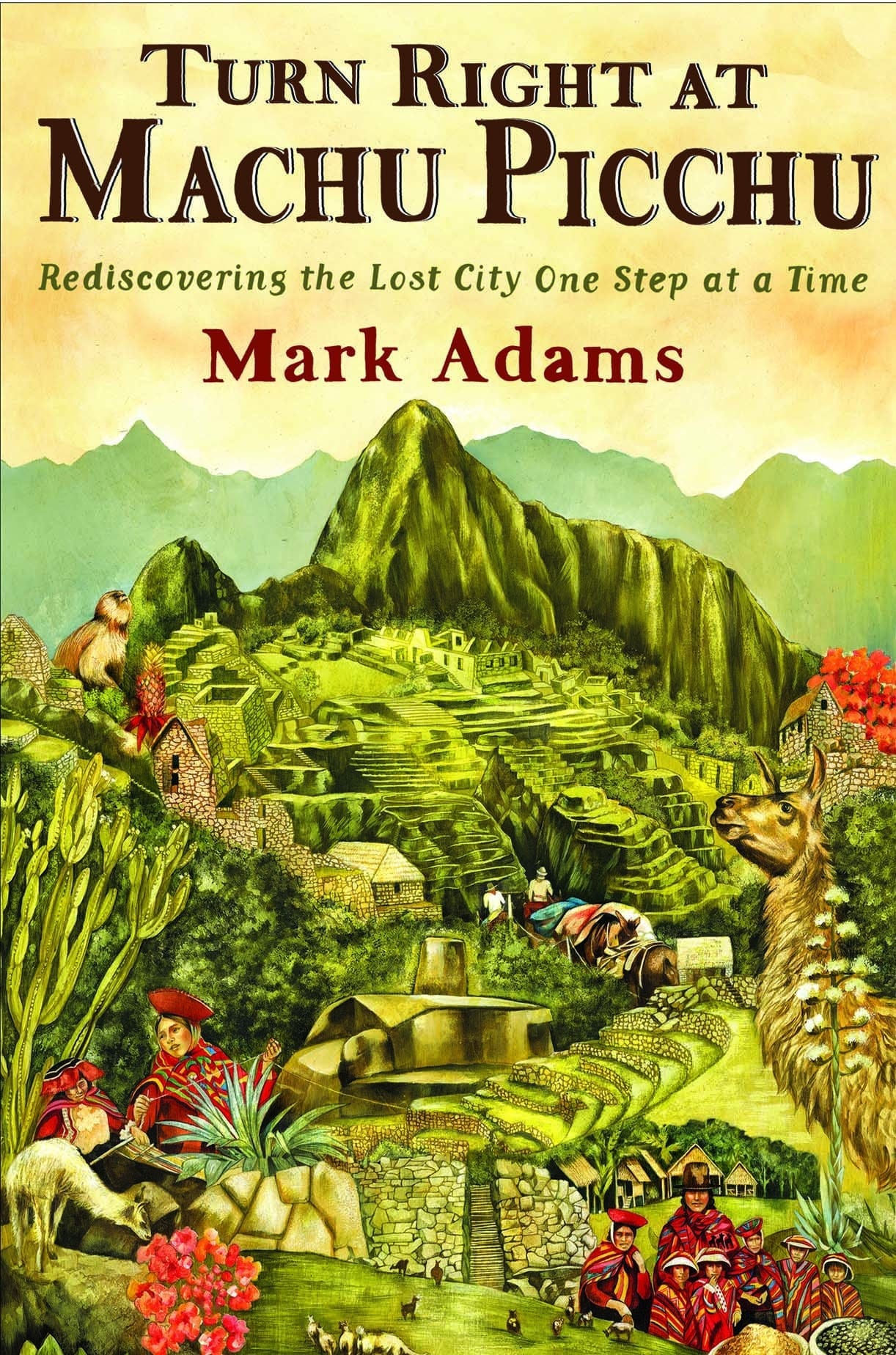

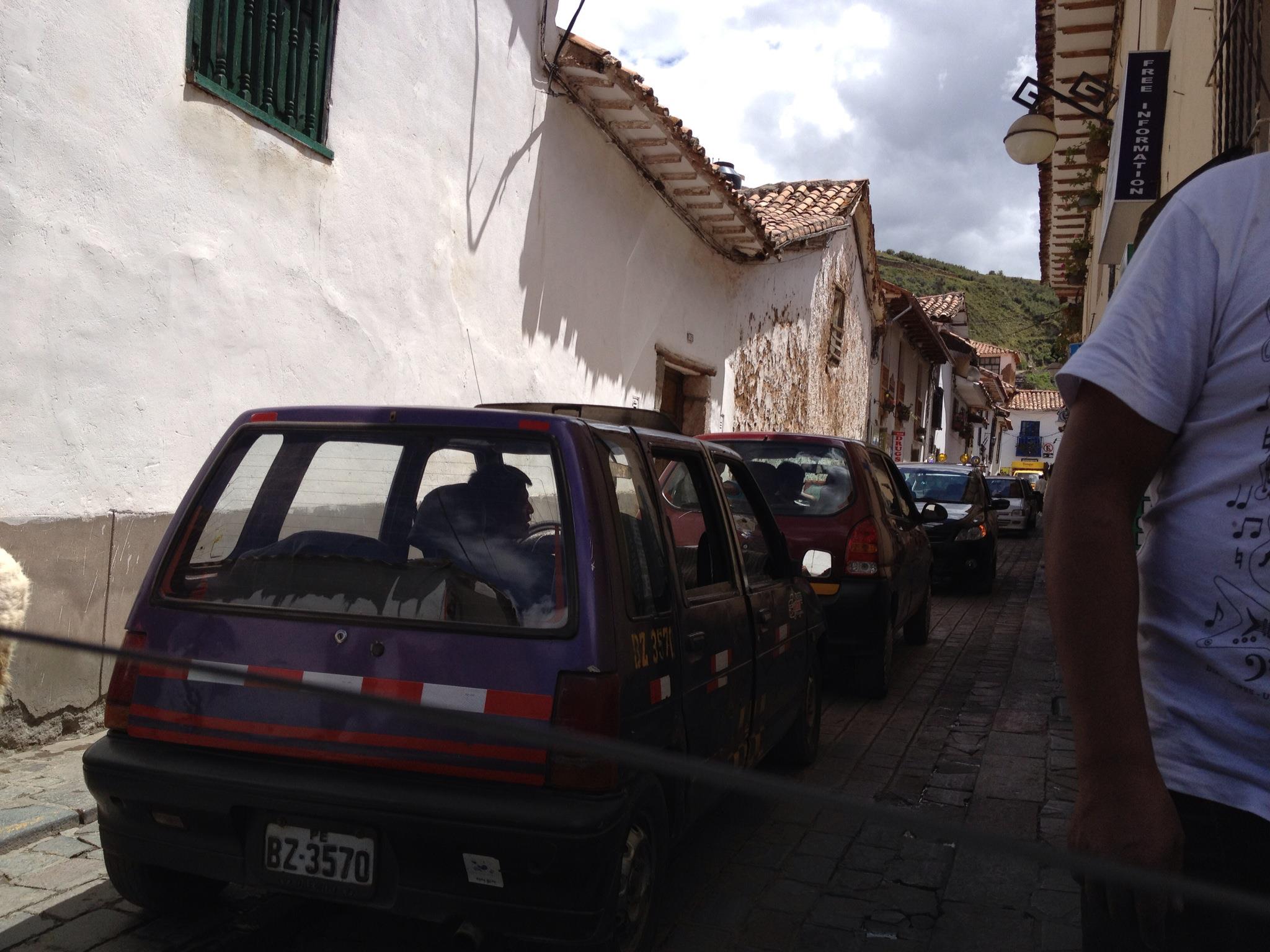
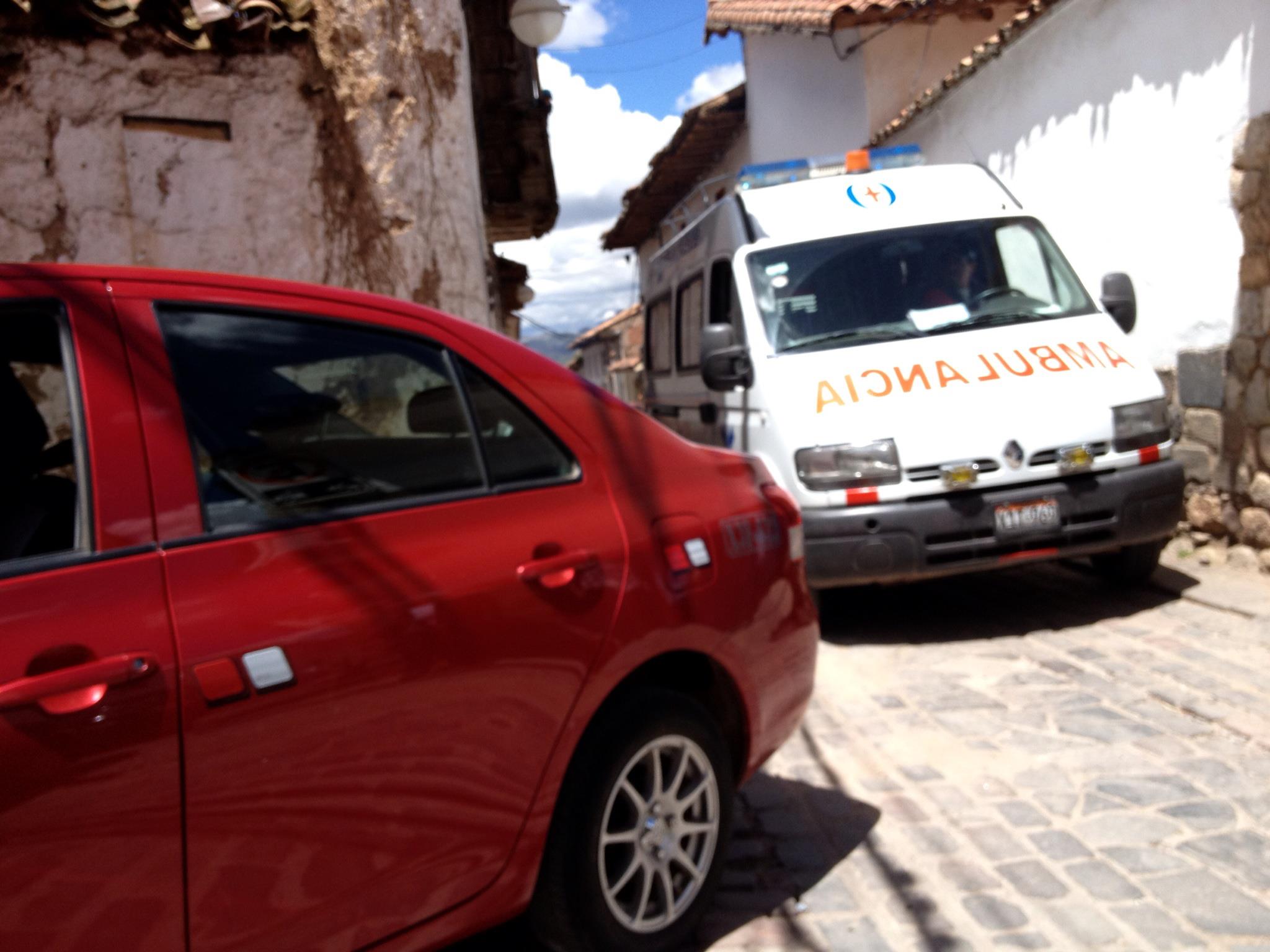
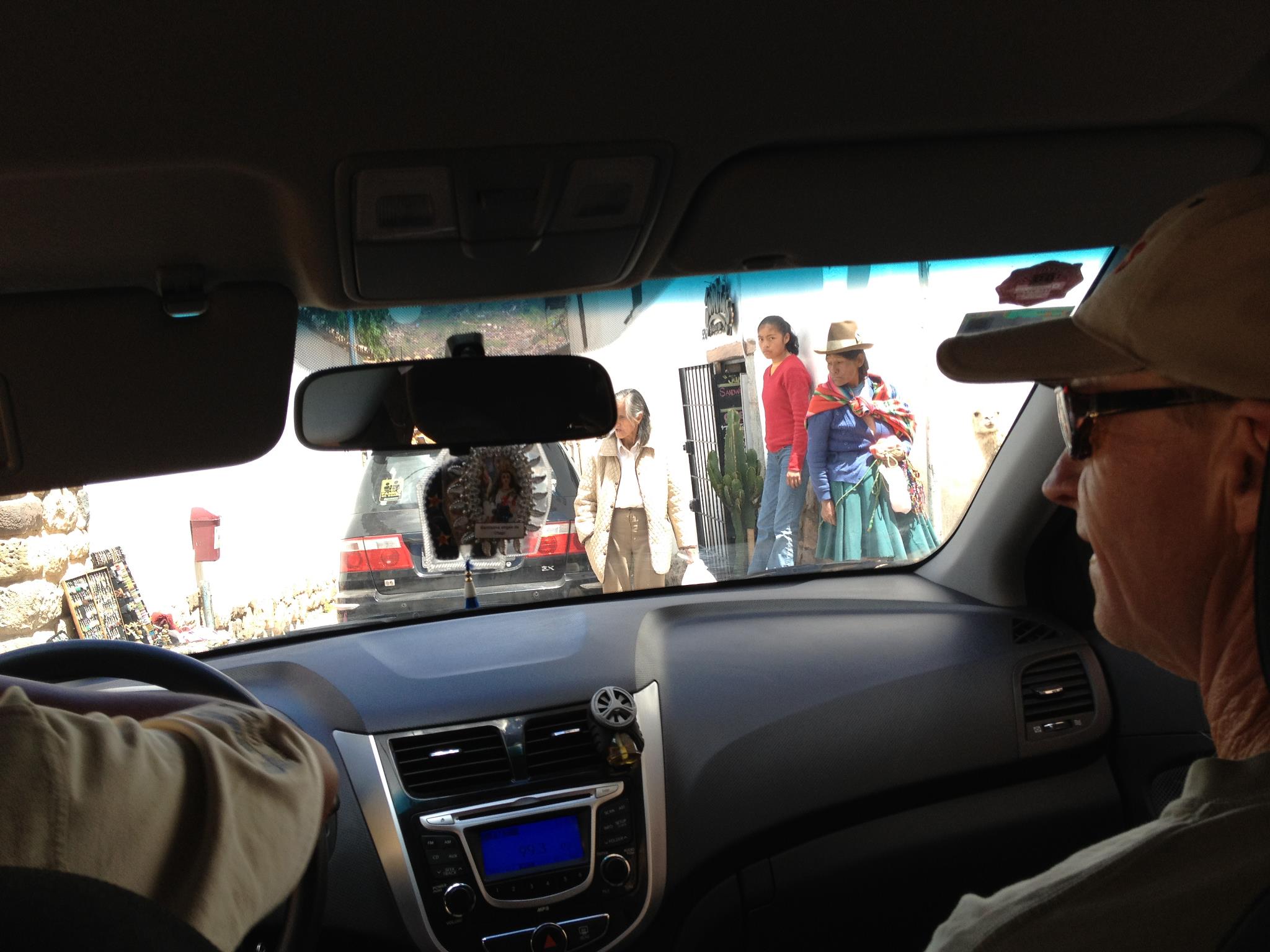
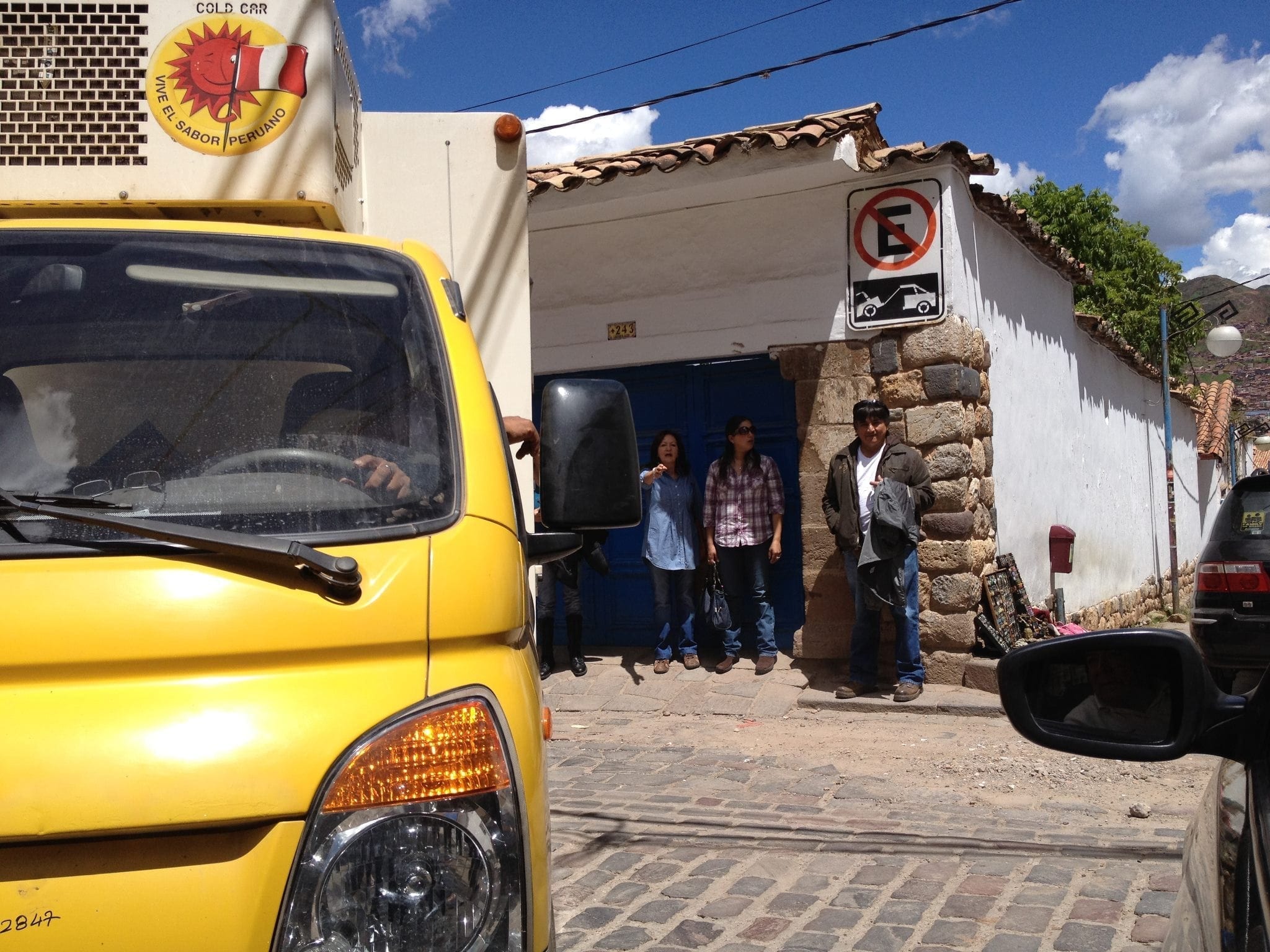
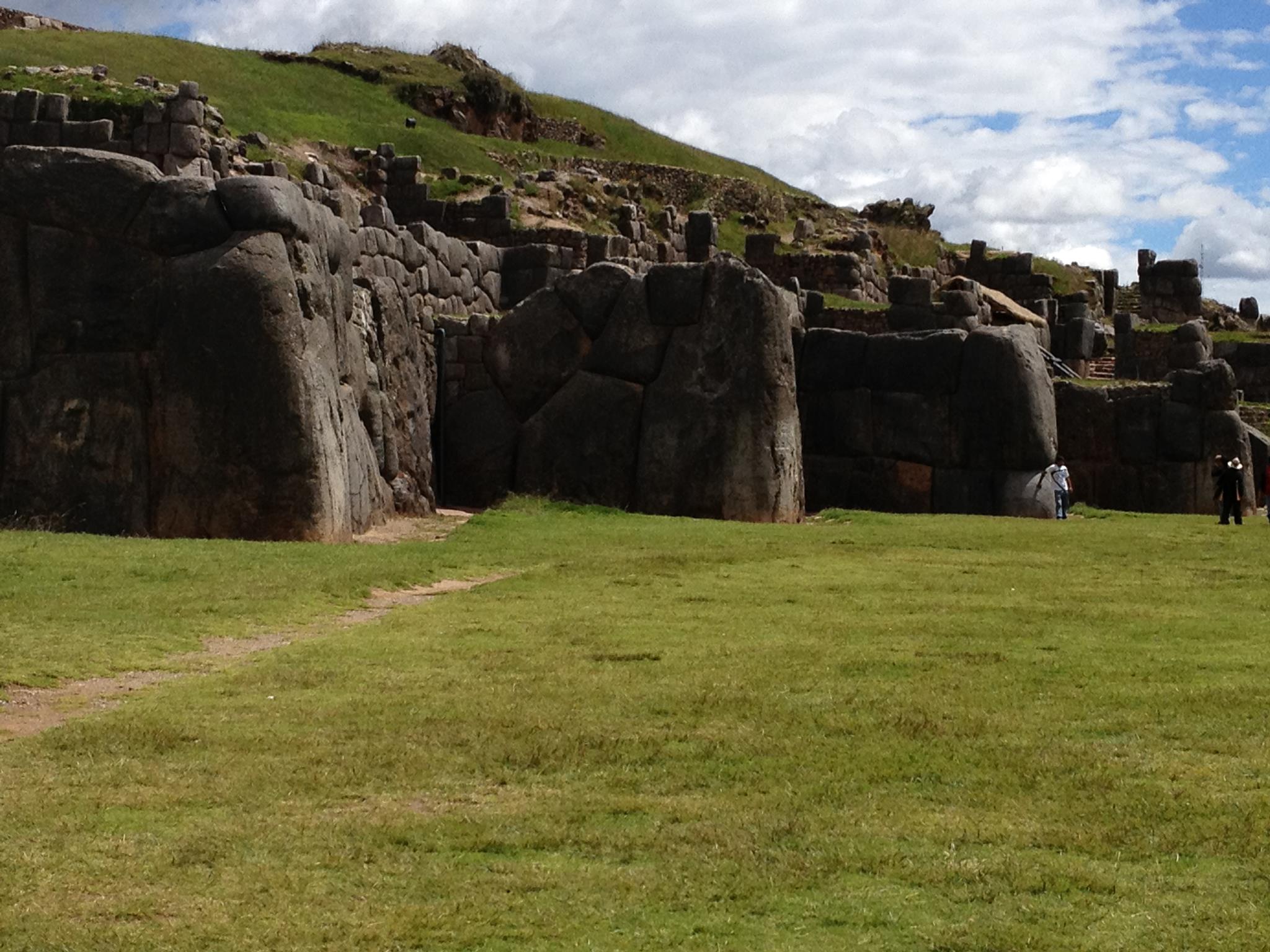
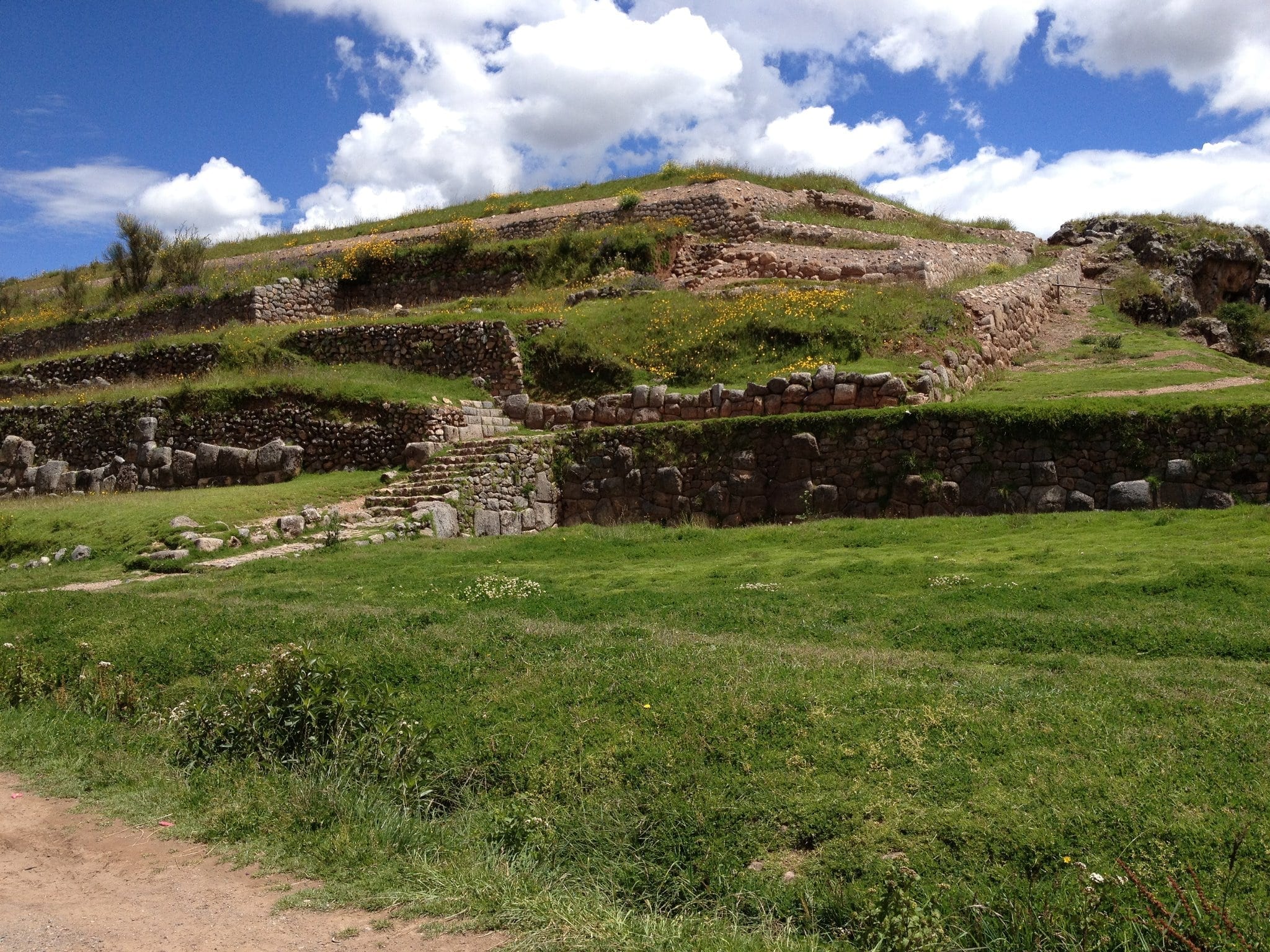
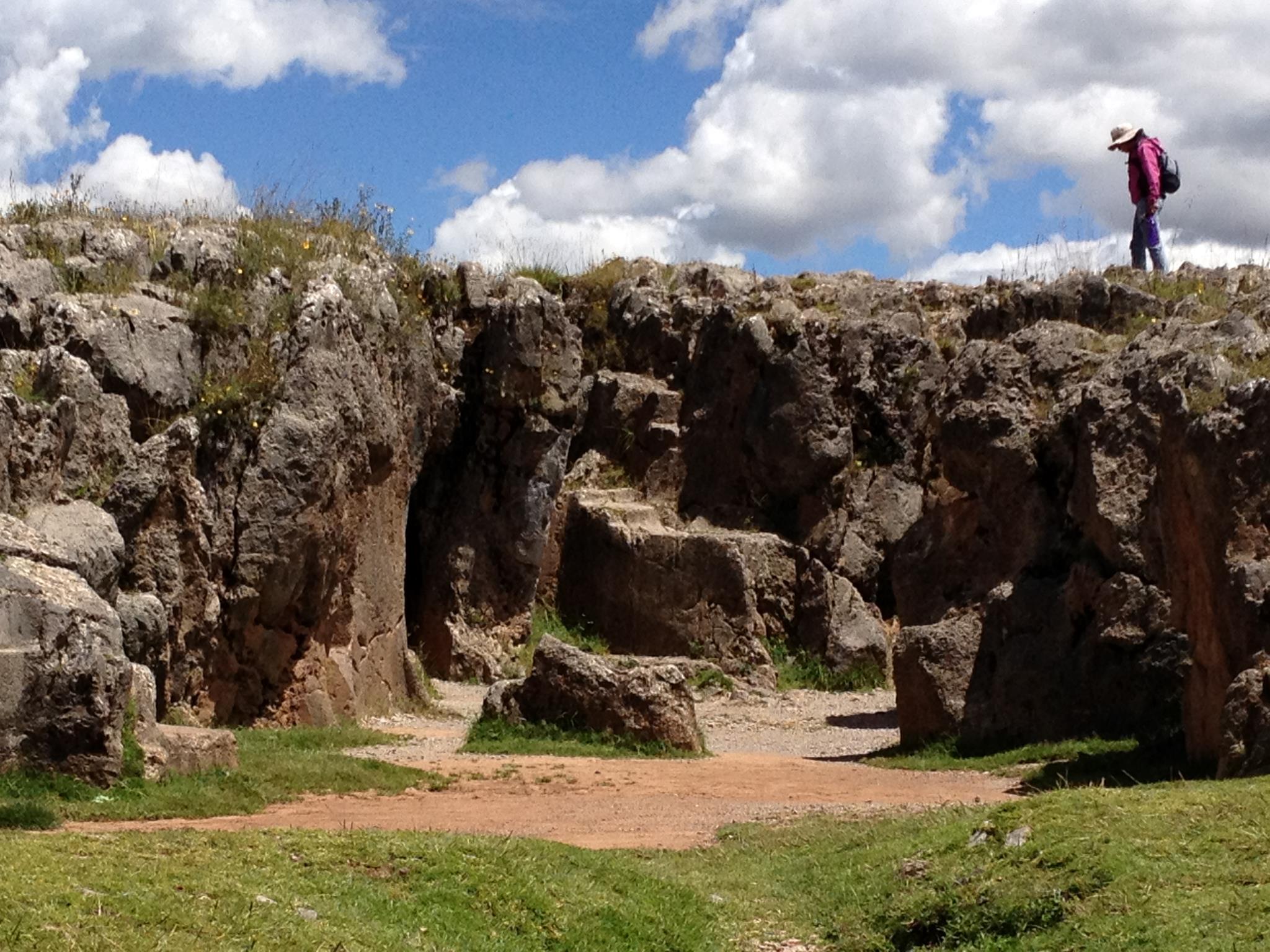
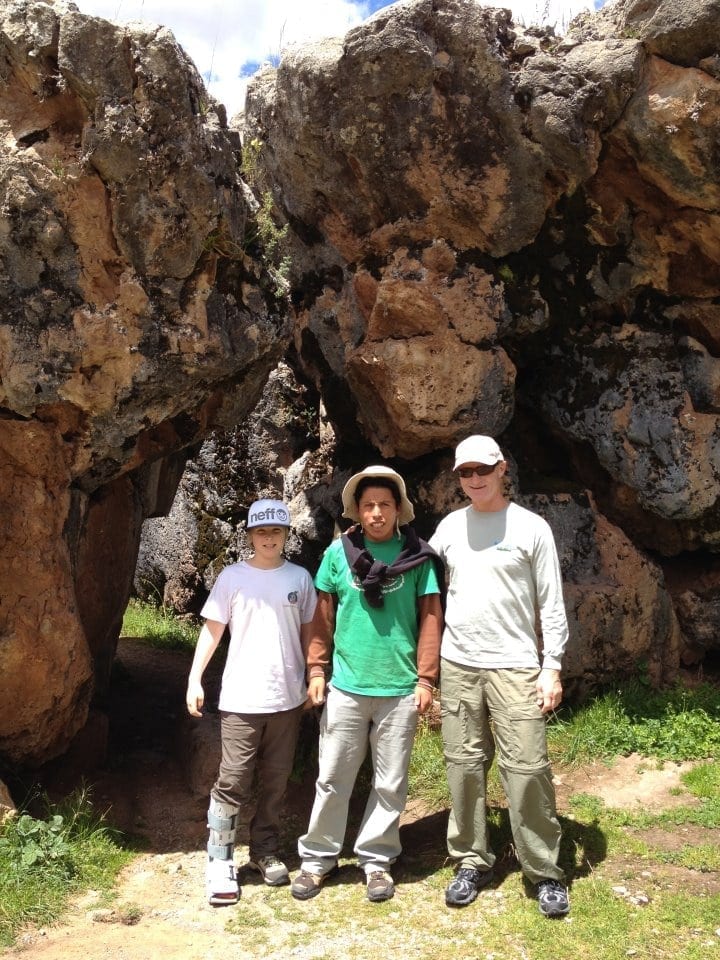
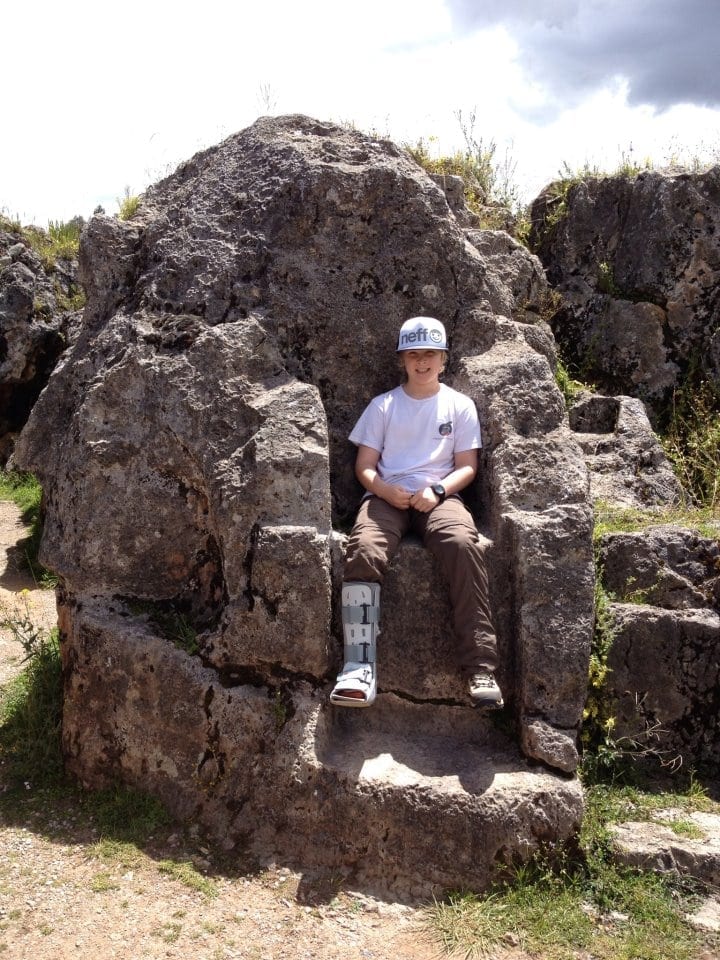
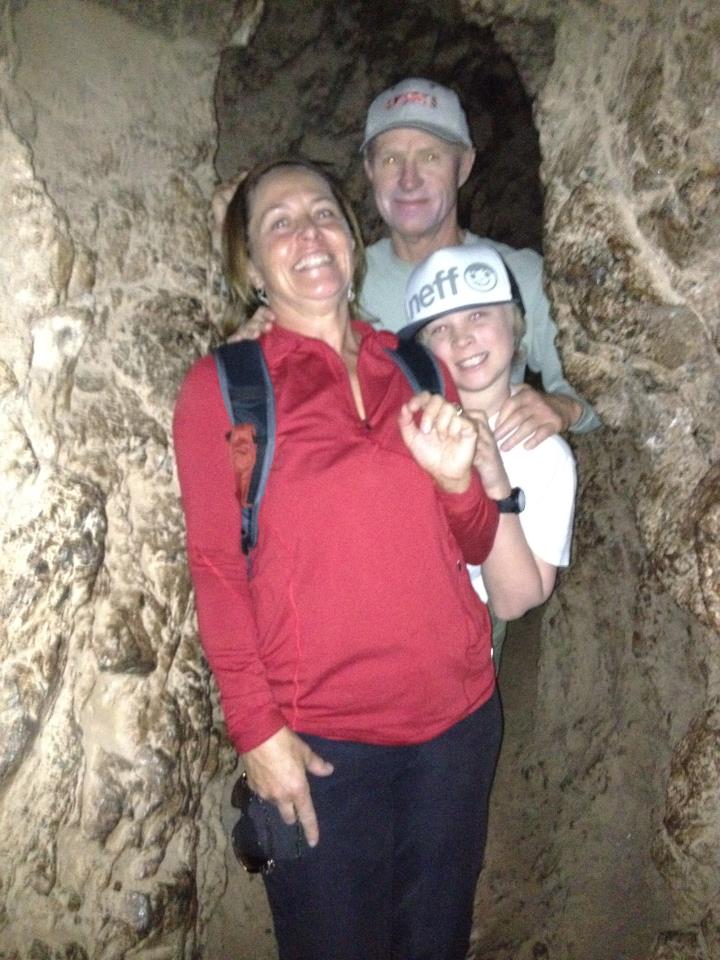
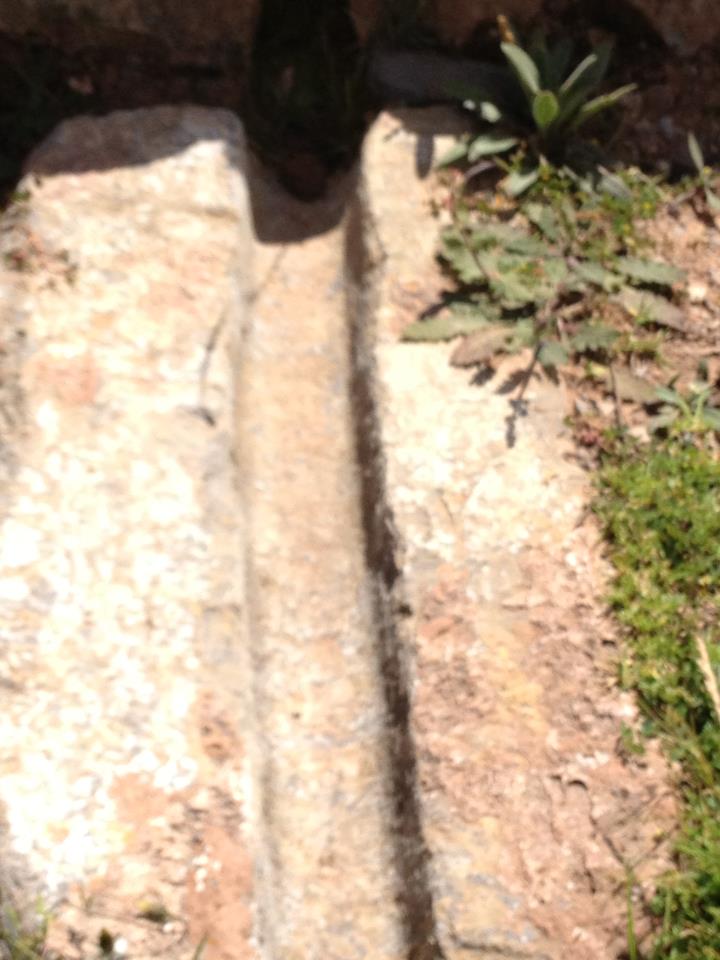
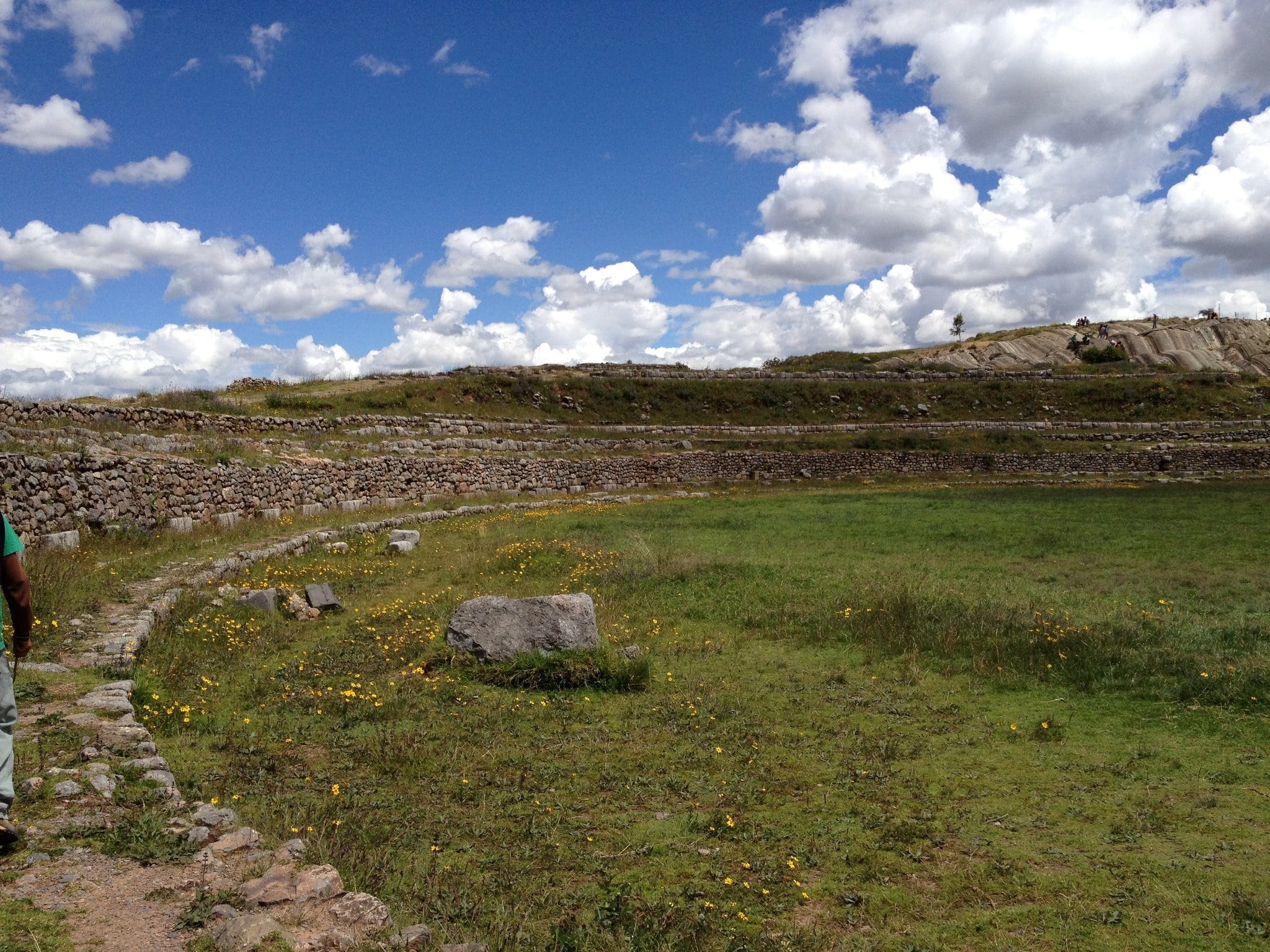
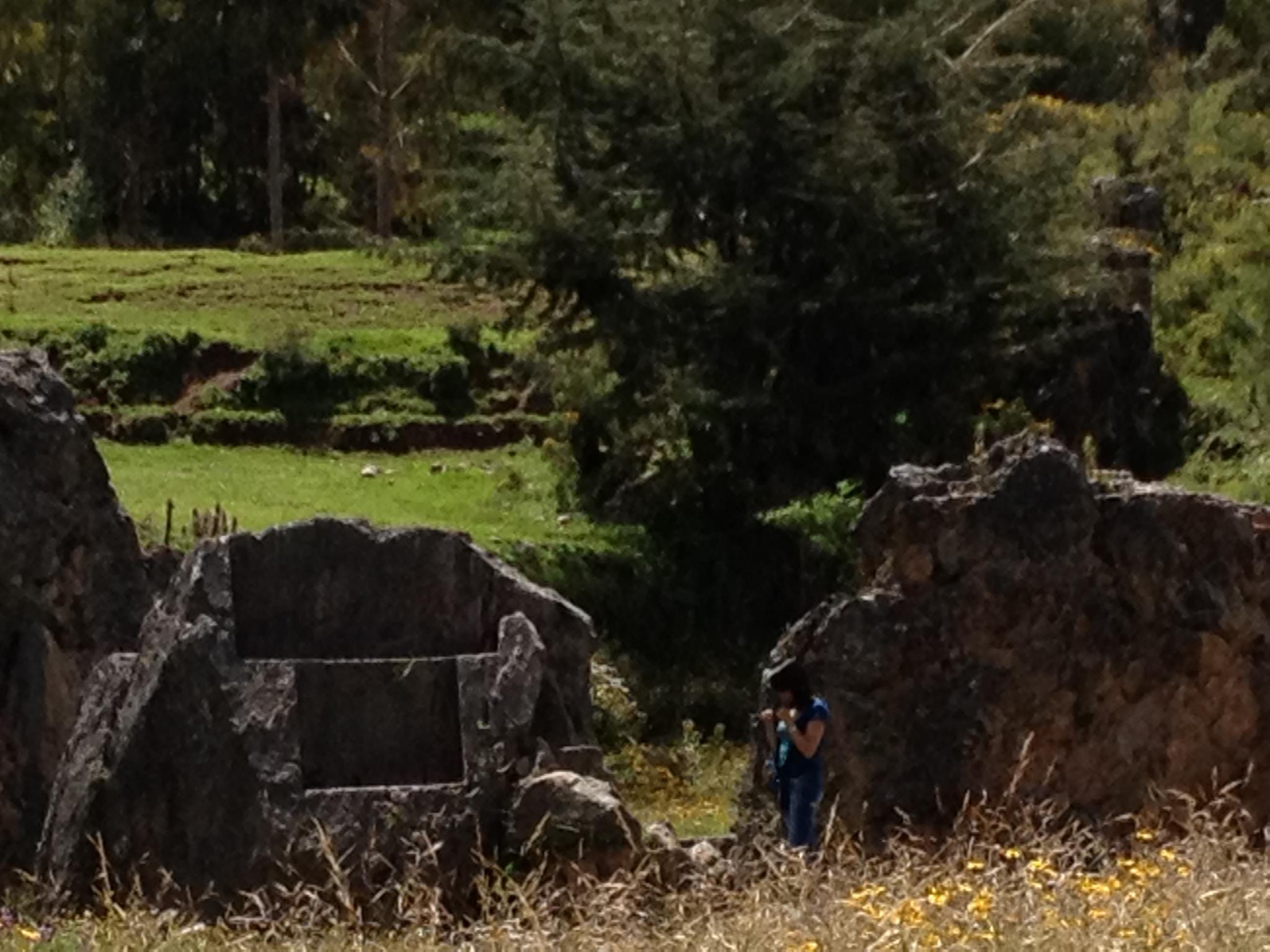
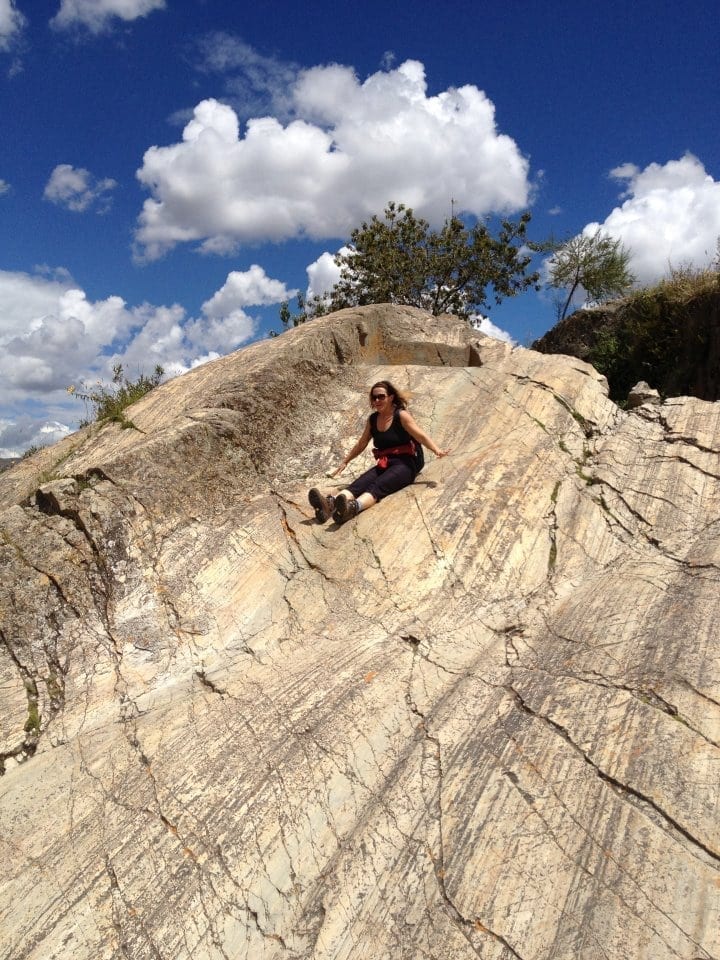
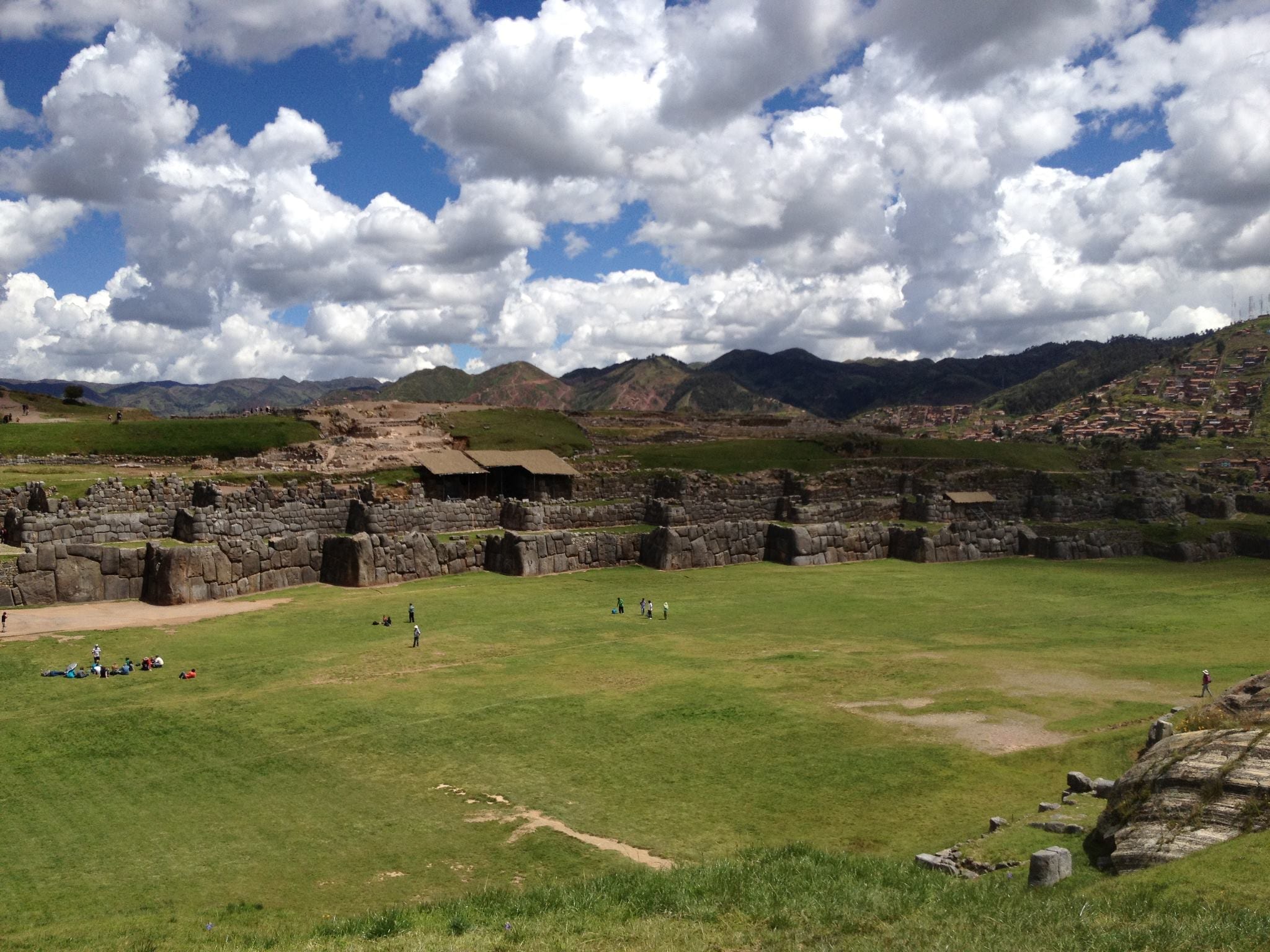
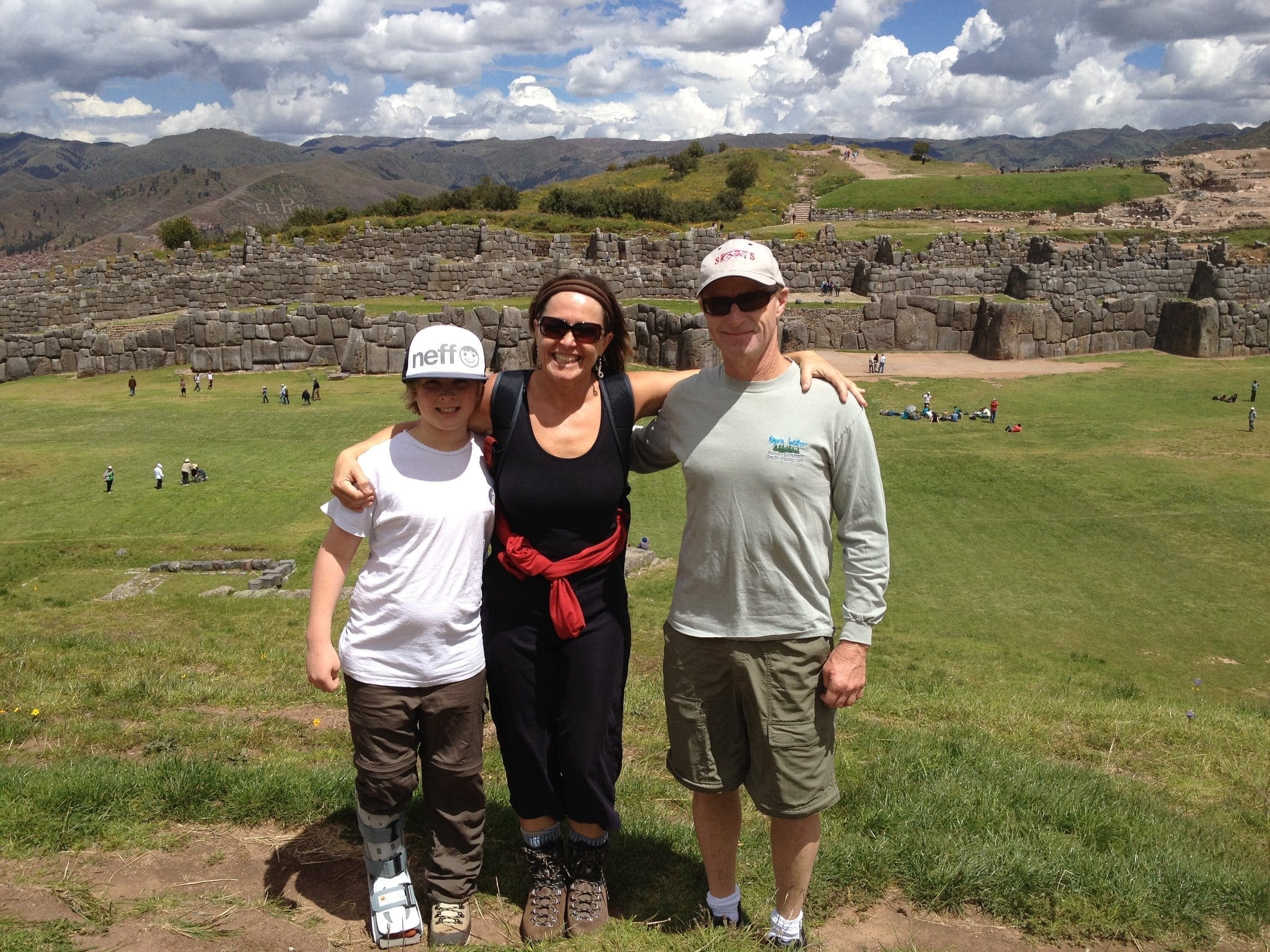
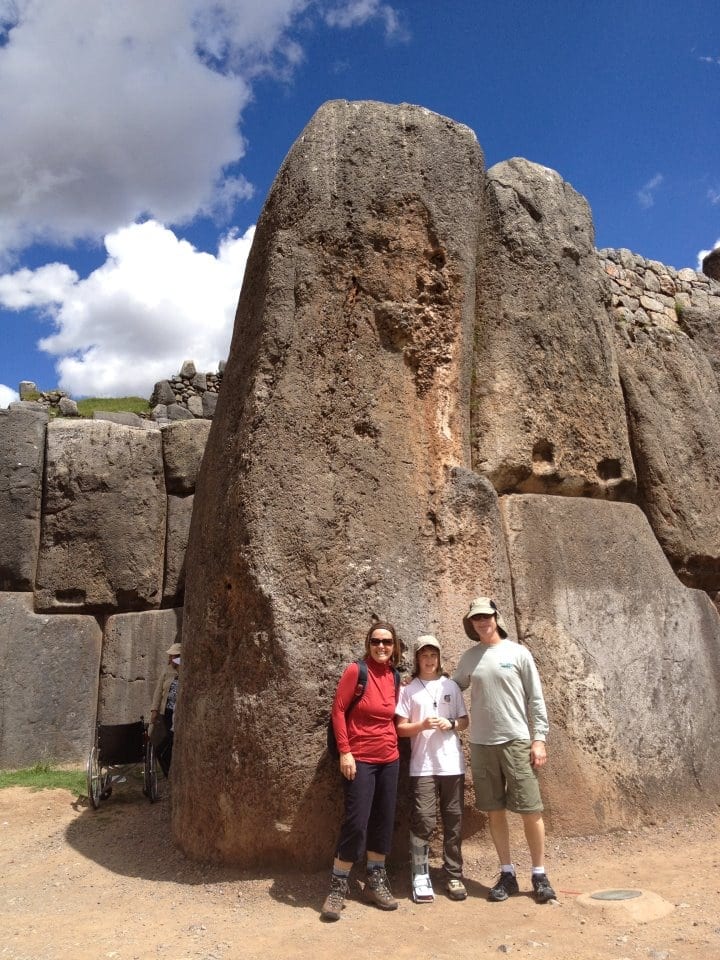
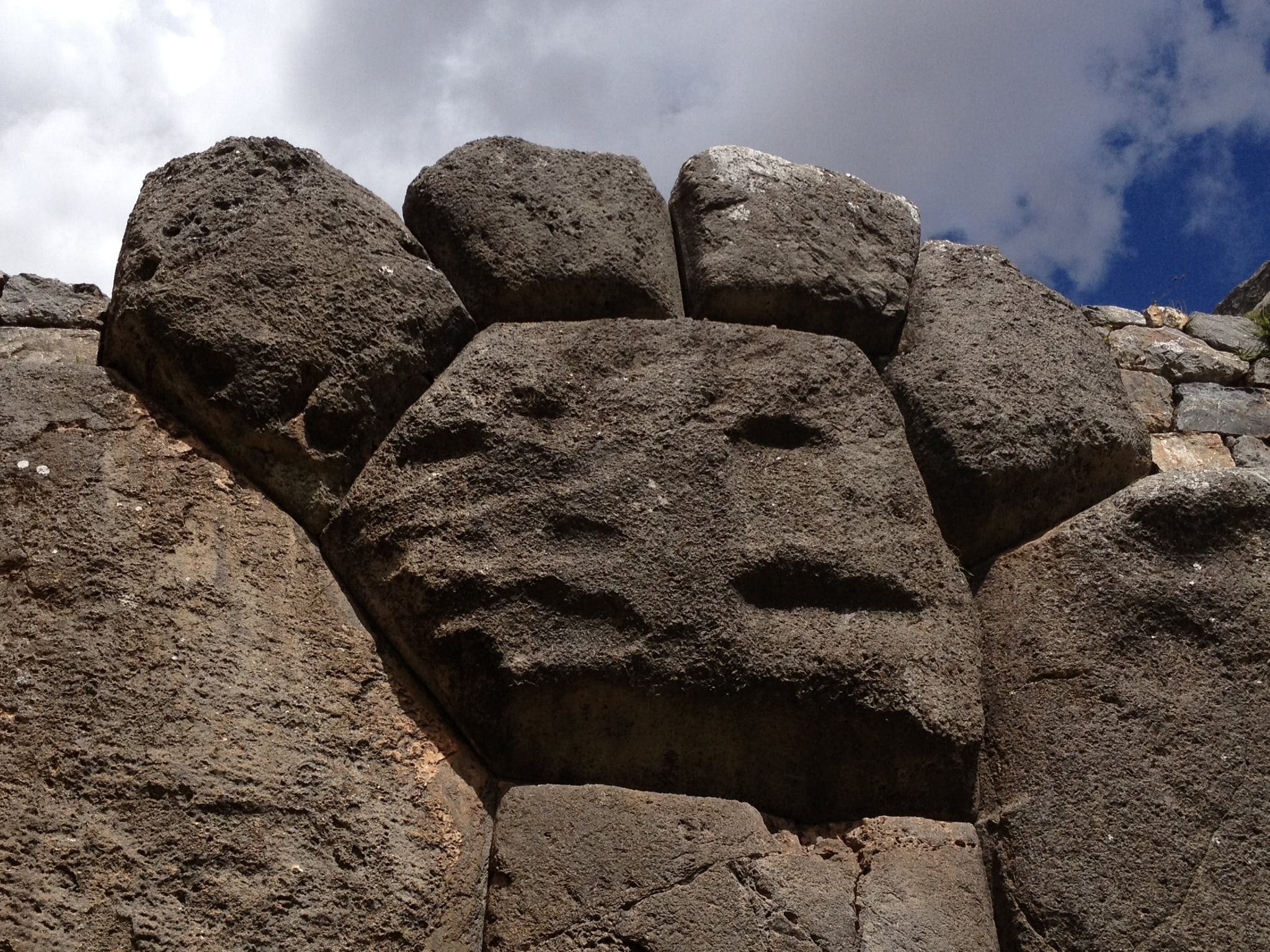
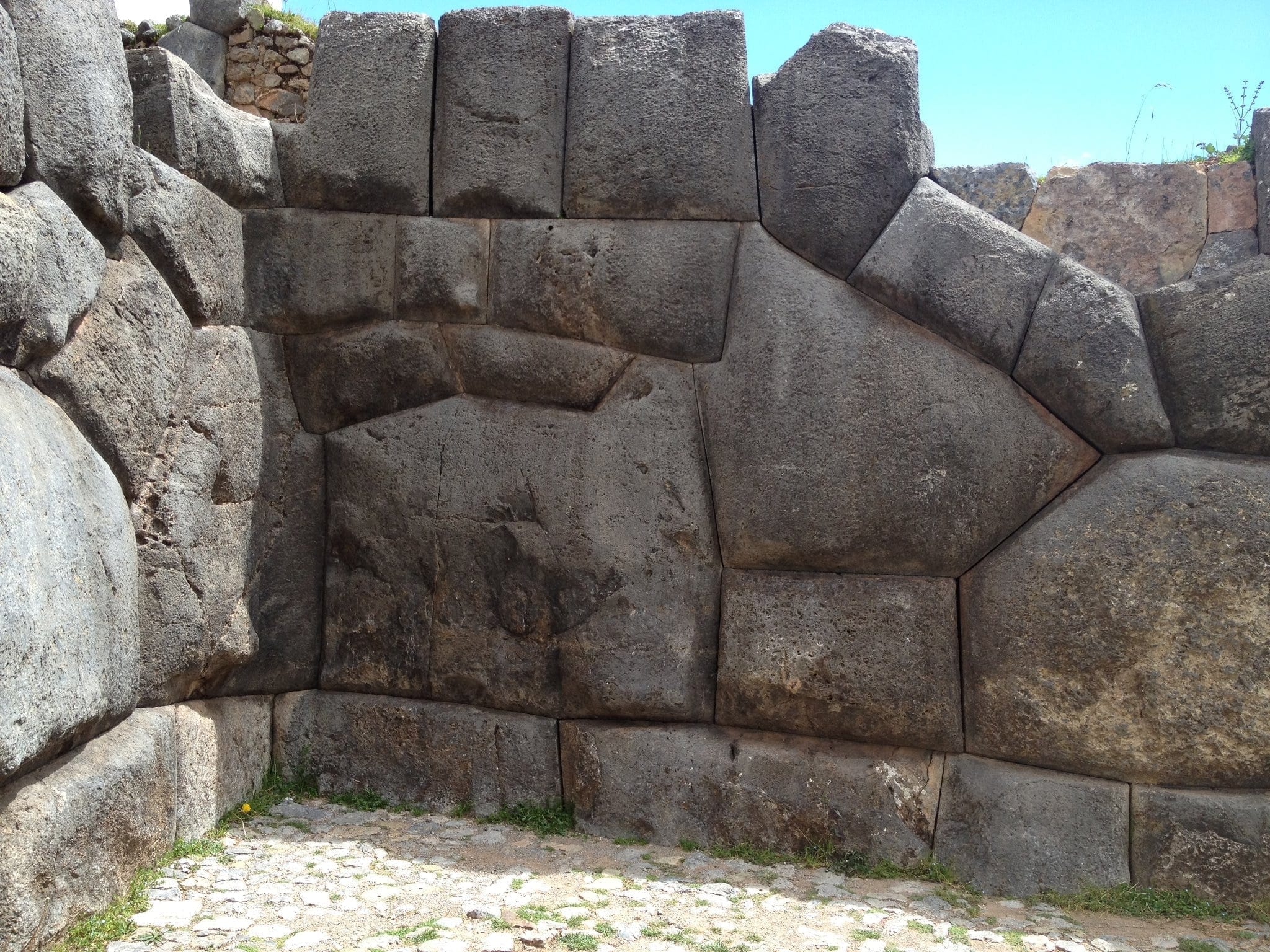
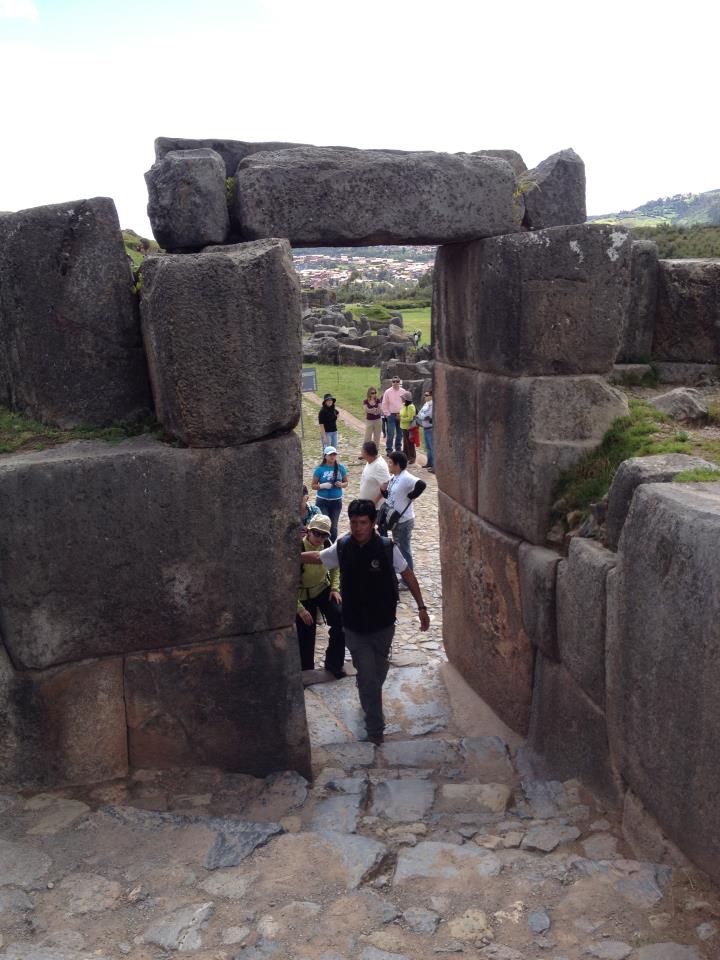
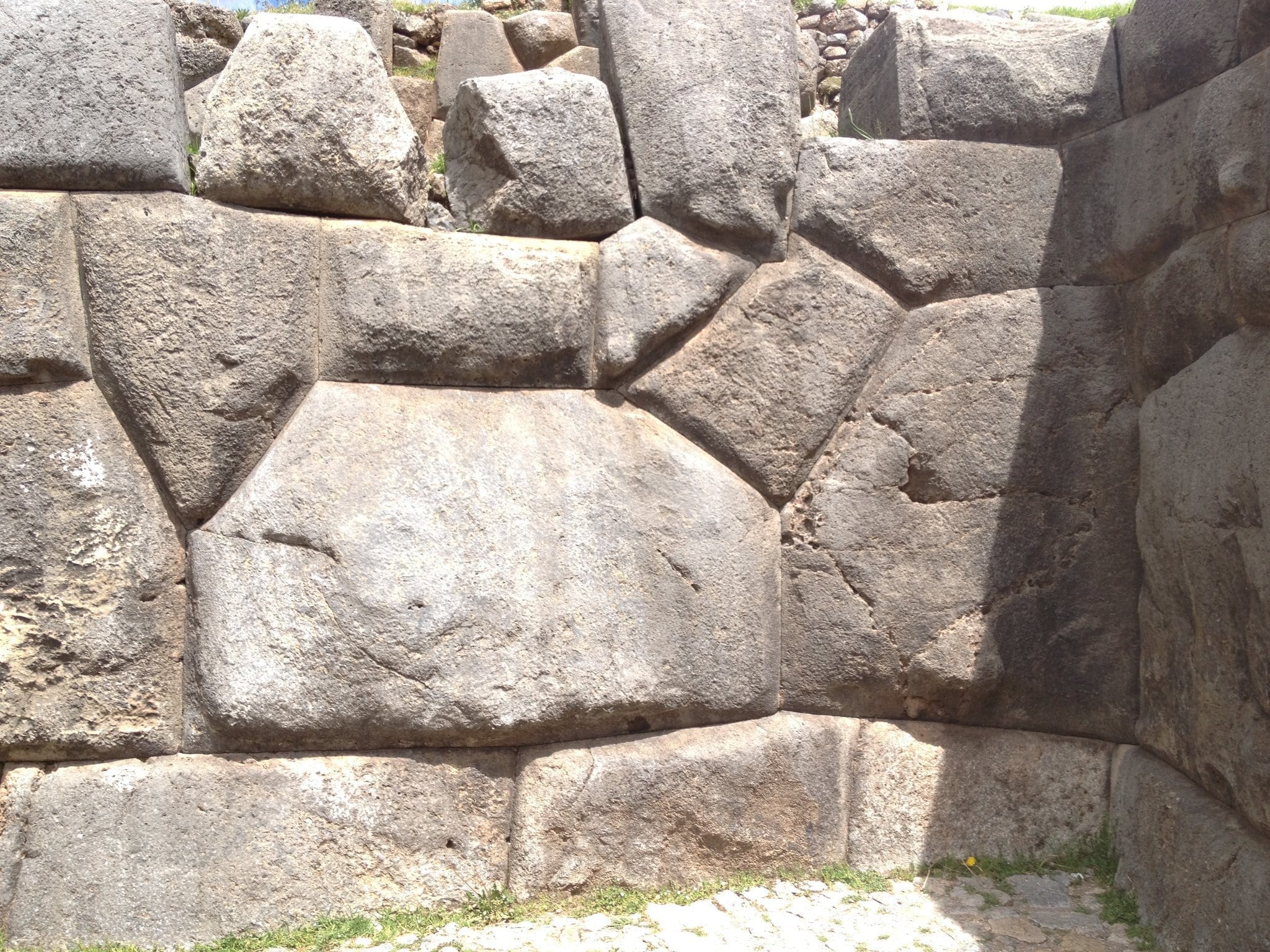
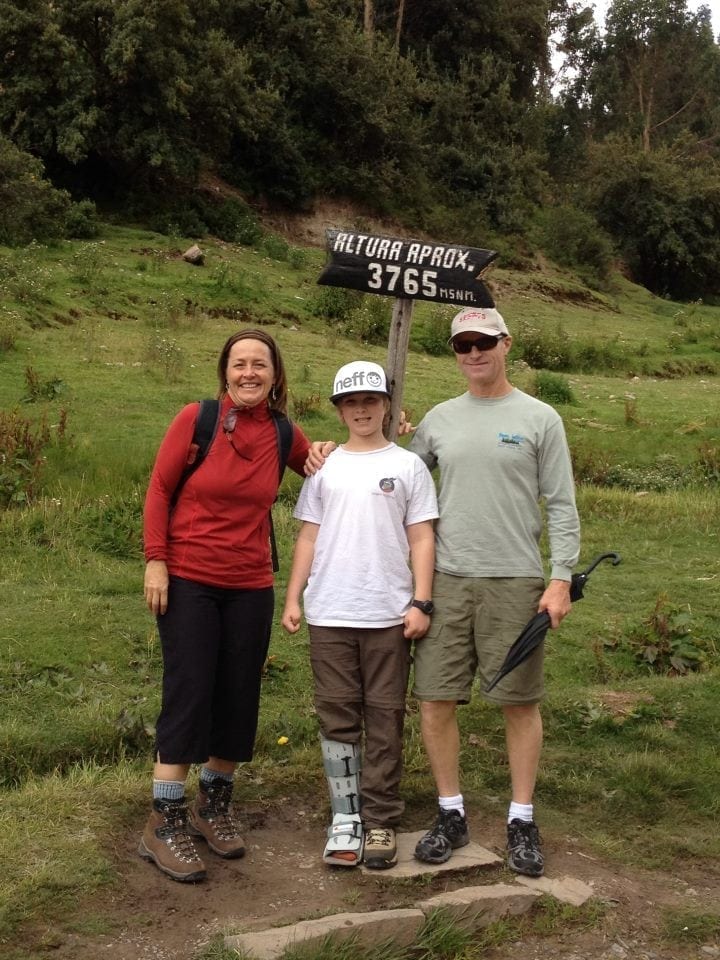
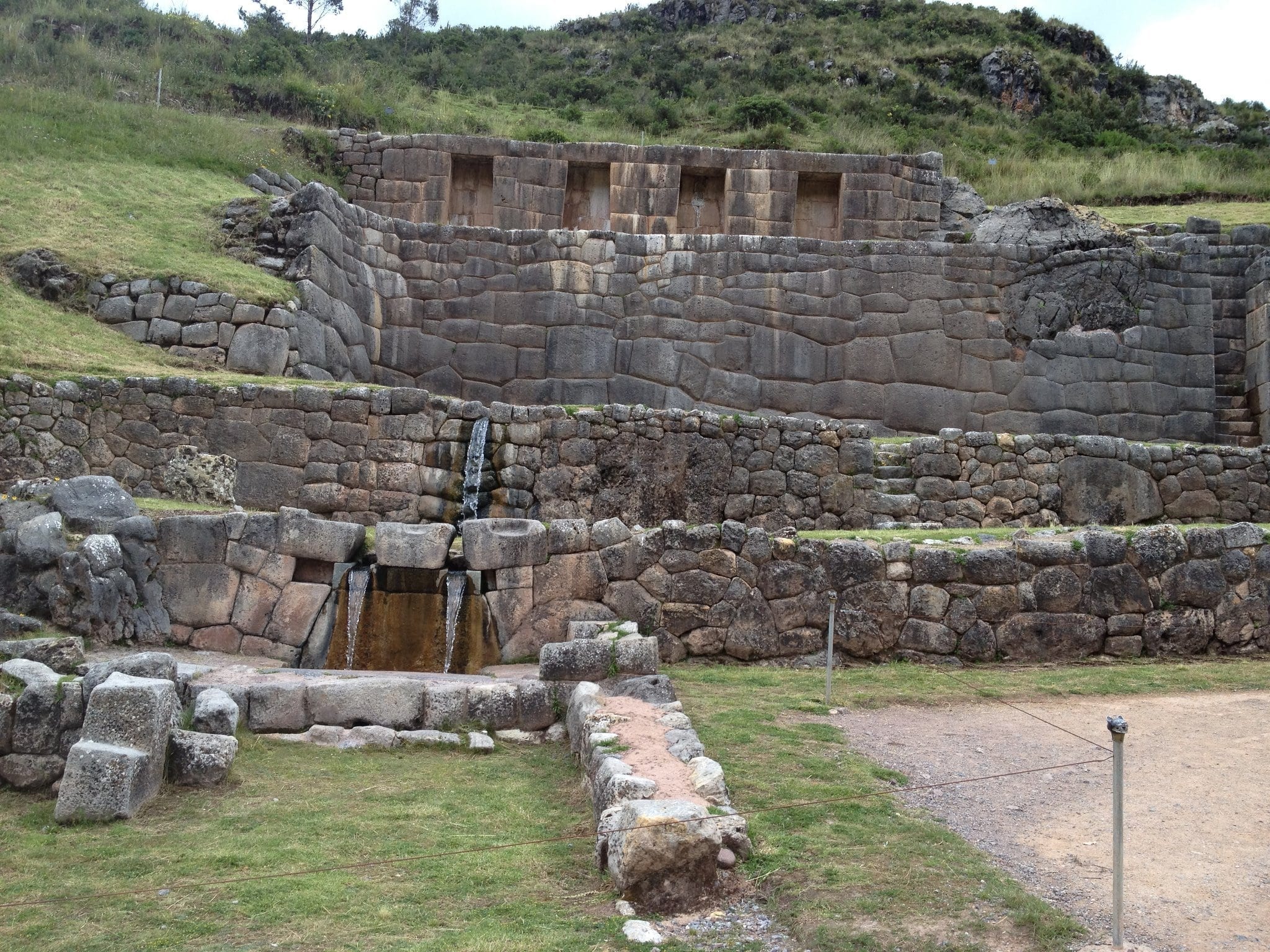
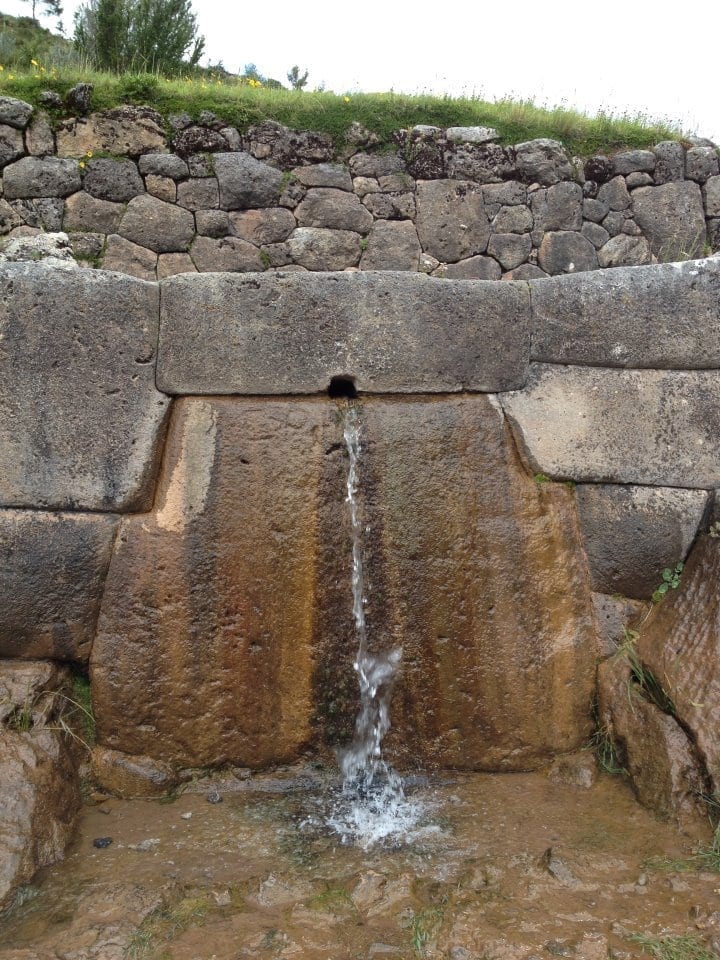
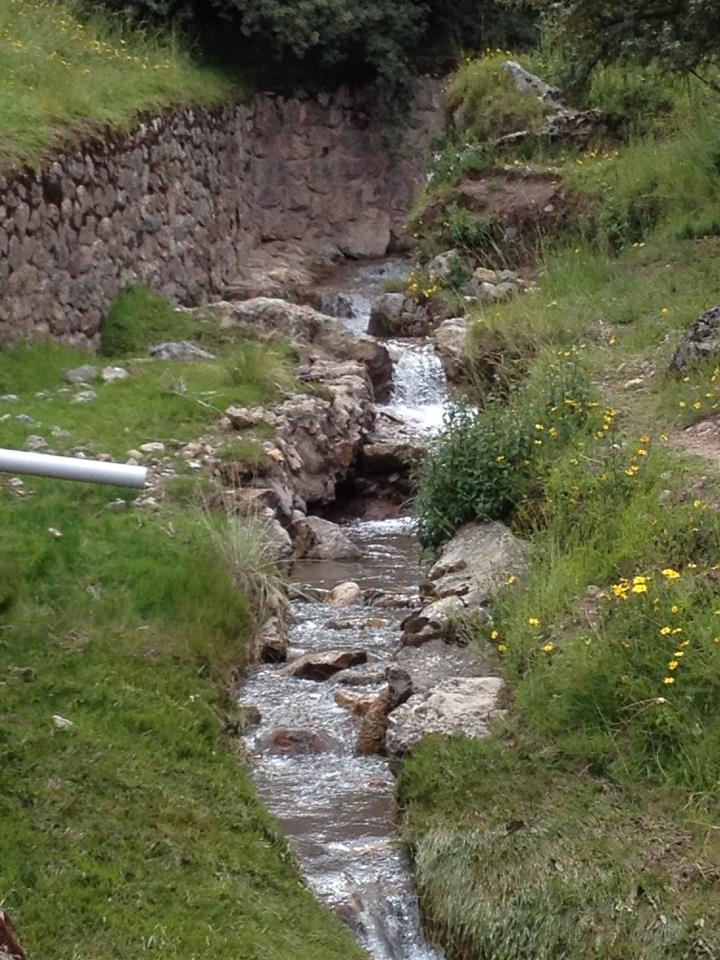
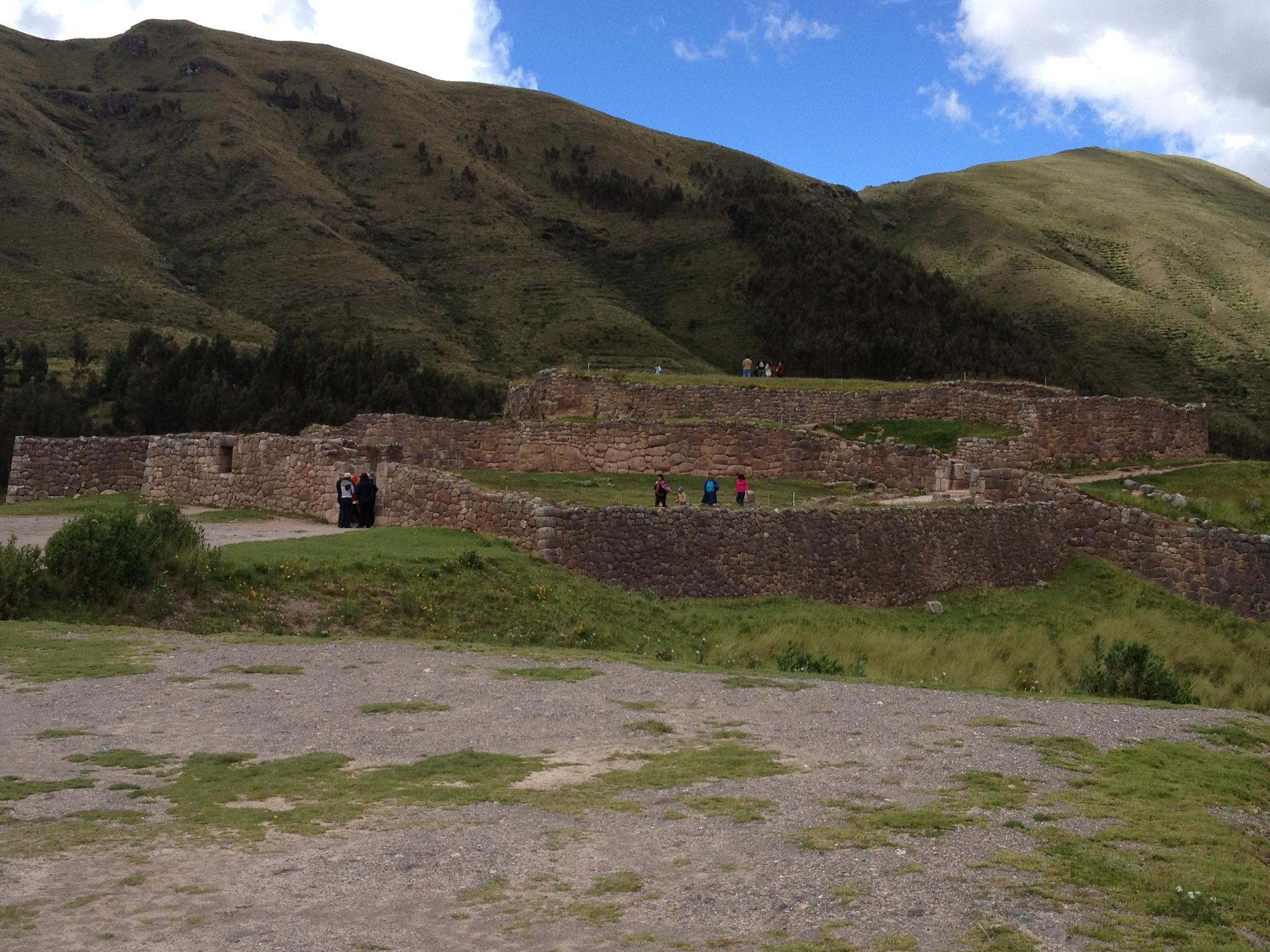
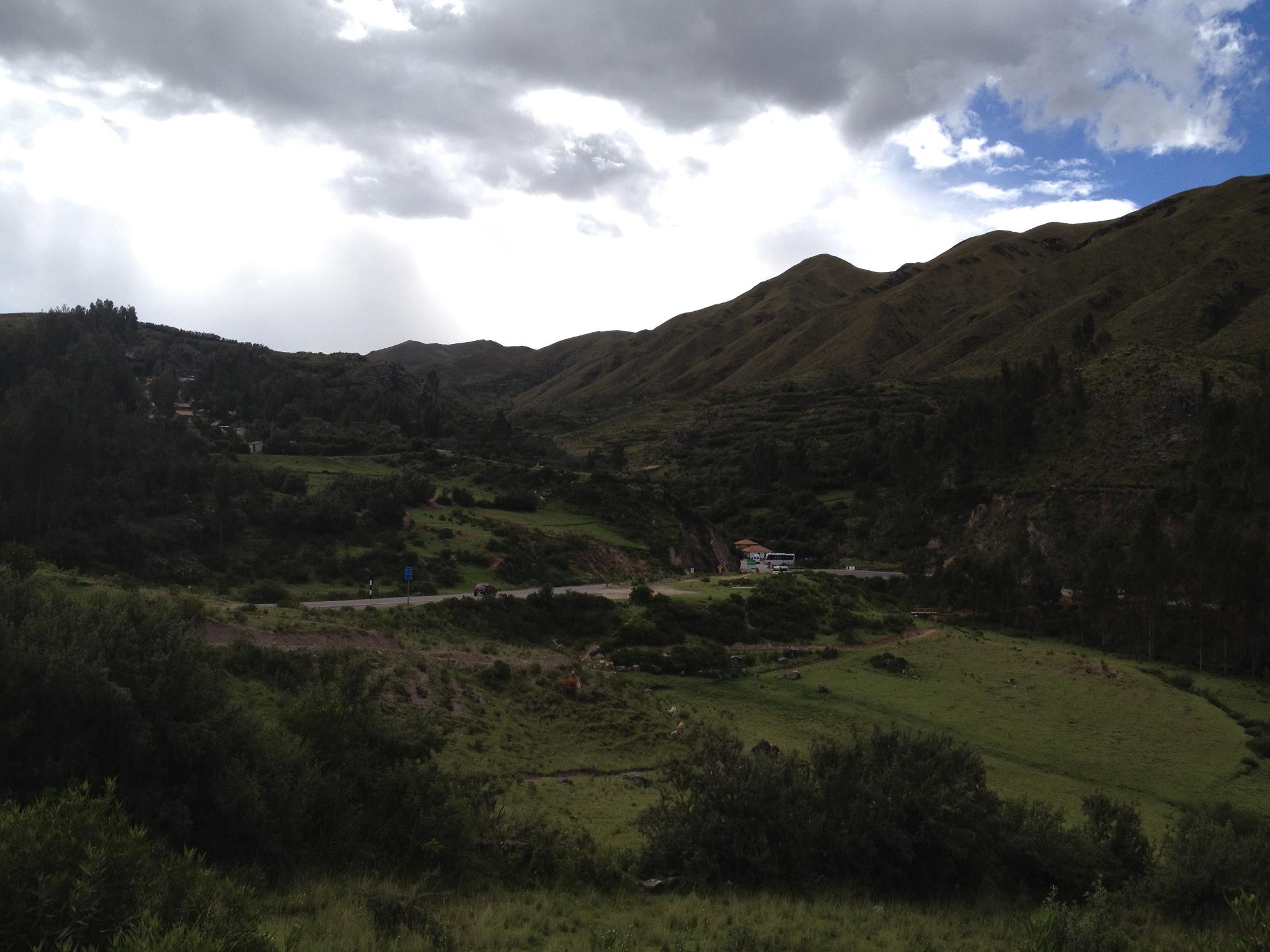
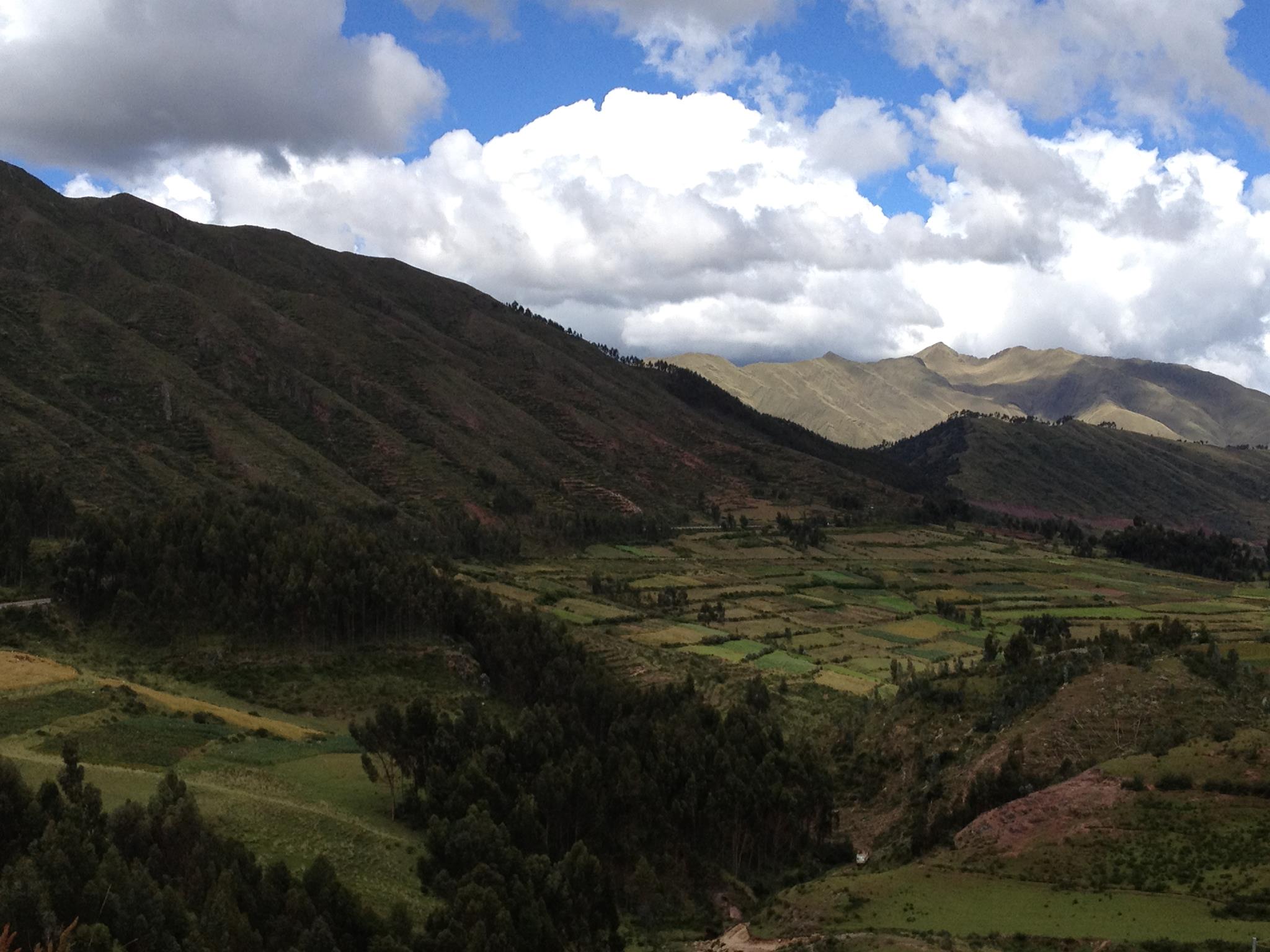
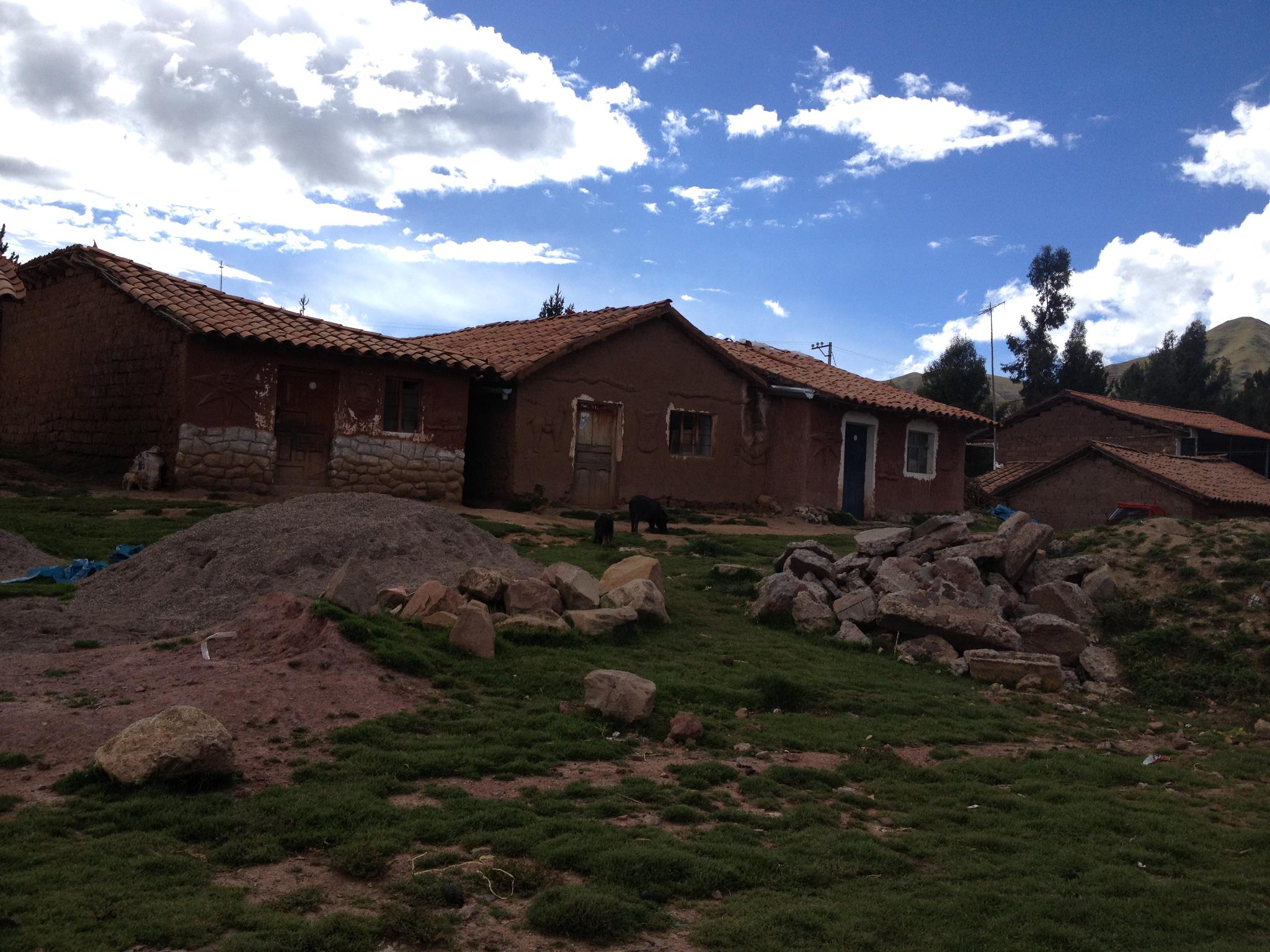
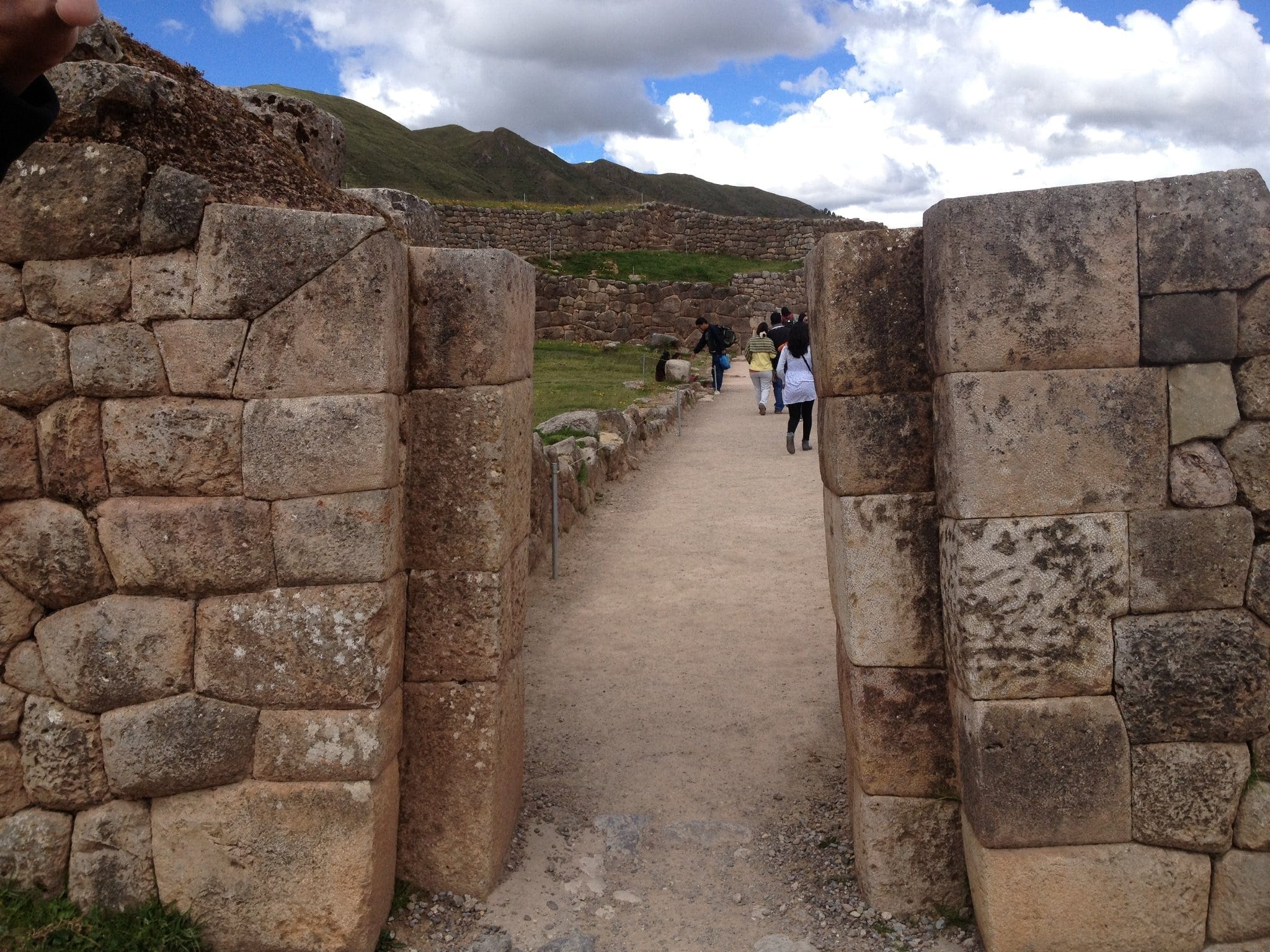
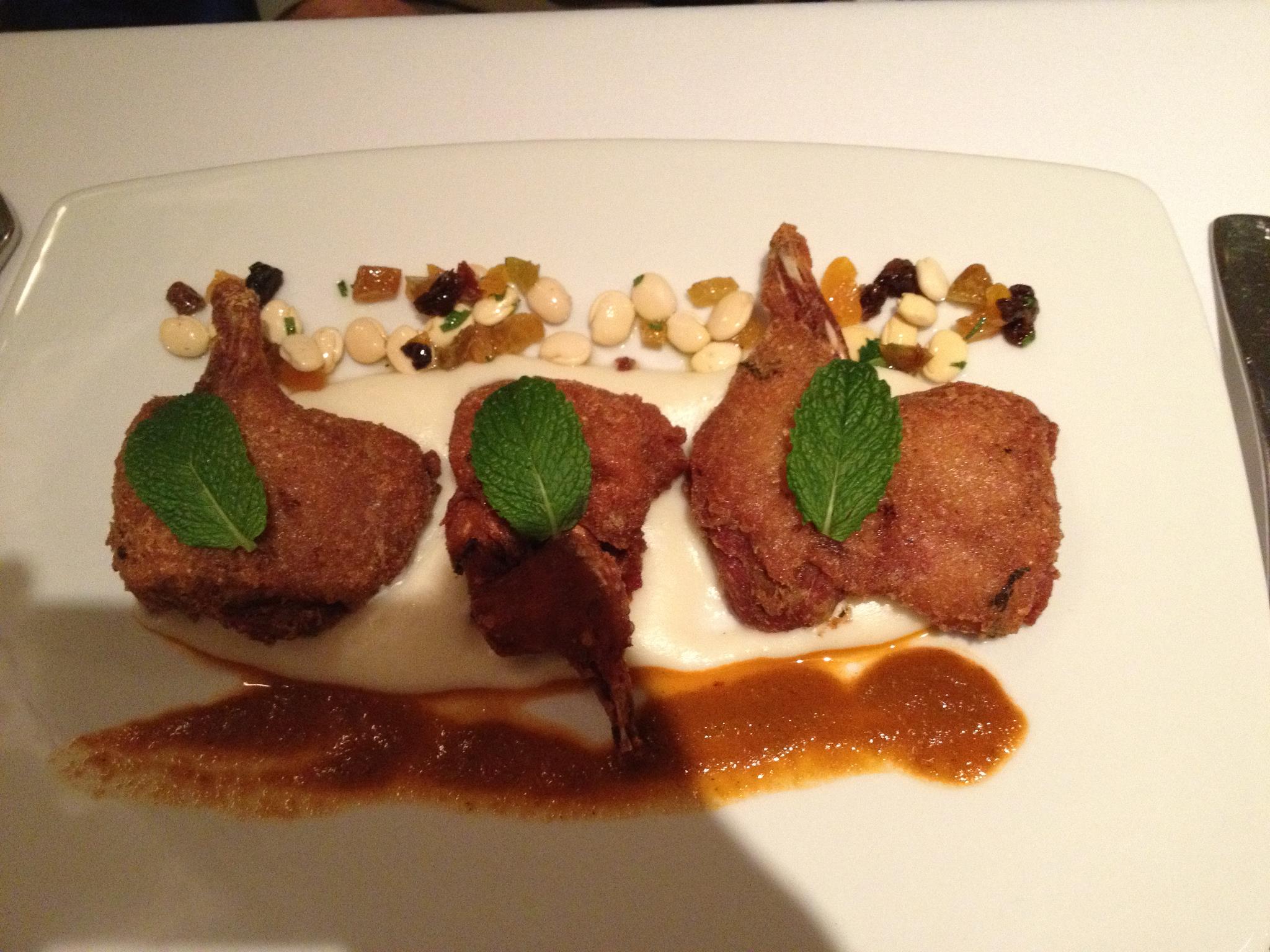
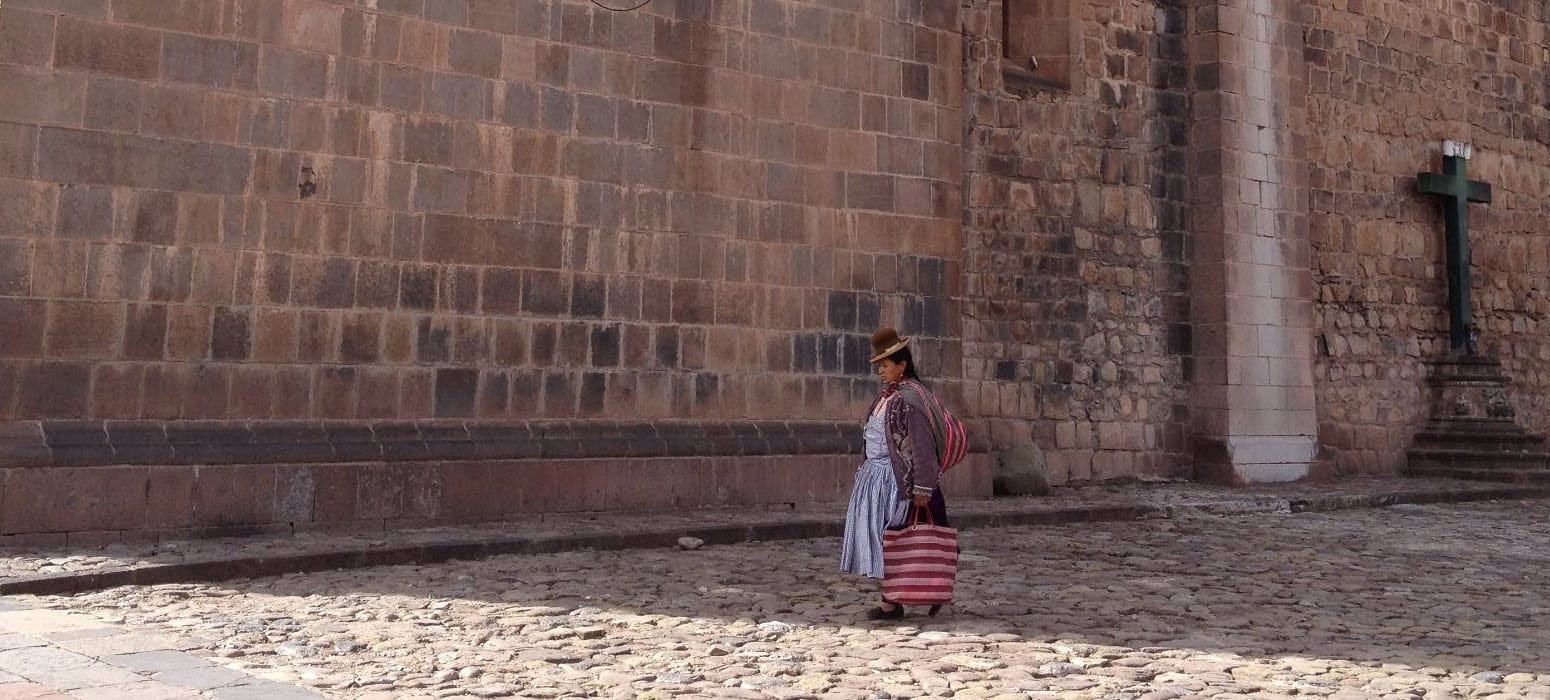


















 Check out day four
Check out day four